
- Facebook Instagram
- Now Week Month

Hailing from Spain, Marco Suarez is an enthusiastic globetrotter driven…
Tunisia is located in North Africa , bordered by Algeria to the west and Libya to the southeast. It has a rich history that dates back to ancient times, with influences from various cultures such as Phoenicians , Romans , Arabs , and French. Today, Tunisia is a diverse and vibrant country known for its beautiful Mediterranean coastline, desert landscapes, rich culture, and delicious cuisine.


In This Article
- Provinces And Cities Of Tunisia
What Is The Capital City Of Tunisia?
- What Is The Population Of Tunisia?
Geography Of Tunisia
Popular landmarks in tunisia, landscape and biodiversity of tunisia, foods and drinks of tunisia, social and cultural customs of tunisia, famous people from tunisia, festivals and celebrations, family-friendly country, solo female traveler-friendly country, lgbt-friendly country, visa requirements, what is the best time to visit tunisia, what is the climate like in tunisia, what is the currency used in tunisia, payment options accepted, opening hours of establishments, a good place for shopping, health and safety in tunisia, don’ts:, brief history of tunisia .
Tunisia has a long and complex history shaped by various conquerors and empires. Berber tribes once inhabited the region now Tunisia and later became a part of the Carthaginian Empire . It was later conquered by the Roman Empire and served as an important agricultural and commercial center.
In the 7th century, Arab invaders brought Islam to the region and established a new Arab-Muslim culture. Tunisia later became part of the Ottoman Empire and a French protectorate in the late 19th century. Tunisia gained independence from France in 1956, and the country has undergone significant political and social changes in the years since.
Provinces And Cities Of Tunisia
Tunisia is divided into 24 governorates, further divided into municipalities and delegations. The capital and largest city is Tunis, located on the country’s northeastern coast. Other major cities include Sfax, Sousse, Gabes, and Hammamet.

Tunisia’s capital city is Tunis, located in the north of the country, on the Mediterranean coast. Tunis is the largest city in Tunisia, with a population of around 1.2 million. The city mixes old and new with a fascinating blend of traditional Arabic architecture and modern high-rise buildings. Tunis is home to many historical and cultural attractions, including the Bardo Museum , the Medina (old town), and the Zitouna Mosque , one of Africa’s oldest mosques.
What Is The Population Of Tunisia?
As of 2021, the estimated population of Tunisia is around 11.8 million people. Most of the population is Arab-Berber, and the official language is Arabic. However, French is also widely spoken, especially in urban areas and among educated folks.
Tunisia has a diverse geography, including a fertile coastal plain in the north, several mountain ranges in the central region, and the vast Sahara desert in the south. The coastal plain is the most populated area of the country. It is known for its beautiful beaches, rich history, and vibrant culture. The central region is an important agricultural area. In contrast, the southern part is rich in mineral resources such as phosphates , oil, and natural gas.
The country’s geography plays a significant role in its economy and culture. The coastal region is an important hub for tourism, while the central part is essential for agriculture. In addition, the southern region’s mineral resources significantly contribute to the country’s economy. Tunisia’s geography has also impacted its culture, with influences from the Mediterranean and the Sahara evident in music, art, and cuisine. Overall, Tunisia’s diverse geography significantly contributes to its identity and has played a vital role in shaping its history and future.

The Most Popular Destinations In Tunisia
Tunisia is a popular tourist destination with many fascinating places to visit. Here are some of the most popular destinations in Tunisia:
- Tunis: The capital city of Tunisia is a must-visit destination for anyone interested in history, culture, and architecture. It is home to several fascinating museums, including the Bardo Museum, which houses an impressive collection of Roman mosaics.
- Sidi Bou Said: This charming coastal village is known for its picturesque blue and white buildings and stunning views of the Mediterranean Sea. It is also home to several art galleries and craft shops.
- Carthage: This ancient city was once one of the most powerful in the Mediterranean region and is now a UNESCO World Heritage site. Visitors can explore the ruins of ancient Carthage, including the impressive amphitheater and Punic port.
- Djerba: This island is a popular beach destination with stunning white sand beaches and crystal-clear waters. It is also home to several important historical sites, including the El Ghriba Synagogue .
- Hammamet: This seaside resort town is known for its beautiful beaches, clear blue waters, and relaxed atmosphere. It is also home to several important historical sites, including the Medina of Hammamet, a well-preserved old town with narrow streets and traditional buildings.
- Tozeur: This oasis town is in the heart of the Sahara desert and is known for its unique architecture and stunning landscapes. Visitors can take a camel ride into the desert or explore the nearby mountain oases.
These are just a few of the many fascinating destinations to visit in Tunisia. Whether interested in history, culture, or natural beauty, Tunisia has something to offer everyone, including the charming town of Hammamet.
Tunisia is home to many ancient historical landmarks that have attracted visitors worldwide. Here are some of the most famous landmarks to visit in Tunisia:
- The Amphitheatre of El Jem : This impressive amphitheatre is one of Africa’s most extensive Roman ruins and is a UNESCO World Heritage site. It was built in the 3rd century AD and could seat up to 35,000 spectators.
- The Bardo Museum: Located in the capital city of Tunis, the Bardo Museum is home to an extensive collection of Roman mosaics and artifacts from Tunisia’s Islamic period.
- Carthage: This ancient city was once one of the most powerful in the Mediterranean region and is now a UNESCO World Heritage site. Visitors can explore the ruins of ancient Carthage, including the impressive amphitheatre and Punic port.
- The Medina of Tunis: This UNESCO World Heritage site is a well-preserved old town with narrow streets and traditional buildings. Visitors can explore the area’s many shops, cafes, and mosques.
- The Great Mosque of Kairouan: This mosque is considered one of Tunisia’s most influential Islamic landmarks and is a UNESCO World Heritage site. It was built in the 7th century and has since undergone several renovations and additions.
These are just a few historical landmarks to visit in Tunisia. Whether you’re interested in ancient Roman ruins or Islamic architecture, Tunisia has many fascinating sites to explore.

Tunisia’s landscape is diverse and unique, ranging from sandy deserts to lush green oases and from rugged mountains to picturesque coastal areas.
Tunisia’s biodiversity is also rich and varied. The country is home to many plant and animal species, some of which are found nowhere else. In addition, Tunisia’s coastal regions are home to various marine species, including dolphins, turtles, and several fish species.
The country’s desert regions are inhabited by various wildlife, including the dromedary camel, desert fox, and sand cat. Tunisia is also home to several species of birds, including eagles, storks, and the hoopoe, which is the national bird of Tunisia.
Languages Spoken In Tunisia
Arabic is the official language of Tunisia, with Tunisian Arabic being the most widely spoken. French is also widely spoken, especially in urban areas, while English is spoken in the tourism industry. Berber languages, such as Tamazight and Tachelhit , are also spoken regionally.
Tunisian cuisine is known for its unique blend of flavors and influences from the Mediterranean and North African cultures. Here are some of the most popular foods and drinks to try in Tunisia:
- Couscous: This is a staple dish in Tunisia, made from steamed semolina grains mixed with vegetables, meat, or fish.
- Brik: This is a popular street food in Tunisia, consisting of a deep-fried pastry filled with egg, tuna, or meat.
- Mechouia: This salad is made from roasted peppers, tomatoes, and onions, flavored with garlic, olive oil, and spices.
- Shakshuka: This is a spicy tomato-based dish, usually served with eggs, peppers, and onions.
- Harissa: This is a spicy chili paste used as a condiment in many Tunisian dishes.
- Mint tea: This is a popular drink in Tunisia, made by steeping fresh mint leaves in hot water and sweetened with sugar.
- Boukha: This is a robust and colorless brandy made from figs, often serving as an aperitif.
- M’hamsa: This is a traditional Tunisian dish made from semolina pasta, chickpeas, and vegetables, often flavored with cumin and coriander.

Tunisia has a rich cultural heritage and traditions shaped by its history and religion. Here are some social and cultural customs that are important to know when visiting Tunisia:
- Religion: Islam is the predominant religion in Tunisia, and respecting Islamic customs and practices is vital. This includes dressing modestly and removing shoes when entering mosques.
- Greetings: Tunisians usually greet each other with a handshake and the Arabic phrase “Salam alaykum” (peace be upon you). It is customary to use formal titles when addressing people, such as “Monsieur” or “Madame.”
- Hospitality: Tunisians are known for their warm hospitality, and being invited into someone’s home for tea or a meal is common. It is polite to bring a small gift, such as sweets or flowers, to show appreciation for the hospitality.
- Family: Family is highly valued in Tunisian culture, and it is common for extended families to live together. Elders are respected and play an important role in decision-making.
- Dress: Tunisian dress is conservative, particularly for women. Dressing modestly and covering the shoulders and knees is recommended, especially when visiting mosques or religious sites.
- Food: Food is an essential part of Tunisian culture, and sharing meals with family and friends is common. It is considered polite to accept second helpings and try various dishes.
- Public behavior: Public displays of affection are uncommon in Tunisia, and it is important to respect local customs and traditions.
Visitors can have a more enjoyable and meaningful experience in this beautiful country by understanding and respecting Tunisian social and cultural customs.
Tunisia’s rich history and culture have produced many influential people in various fields. Here are some famous people from Tunisia:
- Ibn Khaldun : A renowned Arab historian, philosopher, and scholar, Ibn Khaldun was born in Tunis in 1332 and is considered one of the most influential figures in developing social science and historiography.
- Habib Bourguiba : Known as the “father of Tunisian independence,” Bourguiba was the first president of independent Tunisia, serving from 1957 to 1987.
- Hatem Ben Arfa : A professional footballer who plays for the French team Bordeaux, Ben Arfa was born in France to Tunisian parents and has represented the Tunisian national team.
- Nadia Boulanger : A renowned composer, conductor, and teacher, Boulanger was born in Paris to a Tunisian father and was the first woman to conduct many major symphony orchestras worldwide.
- Hédi Annabi : A Tunisian diplomat and a senior official at the United Nations, Annabi served as the head of the UN mission in Haiti until he died in the 2010 earthquake.
These are just a few examples of the many influential and talented people from Tunisia contributing to the country’s rich cultural heritage and global impact.
Tunisia is a country with a rich cultural heritage, and there are many festivals and celebrations throughout the year that reflect its history and traditions. Here are some of the most important festivals and celebrations in Tunisia:
- Eid al-Fitr : This is a major Islamic festival that marks the end of Ramadan, the fasting month. It is celebrated with feasting, prayer, and the exchange of gifts.
- Independence Day : Celebrated on March 20, Independence Day commemorates Tunisia’s independence from France in 1956. It is a national holiday marked by parades, speeches, and cultural events.
- Carthage International Festival : This is a major cultural event held every summer in the ancient city of Carthage, featuring music, dance, theater, and other performing arts from Tunisia and worldwide.
- Sfax International Festival of Photography : This annual festival in the city of Sfax celebrates the art of photography and features exhibitions, workshops, and other events.
- Tabarka Jazz Festival : Held in the coastal town of Tabarka every summer, this festival brings together jazz musicians from Tunisia and around the world for a week of performances and workshops.
- Mawlid al-Nabi : This festival celebrates the birth of the Prophet Muhammad and is marked with prayer, feasting, and the exchange of gifts.
These are just a few examples of the many festivals and celebrations that occur throughout the year in Tunisia, reflecting the country’s rich cultural heritage and traditions.

Is It Safe To Travel To Tunisia?
Tunisia is generally considered a safe country for tourists to visit. Still, as with any travel destination, it is important to take the necessary precautions to ensure a safe and enjoyable trip. The government of Tunisia has taken measures to increase security in recent years, particularly in tourist areas, but travelers should still exercise caution.
Tunisia is generally family-friendly and can be an excellent destination for families with children. Tunisian culture places a high value on family, and locals often welcome children warmly. In addition, there are many activities and attractions in Tunisia that are suitable for families, such as:
- Beaches: Tunisia has many beautiful beaches perfect for families to relax and enjoy the sun and sea. Many beaches also offer activities like snorkeling, kayaking, and paddleboarding.
- Water parks: Several water parks in Tunisia, including Aqua Palace in Hammamet, offer a range of water slides and other attractions suitable for children.
- Zoo and animal parks: Tunisia has several zoos, including the Belvedere Zoo in Tunis, that are great for families to see and learn about animals worldwide.
- Adventure parks: Several adventure parks in Tunisia offer activities like zip lining, high ropes courses, and climbing walls.
- Cultural sites: Tunisia has a rich history and many cultural sites that can be educational and interesting for children, such as the Bardo Museum in Tunis or the ancient ruins of Carthage.
Overall, Tunisia is a welcoming and family-friendly country with many activities and attractions that travelers of all ages can enjoy.
Tunisia can be a safe and enjoyable destination for solo female travelers. Still, as with any travel destination, it is important to take necessary precautions to ensure your safety. Some tips for solo female travelers in Tunisia include:
- Dress modestly: Tunisia is a Muslim country, and dressing modestly is essential to show respect for the local culture. Women should dress conservatively, covering their shoulders and knees, and avoid revealing clothing.
- Avoid walking alone at night: While Tunisia is generally considered safe, it is still a good idea to avoid walking alone in unfamiliar areas.
- Use licensed taxis or public transportation : It is generally safe to use them in Tunisia. However, solo female travelers should be cautious and avoid getting into a car alone with a stranger.
- Stay in reputable accommodations: Choose reputable accommodations with good reviews and consider staying in a hotel or guesthouse with 24-hour security.
- Be aware of your surroundings: Stay mindful and avoid any unsafe areas. Trust your instincts, and don’t be afraid to seek help if you feel uncomfortable or threatened.
By taking necessary precautions and being aware of cultural differences, solo female travelers can have a safe and enjoyable trip to Tunisia.
Tunisia is generally not considered a very LGBT-friendly country, and homosexuality is technically illegal under Tunisian law. While no laws specifically criminalize homosexuality, same-sex sexual activity is punishable by up to three years in prison. Additionally, Tunisia has no legal recognition of same-sex marriage or civil partnerships.
Open displays of affection between same-sex couples can lead to harassment or discrimination. Therefore, it is generally not recommended for LGBT travelers to express their sexuality while in Tunisia openly. LGBT travelers must be discreet and take necessary precautions to ensure safety.
However, despite legal and cultural barriers, an LGBT community in Tunisia mainly exists underground. In recent years, there have been some positive developments, such as establishing a few LGBT organizations and airing a documentary on LGBT issues on national television.
Overall, while Tunisia is not very LGBT-friendly, LGBT travelers can still visit and have an enjoyable trip by being discreet and taking necessary precautions to ensure their safety.

How To Get To Tunisia?
Tunisia is well-connected to many international destinations by air, land, and sea, making it relatively easy. The country has several international airports, the main ones being Tunis-Carthage International Airport and Monastir Habib Bourguiba International Airport . In addition, many major airlines, including Air France, Lufthansa, British Airways, and Emirates, offer direct flights to Tunisia from various cities worldwide.
If you’re traveling to Tunisia by land, there are several border crossings from neighboring countries such as Algeria and Libya. However, checking the current situation and travel restrictions before crossing any border is important.
Tunisia is also accessible by sea, with several ferries connecting it to Europe. The main ports in Tunisia are La Goulette , Sousse, and Bizerte.
Once in Tunisia, there are several options for getting around the country, including taxis, buses, trains, and car rentals. Taxis are popular for shorter distances, while trains and buses are ideal for longer journeys. Car rentals are also available for those who prefer to explore the country at their own pace.
Tunisia has different visa requirements for travelers depending on their nationality. Citizens of the European Union, the United States, Canada, Australia, and others are exempt from visa requirements. They can enter Tunisia with a valid passport for up to 90 days. However, it’s important to note that the passport must be valid for at least six months beyond the entry date. On the other hand, citizens of some countries, including China, India, and Russia, must obtain a visa before arrival, which may take several weeks.
For many people, the best time to visit Tunisia is during the spring and fall seasons, from March to May and from September to November. These months offer mild and pleasant weather, with temperatures averaging around 20-25°C (68-77°F) and lower humidity levels.
Summers in Tunisia, from June to August, can be very hot and humid, making outdoor activities uncomfortable. Winter, from December to February, can be cool and rainy but may be suitable for those who enjoy cooler temperatures and want to avoid the crowds and higher prices of the peak tourist season. Ultimately, the best time to visit Tunisia depends on your preferences and travel plans, with spring and fall being the most popular tourist seasons.
The climate in Tunisia is generally Mediterranean, with hot, dry summers and mild, rainy winters. The country has a semi-arid to arid climate in many areas, with low rainfall and high temperatures throughout the year.
In the summer months, from June to September, temperatures can reach up to 40°C (104°F) in some parts of the country, especially in the south. However, the high temperatures are accompanied by low humidity, which can make the heat more bearable. The coastal areas, including Tunis, Hammamet, and Sousse, are slightly cooler, with temperatures averaging around 30°C (86°F) during the summer.
In the winter months, from December to February, temperatures can drop to as low as 5 °C (41°F) in the northern parts of the country, including Tunis. The coastal areas are generally milder, with temperatures averaging around 10-15°C (50-59°F). Rainfall is more common during winter, especially in the northern and western parts of the country.

How Is Public Transportation In Tunisia?
Tunisia’s public transportation is generally affordable, with various options, including trains, buses, and taxis.
The national railway company, SNCFT , operates trains that connect major cities and towns throughout the country. The trains are relatively comfortable and affordable, with air-conditioning and seating options ranging from standard to first-class. Buses are also a popular mode of transportation in Tunisia, with several private companies operating routes throughout the country.
Taxis are another option for transportation in Tunisia, with shared and private taxis available in most cities and towns. Shared taxis are usually more affordable than private taxis. Still, they may need to be faster and more comfortable due to frequent stops and multiple passengers. On the other hand, private taxis are more expensive. Still, they offer more comfort and convenience, especially for long-distance travel.

Exploring the Best of Montenegro: The 10 Must-See Places
The currency used in Tunisia is the Tunisian Dinar (TND). It is the country’s official currency and is abbreviated as DT or TD. The dinar is divided into 1,000 miles or millimes, with coins and banknotes available in various denominations.
Foreign currency can be exchanged at banks, exchange offices, and some hotels nationwide. ATMs are also widely available, especially in major cities and tourist areas.
It is important to note that taking dinars out of Tunisia is illegal, so any unused currency should be exchanged back for your home currency before leaving the country. Additionally, exchanging money at official exchange offices or banks is recommended to avoid counterfeit currency scams.
In Tunisia, cash is the most commonly used form of payment, especially in smaller shops, markets, and restaurants.
Credit and debit cards, such as Visa and Mastercard, are also accepted at hotels, larger shops, and restaurants, especially in tourist areas. However, having some cash on hand is always a good idea, especially in rural areas where card payment facilities may be limited.
Mobile payment systems are also becoming increasingly popular in Tunisia, with mobile phone services such as MobiCash and MyPay available for transactions.

In Tunisia, the standard opening hours of establishments vary depending on the type of establishment and the location. Generally, shops and markets are open from 8 or 9 am until 7 or 8 pm, Monday through Saturday, and closed on Sundays. However, in tourist areas, many shops may stay open later, and some may be open on Sundays.
- Banks are usually open from 8 or 9 am until 12 or 1 pm and then again from 2 or 3 pm until 5 pm, Monday through Friday. Some banks may also be open on Saturday mornings.
- Restaurants and cafes typically open for lunch from 12 pm to 2 pm and then reopen for dinner from 7 pm to 10 pm. However, many restaurants may be open for longer hours in tourist areas, and some may be open throughout the day.
- Museums and historical sites usually have set opening hours, with many closed on Mondays. However, it is always a good idea to check the opening hours of specific establishments in advance, especially during holidays or off-season periods when hours may differ.
Tunisia is an excellent place for shopping, offering a wide range of shopping options for locals and visitors. Tunis, the capital city, is known for its traditional markets or “souks,” where you can find a variety of handmade goods, such as carpets, pottery, leather goods, and textiles.
Tunis also has modern shopping centers which offer a range of international brands. Other cities in Tunisia, such as Sousse and Hammamet, also have traditional markets and modern shopping centers.
Tunisia is also known for its high-quality olive oil, dates, and other local products, which make great souvenirs or gifts to return home. Tunisian ceramics, carpets, and embroidery are also popular among visitors.
It’s noteworthy that bargaining is expected in Tunisian markets, so be prepared to negotiate the price. However, fixed prices are the norm in modern shopping centers and department stores.
Overall, Tunisia offers a unique and diverse shopping experience worth exploring during your visit.
Tunisia is generally a safe tourist country with a low violent crime rate. However, like any destination, it is vital to take basic precautions to ensure your safety. Here are some health and safety tips to keep in mind while traveling to Tunisia:
- Be aware of your surroundings, especially in crowded areas, and keep an eye on your valuables at all times.
- Avoid walking alone at night, especially in poorly lit areas.
- It’s also a good idea to use licensed taxis, especially at night, and to avoid using unofficial taxis or accepting rides from strangers.
- Carry a photocopy of your passport and keep the original safe.
- Drink only bottled water and avoid tap water, ice cubes, and raw or undercooked food to avoid getting sick.
- Protect yourself from the sun by wearing sunscreen and drinking plenty of water, especially during the hot summer.
- If you plan to travel to the southern or western parts of Tunisia, closer to the border with Libya, be aware that there is a higher risk of terrorist activity and other security threats.
- Keep updated with the latest travel advisories from your embassy or government.
Overall, Tunisia is a relatively safe destination for travelers. Still, taking necessary precautions and being aware of your surroundings is vital to ensure a safe and enjoyable trip.

Interesting Facts And Trivia
Here are some interesting facts and trivia about Tunisia:
- Tunisia is the northernmost country in Africa and is home to the southernmost point of the Mediterranean Sea.
- The ancient city of Carthage, located just outside modern-day Tunis, was once a powerful city-state and rival to the Roman Empire.
- Tunisia is known for producing olive oil, which is considered some of the best in the world.
- Tunisia is one of the world’s top date producers, a popular snack and ingredient in many Tunisian dishes.
- The Star Wars films have been partially filmed in Tunisia, with several iconic locations, such as the desert planet of Tatooine, being filmed on location in the country.
- The Tunisian flag is red with a white circle in the center, which represents the sun and is also a symbol of Islam.
- Tunisia was the birthplace of the Arab Spring, a wave of protests and demonstrations that began in 2010 and led to political change and upheaval across the Middle East and North Africa.
Dos And Don’t In Tunisia
Here are some dos and don’ts to keep in mind when visiting Tunisia:
- Dress modestly, especially when visiting religious sites or in rural areas.
- Greet people with “salam alaikum” (peace be upon you) as a sign of respect.
- Haggle, when shopping in markets or souks, as expected, can be a fun way to interact with locals.
- Try the local cuisine, including the national couscous dish and spicy harissa sauce.
- Visit the ancient city of Carthage and the Bardo Museum to learn about Tunisia’s rich history and culture.
- Be respectful of local customs and traditions, including the practice of Islam.
- Drink tap water, as it is not safe to consume. Stick to bottled water instead.
- Show public displays of affection, as it is considered inappropriate.
- Take photos of people without their permission, especially women and children.
- Wear revealing or provocative clothing in public, especially for women.
- Travel alone at night, especially for women. It is best to travel with a group or take a taxi instead.
- Use your left hand to eat or shake hands, which is considered impolite.
Tunisia is a beautiful and culturally rich country that offers a variety of experiences for travelers. From stunning beaches to historical landmarks, there is something for everyone to enjoy. The best time to visit is spring and fall when the weather is mild and comfortable.
While Tunisia is generally a safe country to travel to, it is important to be aware of potential safety risks and to take precautions to ensure your safety. It is also essential to respect local customs and traditions, including dressing modestly and being mindful of public displays of affection.
Public transportation in Tunisia is affordable and readily available, making it easy to explore the country. However, it is important to note that many establishments, including shops and restaurants, may have limited opening hours.
Overall, Tunisia is an excellent destination for those interested in history, culture, and outdoor activities. With its friendly people, delicious food, and beautiful landscapes, it will surely be a memorable trip for any traveler.
Spain: History, Culture, Traditions, Tourism, Food & Drinks
What's Your Reaction?

Hailing from Spain, Marco Suarez is an enthusiastic globetrotter driven by a thirst for adventure and remarkable encounters. With a fervor for wildlife and nature, Marco seeks out destinations with hot and arid climates. His journeys are an ode to unique experiences, inspiring readers to embrace the world's untamed wonders.

15 Of the Finest and Best Horse Racing Destinations

5 of The Best Hotels in Bahrain

Ischia – Unveiling The Treasures Of Italy’s Forgotten Gem

Mauritius: Discovering the Secrets of the Indian Ocean Gem

Explore The Secrets And Rich History Of Petra In Jordan

Your Ultimate Guide To Discover The Best Of Dubai

10 Beautiful Things To Discover In Kuwait
- Contributors
© 2019 The Voyage Magazine. All Rights Reserved.
Winter is here! Check out the winter wonderlands at these 5 amazing winter destinations in Montana
- Travel Destinations
- Africa & Middle East
Tunisian Culture: What You Should Know
Published: September 6, 2023
Modified: January 3, 2024
by Anderea Joiner
- Arts & Culture
- Plan Your Trip
- Travel Tips
Introduction
Tunisia is a country located on the northern coast of Africa, known for its rich history, diverse culture, and stunning landscapes. Nestled between the Mediterranean Sea and the Sahara Desert, Tunisia has been influenced by various civilizations throughout the centuries, resulting in a unique and fascinating blend of traditions, customs, and beliefs. Whether you’re exploring the bustling streets of Tunis, relaxing on the pristine beaches of Hammamet, or wandering through the ancient ruins of Carthage, you’ll find that Tunisia offers a captivating experience for travelers.
With a population that is predominantly Muslim, religion plays a significant role in Tunisian culture. However, Tunisia is also a country that embraces diversity and intercultural dialogue, making it a welcoming and inclusive destination for visitors from around the world. From its beautiful architecture to its vibrant music and dance traditions, Tunisia offers a colorful tapestry of cultural experiences to discover.
This article will delve into the various aspects of Tunisian culture, providing insights into its geography, history, religion, language, arts, cuisine, and much more. Whether you’re planning a trip to Tunisia or simply interested in learning about this fascinating country, this article will serve as a comprehensive guide to understanding the rich tapestry of Tunisian culture.
Geography and History
Tunisia’s geographical location has played a significant role in shaping its history and culture. Situated on the Mediterranean coast of North Africa, Tunisia shares borders with Algeria to the west and Libya to the southeast. The country’s diverse landscape includes coastal plains, fertile valleys, the Atlas Mountains, and the vast Sahara Desert to the south.
Tunisia’s history dates back thousands of years, with evidence of human habitation dating back to the Stone Age. It has been inhabited by various civilizations, including Phoenicians, Romans, Vandals, Byzantines, Arabs, Ottomans, and French colonialists. Each civilization has left its mark on the country, contributing to its diverse cultural heritage.
One of the most significant periods in Tunisia’s history was the Carthaginian era. Carthage, located near present-day Tunis, was a powerful city-state and a major center of trade and cultural exchange in the Mediterranean region. However, it was eventually conquered by the Romans, who transformed Carthage into a prosperous Roman province.
In the 7th century, Tunisia became part of the Arab-Muslim conquests and saw the rise of Islamic civilization. The region flourished under ruling dynasties such as the Aghlabids, Fatimids, and Zirids. The city of Kairouan, with its impressive Great Mosque, became an important center of religious and intellectual activity in the Islamic world.
In the 16th century, Tunisia came under Ottoman rule, which lasted for approximately three centuries. The Ottomans left a lasting legacy in the country, including stunning architectural masterpieces such as the Medina of Tunis and the El Mouradi Palace.
Tunisia gained its independence from France in 1956, becoming a republic and establishing itself as a sovereign nation. The country has since developed into a modern, progressive society while still preserving its rich historical and cultural heritage.
Understanding Tunisia’s geography and history is essential to fully appreciate its unique culture. The fusion of different civilizations, the influence of Mediterranean and Arab cultures, and the resilience of the Tunisian people have shaped the country into what it is today.
Religion and Beliefs
Tunisia is predominantly a Muslim country, with Islam being the official state religion. The majority of the population identifies as Sunni Muslims, adhering to the Maliki school of Islamic jurisprudence. Religion plays a central role in the lives of Tunisians, influencing their customs, rituals, and daily practices.
Islamic traditions and beliefs are deeply ingrained in Tunisian culture. Mosques are places of spiritual significance and communal worship, and the call to prayer can be heard echoing through the streets five times a day. Friday is considered a sacred day, and Muslims gather at the mosque for the congregational prayer and to listen to the sermon delivered by the imam.
Despite being an overwhelmingly Muslim country, Tunisia is known for its historical and cultural diversity. Prior to the advent of Islam, Tunisia was home to various ancient civilizations that worshiped different deities. As a result, remnants of pre-Islamic beliefs and practices can still be found, incorporating elements of Roman, Berber, and Punic religions.
Tunisia’s religious landscape also includes small communities of Christians and Jews. The Christian community mainly consists of Roman Catholics, while the Jewish community traces its roots back to ancient times and has significantly diminished in size over the years. These minority communities have made valuable contributions to the cultural and religious diversity of Tunisia.
Tolerance and coexistence are fundamental values in Tunisian society. The country has a tradition of religious pluralism, with the government actively promoting interfaith dialogue and understanding. This inclusive approach has fostered a harmonious environment where different religious communities can practice their faith freely and peacefully.
It’s important to respect Tunisian customs and religious practices when visiting the country. Dress modestly, especially when visiting religious sites, and be mindful of cultural sensitivities. During the holy month of Ramadan, Muslims fast from dawn to dusk, and it is customary to refrain from eating, drinking, and smoking in public during daylight hours. Visitors should be considerate of these customs and avoid public displays of eating or drinking during this time.
Religion is a cornerstone of Tunisian culture, and understanding its significance can provide a deeper appreciation for the customs, traditions, and way of life in this diverse and vibrant country.
Language and Communication
The official language of Tunisia is Arabic, specifically the Tunisian dialect, which is spoken by the majority of the population. Arabic is not only the language of everyday communication but also the language of education, government, and business.
However, Tunisians are generally multilingual, and many also speak French due to the country’s colonial history. French is widely understood and used in government, commerce, and the tourism sector. It is also taught in schools as a second language. English is becoming increasingly popular, especially among the younger generation and those working in the tourism industry.
When visiting Tunisia, learning a few basic Arabic phrases can go a long way in facilitating communication and showing respect for the local culture. Tunisians appreciate when visitors make an effort to greet them with a simple “Marhaba” (hello) or say “Shukran” (thank you) for their hospitality.
In Tunisian culture, communication extends beyond words. Non-verbal communication, such as gestures and body language, also plays a significant role in everyday interactions. Handshakes are the customary form of greeting, and it is polite to greet elders and those in authority first. Eye contact is important when speaking, as it shows attentiveness and respect.
Tunisians are generally warm, friendly, and hospitable people, and they appreciate engaging in conversation and getting to know others. It is common for people to engage in small talk about family, work, and general topics of interest. Showing genuine interest in the person you are conversing with will be well received.
It is important to be aware of cultural norms and etiquette when communicating in Tunisia. Modesty in speech and avoiding topics that may be sensitive or controversial, such as politics and religion, is advised. Additionally, indirect communication is often preferred, and people may use subtle cues or expressions to convey their message or intentions.
Overall, Tunisia’s language and communication reflect the country’s rich heritage and diversity. By embracing the local language, customs, and non-verbal communication, visitors can forge deeper connections with the people of Tunisia and gain a deeper appreciation for their vibrant culture.
Art and Architecture
The art and architecture of Tunisia are a testament to the country’s rich history and cultural diversity. From ancient ruins to intricate mosques and vibrant street art, Tunisia is a vibrant canvas that showcases the creativity and craftsmanship of its people.
Tunisian architecture is characterized by a fusion of styles influenced by various civilizations that have occupied the region. One of the most iconic examples of Tunisian architecture is the Medina of Tunis, a UNESCO World Heritage Site. The Medina is a labyrinth of narrow streets and alleys, lined with beautiful, centuries-old buildings adorned with colorful tiles and intricate woodwork.
Mosques are not only places of worship but also architectural masterpieces. The Great Mosque of Kairouan, dating back to the 9th century, is one of the most revered religious sites in Tunisia. Its distinctive minaret is a symbol of Islamic architecture in North Africa.
Another architectural gem is the ancient city of Carthage. The ruins of this once-great civilization offer a glimpse into the past, with remnants of Roman baths, theaters, and villas. The Antonine Baths, with their well-preserved mosaics and columns, are a testament to the grandeur of the Roman Empire.
Tunisia is also home to a vibrant contemporary art scene. Art galleries can be found throughout the country, showcasing the works of local and international artists. The Bardo Museum in Tunis houses a vast collection of ancient and modern art, including stunning mosaics depicting scenes from daily life in ancient Tunisia.
Street art has also gained popularity in Tunisia, with vibrant murals adorning walls in cities like Tunis and Sidi Bou Said. Street artists use this medium to express their creativity, make political statements, and highlight social issues. The street art scene adds vibrancy and a modern touch to the urban landscape.
In addition to visual art, Tunisia has a rich musical heritage. The country is famous for its traditional music known as “Malouf,” a blend of Arab, Andalusian, and Berber influences. The haunting melodies of the oud (Arab lute), the rhythmic beats of the darbuka (drum), and the soul-stirring vocals tell stories of love, loss, and the joys of life.
Tunisian art and architecture are a reflection of the country’s diverse cultural heritage, blending ancient traditions with modern influences. Exploring the art and architectural wonders of Tunisia offers a deeper understanding of its history, culture, and artistic expression.
Music and Dance
Music and dance are deeply ingrained in Tunisian culture, playing a vital role in both traditional and contemporary expressions. From ancient melodies to modern beats, Tunisia boasts a diverse and vibrant music scene that reflects the country’s rich history and cultural heritage.
One of the most renowned forms of traditional Tunisian music is “Malouf.” Originating from Andalusian and Arab influences, Malouf is characterized by its melancholic melodies, poetic lyrics, and intricate instrumentations. Instruments such as the oud (a traditional lute), qanun (a plucked string instrument), and violin are commonly used in Malouf music. The haunting vocals and passionate rhythms evoke a range of emotions and transport listeners to another time.
Another popular music genre in Tunisia is “Mezoued,” which features a blend of traditional and modern elements. Mezoued is characterized by the use of the “zukra,” a traditional double-reed flute, along with percussive instruments like the bendir and darbuka. The energetic and rhythmic melodies of Mezoued often accompany joyous occasions and celebrations, getting everyone on their feet and dancing.
Speaking of dance, Tunisia has a rich tradition of folk dances that are performed on various occasions. One of the most famous dances is “Sbiba,” also known as the “Stambali” dance, which has African and Tunisian roots. It is a captivating dance performed primarily by men, set to the rhythmic beats of drums and accompanied by chants and clapping. The dance is not only a form of artistic expression but also has spiritual and healing qualities.
Modern Tunisian music has also made significant strides in recent years. Hip-hop, rap, and pop music have gained popularity among the younger generation, reflecting their contemporary experiences and addressing social and political issues. Tunisian artists have garnered international recognition, using their music to express their unique perspectives and connect with a global audience.
In addition to the traditional and modern music scene, Tunisia hosts various music festivals throughout the year. The International Festival of Carthage, the Jazz à Carthage Festival, and the El Jem International Symphonic Music Festival bring together local and international artists, attracting music enthusiasts from around the world.
Whether it’s the soul-stirring melodies of traditional music or the infectious beats of modern tunes, Tunisian music and dance are a vibrant celebration of life, culture, and expression. Through music and dance, the people of Tunisia continue to preserve their cultural heritage and showcase their artistic talents for all to enjoy.
Clothing and Fashion
Clothing and fashion in Tunisia reflect the country’s cultural identity, traditions, and climate. While Tunisia is a modern and progressive society, it retains a strong connection to its historical and Islamic roots, influencing the styles and choices of attire.
Traditional Tunisian clothing includes the “fustanella” for men and the “safsari” for women. The fustanella is a long, loose-fitting tunic worn over loose pants. It is often paired with a “chechia,” a red, fez-like hat. The safasari, on the other hand, is a wide, flowing dress that covers the body from the shoulders to the ankles. It is typically made of colorful fabrics, adorned with embroidery and decorative patterns.
While traditional attire is still observed on special occasions and cultural events, everyday clothing in Tunisia is mostly modern and Western influenced. Men typically wear shirts, trousers, and shoes, mirroring international styles. Women have more diverse options when it comes to clothing, including dresses, skirts, pants, and blouses. However, modesty is a key consideration in Tunisian fashion, with many women choosing to cover their shoulders and legs.
Islamic modesty is also reflected in the way some women choose to dress. The hijab (headscarf) and the niqab (face covering) are worn by some Muslim women as a personal choice, while others opt for more relaxed forms of modest attire. It is important to respect and be mindful of these choices when visiting Tunisia.
Tunisian fashion designers have also gained recognition both locally and internationally. They incorporate traditional elements into contemporary designs, creating unique pieces that showcase the fusion of cultural and modern influences. Tunisian craftsmanship is celebrated in the intricacy of fabrics, embroidery, and detailed stitching found in traditional and modern garments alike.
Tunisian fashion is not limited to clothing but also encompasses accessories such as jewelry, bags, and shoes. Tunisian handcrafted jewelry is renowned for its intricate designs and use of enamel, precious metals, and gemstones. Leather goods, including bags and shoes, are also popular, showcasing the craftsmanship and talent of local artisans.
When visiting Tunisia, it is advisable to dress modestly and respectfully, especially when visiting religious sites or rural areas. It is also important to consider the climate, as Tunisia experiences hot summers and mild winters. Lightweight, breathable fabrics are recommended during the summer months, while layers may be needed during cooler periods.
Clothing and fashion in Tunisia highlight the seamless blend of tradition and modernity. While embracing global influences, Tunisians maintain a strong sense of cultural identity, creating a unique fashion landscape that celebrates their rich heritage and individual expression.
Food and Cuisine
Tunisian cuisine is a harmonious blend of Mediterranean, Arab, Berber, and French influences, resulting in a rich and flavorful culinary experience. Known for its freshness, vibrant colors, and bold spices, Tunisian food is a true reflection of the country’s diverse cultural heritage.
One of the most iconic dishes in Tunisian cuisine is couscous. Made from tiny granules of semolina, couscous is often served with a variety of vegetables, aromatic herbs, and slow-cooked meats such as lamb or chicken. It is a filling and hearty dish that represents the essence of Tunisian comfort food.
Harissa, a spicy chili pepper paste, is a staple in Tunisian cuisine. It is used to add heat and flavor to many dishes, including stews, soups, and grilled meats. The combination of spices, including coriander, cumin, garlic, and caraway, creates a unique and tantalizing taste that is characteristic of Tunisian dishes.
Tunisia’s proximity to the Mediterranean Sea means that seafood features prominently in its culinary traditions. Grilled fish, such as red mullet or sea bass, is a popular choice among locals and visitors alike. Many coastal towns and cities also offer a wide variety of fresh seafood salads and mezze, which are small plates of appetizers.
Making use of the country’s abundant produce, Tunisian salads are a refreshing and colorful part of the cuisine. Tuna and olive salad, mechouia (charred pepper and tomato salad), and zaalouk (roasted eggplant salad) are just a few examples of the vibrant salads that accompany meals. Tunisian cuisine is also known for its use of olives and olive oil, which are integral to many dishes.
For those with a sweet tooth, Tunisian pastries and desserts are a delight. Traditional treats include “makroudh” (semolina and date-filled cookies), “bambalouni” (deep-fried dough balls), and “qalb el louz” (almond semolina cake). These indulgent sweets offer a taste of Tunisian hospitality and are often enjoyed with a cup of mint tea.
When dining in Tunisia, exploring the local street food scene is a must. From savory “brik” pastries filled with egg and tuna to “msimen” pancakes stuffed with vegetables or cheese, the street food stalls offer an array of flavors and textures that are both satisfying and affordable.
Tunisian cuisine is not just about the food itself; it is also a social experience. Tunisians take pride in their culinary traditions and often gather with family and friends to enjoy meals together. Sharing food is a symbol of hospitality and community, and visitors are welcomed warmly into this culinary culture.
Exploring the local markets, known as “souks,” is a sensory experience that immerses you in the culinary delights of Tunisia. From aromatic spices and fresh fruits to local cheeses and honey, the souks offer a glimpse into the vibrant flavors of Tunisian cuisine.
Tunisian food and cuisine are a celebration of flavors, spices, and cultural heritage. Trying the diverse array of dishes will leave you with a lasting impression and a deeper understanding of the country’s rich culinary traditions.
Festivals and Celebrations
Tunisia is a country that loves to celebrate, with a rich calendar of festivals and events that showcase its cultural diversity, traditions, and joie de vivre. From religious commemorations to lively music festivals, Tunisians find any reason to come together and revel in the spirit of celebration.
One of the most significant religious festivals in Tunisia is Eid al-Fitr, marking the end of Ramadan, the holy month of fasting. Families gather to celebrate with feasts, gift exchanges, and prayers at the mosque. The ambiance is filled with warmth and joy as Tunisians don their best clothes, visit relatives, and engage in acts of charity.
The Festival of Sidi Mansour is an annual religious pilgrimage and music festival held in the city of Tataouine. Musicians and performers from all over Tunisia gather to pay homage to Sidi Mansour, a revered holy figure. The festival is a colorful display of music, dance, and spiritual rituals that attract both locals and visitors.
The Carthage International Festival is a renowned cultural event that takes place in the ancient city of Carthage during the summer months. It showcases a diverse range of artistic performances, including music concerts, theater productions, ballet, and opera. The festival attracts internationally acclaimed artists as well as local talents.
Music enthusiasts will also enjoy the Jazz à Carthage Festival, an annual music extravaganza that brings together jazz musicians from around the world. The festival transforms various venues across the city into stages for captivating performances, fostering a vibrant and energetic atmosphere.
The International Festival of the Sahara is a unique celebration held in Douz, a city located on the edge of the Sahara Desert. This festival showcases the rich cultural heritage of the desert-dwelling communities known as the “Nomads of the South.” Visitors can witness traditional music, dance, camel racing, and even participate in desert camping.
Aside from religious and cultural festivals, Tunisia also celebrates traditional events such as the Olive Festival, which pays tribute to the country’s abundant olive trees. The festival features olive oil tastings, traditional cooking demonstrations, and cultural performances.
Weddings are also grand events in Tunisia, marked by elaborate celebrations that can last for several days. These joyful occasions bring families and communities together, with music, dance, and feasting as the central elements.
Participating in Tunisian festivals and celebrations offers a glimpse into the country’s rich cultural heritage, vibrant music and arts scenes, and tight-knit community bonds. It is an opportunity to immerse yourself in the joyous spirit of Tunisia and create lasting memories.
Social Etiquette and Customs
Tunisian society is known for its warm hospitality and friendliness. Understanding and respecting the social etiquette and customs of the country will help visitors navigate their interactions and ensure a positive and enjoyable experience.
When greeting someone in Tunisia, it is customary to exchange a handshake while maintaining eye contact. Tunisians use both hands when shaking hands with someone they hold in high regard or when greeting someone of the same gender.
Tunisians value personal space and often maintain a moderate distance when conversing. It is essential to be respectful and avoid invading someone’s personal space during interactions.
The use of polite language is greatly appreciated in Tunisia, with phrases like “Salam alaikum” (Peace be upon you) and “Marhaba” (Hello) being commonly used. Adding “Mr.” or “Madam” before a person’s name is also a sign of respect.
In Tunisian culture, it is customary to address elderly people or those in authoritative positions with respect. Using honorifics, such as “Sidi” for men and “Saida” for women, followed by their first name or surname, is considered polite.
Tunisians often engage in small talk before getting to the core of a conversation. Asking about a person’s family, health, or general well-being demonstrates genuine interest and fosters a positive rapport.
Tunisians also value punctuality, and it is considered respectful to arrive on time for social and business engagements. However, it is not uncommon for social gatherings to start a bit later than the set time, so flexibility and patience are appreciated.
When invited to someone’s home, it is customary to bring a small gift as a token of appreciation. Popular gifts include flowers, pastries, or traditional Tunisian souvenirs. It is polite to remove your shoes before entering the house, unless otherwise indicated by the host.
Tunisians have a strong sense of communal dining and appreciate shared meals. When dining with locals, it is common for dishes to be placed in the center of the table, and everyone helps themselves. It is polite to wait for the host or senior members of the group to begin eating before starting your meal.
Modesty and respect for local customs are important when it comes to dress. Revealing or provocative clothing is generally frowned upon, especially in more conservative areas or when visiting religious sites. It is advisable to dress modestly, covering shoulders and knees, to show respect for the local culture.
Overall, Tunisians are welcoming and accommodating. By observing the social etiquette and customs of the country, visitors will be able to forge genuine connections and enhance their overall experience in Tunisia.
Education and Learning
Education is highly valued in Tunisian society, and the country has made significant strides in providing accessible and quality education to its citizens. As a result, Tunisia has one of the highest literacy rates in Africa.
The education system in Tunisia follows a structured curriculum, with compulsory education for children between the ages of six and sixteen. Primary and secondary education is provided free of charge by the government, ensuring that all children have the opportunity to receive an education.
Tunisia has a strong focus on academic achievement, and students are expected to work hard and excel in their studies. The Baccalaureate examination, taken at the end of secondary education, is a crucial milestone for students as it determines their eligibility for higher education.
Higher education in Tunisia is highly regarded, with numerous universities and institutes offering a wide range of courses and degrees. The University of Tunis, the University of Sousse, and the University of Monastir are among the leading institutions in the country. Tunisian universities have partnerships with international institutions, allowing for exchange programs and research collaboration.
The Tunisian education system places significant emphasis on scientific and technical disciplines, with engineering, medicine, and information technology being popular fields of study. However, Tunisian universities also offer programs in humanities, social sciences, arts, and business.
Alongside formal education, Tunisia also values lifelong learning and skills development. Vocational training centers and institutes cater to those seeking practical skills and specialized training. These centers offer courses in various fields, such as tourism, cuisine, crafts, and automotive repair.
Education and learning in Tunisia go beyond the confines of schools and universities. The country has a rich intellectual and cultural heritage, with libraries, museums, and cultural institutions playing a vital role in educating and inspiring the population. The National Library of Tunisia and the Bardo Museum are prominent examples of institutions fostering knowledge and preservation of Tunisia’s history and culture.
With a commitment to promoting education and lifelong learning, Tunisia continually seeks to enhance the quality and accessibility of education. The government’s focus on education reforms and investment in human capital is a testament to the importance placed on nurturing a well-educated and skilled workforce.
Visitors to Tunisia can also benefit from the rich cultural and historical learning opportunities the country offers. Exploring ancient ruins, visiting museums, and engaging with the local community provides a deeper understanding of Tunisia’s rich heritage and its contributions to humanity.
Education and learning play vital roles in shaping Tunisian society, empowering individuals, and driving progress. The country’s commitment to education ensures that future generations are equipped with the knowledge and skills needed for a prosperous future.
Sports and Recreation
Sports and recreational activities play an important role in Tunisian society, providing outlets for physical fitness as well as fostering a sense of community and cultural identity. Tunisians have a passion for sports and participate in a wide range of activities, both traditional and modern.
Football (soccer) is the most popular sport in Tunisia, with a strong following and passionate fan base. The Tunisian national football team has achieved success on the international stage, earning recognition and respect. Local football clubs, such as Espérance Sportive de Tunis and Club Africain, evoke immense loyalty and pride among their supporters.
Basketball is also immensely popular, with Tunisia having a strong national team and a professional league. Matches attract large crowds, and the sport is widely played at both amateur and professional levels across the country.
Handball is another sport that enjoys widespread popularity in Tunisia. The Tunisian national handball team has achieved remarkable success, winning several African championships and making a notable impact on the global stage.
In addition to these team sports, tennis is also widely enjoyed in Tunisia. Tennis clubs and facilities can be found throughout the country, offering opportunities for both casual players and serious athletes to practice and compete.
Water sports are favored in coastal areas, where the Mediterranean Sea provides ideal conditions for activities such as swimming, sailing, windsurfing, and jet skiing. Tourist resorts along the coast offer rental and training services for visitors looking to explore the waters.
Traditional forms of recreation also hold significance in Tunisian culture. Horseback riding, for example, is a popular activity, particularly in rural areas where horse-drawn carriages, known as “caleches,” are a common sight.
Tunisia’s diverse landscape makes it an ideal destination for outdoor enthusiasts. The country boasts beautiful national parks, such as Jebel Zaghouan and Ichkeul National Park, which offer opportunities for hiking, birdwatching, and wildlife observation.
Recreational festivals and events are organized throughout the year, showcasing traditional sports and games. These include activities such as camel racing, falconry, shooting competitions, and tug-of-war. These events provide cultural connections to Tunisia’s heritage and are enjoyed by locals and visitors alike.
Tunisia has made significant investments in sports infrastructure, with the construction of stadiums, sports complexes, and training facilities. These facilities host local and international sporting events, further enhancing Tunisia’s reputation as a sporting nation.
With a rich sporting culture and a wide range of recreational opportunities, Tunisia offers something for everyone. Whether you’re a fan of team sports, water activities, outdoor adventures, or traditional games, Tunisia provides a vibrant and welcoming atmosphere for sports and recreation enthusiasts.
Traditional Crafts and Trades
Tunisia has a rich history of traditional crafts and trades, with skilled artisans preserving age-old techniques and creating beautiful handcrafted products. These traditional crafts not only showcase the country’s cultural heritage but also contribute to the local economy and promote sustainable practices.
One of the most renowned traditional crafts in Tunisia is pottery. The city of Nabeul, located on the northeastern coast, is famous for its vibrant ceramics and pottery. Skilled artisans use clay sourced from the region to create intricate and colorful designs, ranging from decorative plates and bowls to traditional Tunisian cooking pots known as “tagines.”
Carpet weaving is another traditional craft that has been passed down from generation to generation. The city of Kairouan is known for its exquisite carpets woven with intricate patterns and vibrant colors. Each carpet is a unique piece of art, reflecting the creativity and craftsmanship of the weaver.
Leatherwork is a highly esteemed craft in Tunisia, with artisans producing a wide range of leather goods. From bags and shoes to belts and accessories, traditional leather craftsmen use techniques that have been honed over centuries to create high-quality products.
Embroidery is a skill that is deeply ingrained in Tunisian culture. Elaborate embroidery can be found on traditional clothing, such as the safasari for women and the fustanella for men. Tunisian embroidery is characterized by its intricate patterns and vibrant colors, showcasing the artistic talents of Tunisian women.
Palm weaving is a traditional craft practiced primarily in rural areas, where palm trees are abundant. Tunisian artisans skillfully weave palm leaves into baskets, bags, mats, and other useful items. The natural and sustainable materials used in palm weaving make it an eco-friendly and culturally significant craft.
Pottery, leatherwork, embroidery, and palm weaving are just a few examples of the traditional crafts and trades in Tunisia. These crafts not only preserve cultural heritage but also provide income and livelihoods for local artisans, ensuring the continuation of these age-old traditions in a modern context.
For visitors to Tunisia, traditional crafts offer a unique opportunity to take home a piece of the country’s rich heritage. Local markets, known as “souks,” are treasure troves of handcrafted products, where visitors can find an array of traditional crafts and support local artisans.
Efforts are being made to promote and preserve traditional crafts in Tunisia. Artisan cooperatives, craft centers, and festivals provide platforms for artisans to showcase their work, share their skills, and pass down their knowledge to the next generation.
By appreciating and supporting traditional crafts and trades in Tunisia, visitors not only bring home beautiful and authentic souvenirs but also contribute to the preservation of these valuable cultural traditions.
Contemporary Tunisian Culture
Tunisian culture is a vibrant tapestry that seamlessly blends traditional customs with modern influences. In recent years, Tunisia has experienced a cultural renaissance, with a flourishing arts scene, a growing focus on women’s rights, and a push for social and political reforms.
One of the most notable aspects of contemporary Tunisian culture is the vibrant street art scene. Walls in cities like Tunis and Sidi Bou Said are adorned with colorful murals, expressing social and political messages as well as showcasing the creativity and talent of Tunisian artists. Street art has become a form of cultural expression, fostering a sense of pride and identity among Tunisians.
Tunisian cinema has also gained international recognition, with a new wave of talented filmmakers making waves in the industry. Films like “Hedi” and “Beauty and the Dogs” have received critical acclaim and shed light on social and political issues, while also reflecting the evolving cultural landscape of Tunisia.
Women’s rights and gender equality have become prominent topics of discussion and activism in Tunisia. The country has made significant strides in promoting women’s rights, abolishing discriminatory laws, and advancing gender equality in various sectors. Tunisian women have played key roles in politics, business, and arts, challenging societal norms and contributing to a more inclusive and progressive society.
Tunisia has also experienced a growing interest in preserving and promoting the Amazigh (Berber) culture and language. Efforts are underway to teach Amazigh in schools, revitalize traditional Amazigh music and arts, and celebrate the unique cultural heritage of the Amazigh communities in Tunisia.
Music continues to be a vibrant part of contemporary Tunisian culture. The rise of modern music genres such as hip-hop, rap, and pop has given a platform to Tunisian artists to express their creativity and address social issues. Tunisian musicians are gaining popularity in the international music scene, using their art to provoke thought and connect with global audiences.
Tunisian cuisine has also undergone a modern transformation, with a fusion of traditional flavors and contemporary culinary techniques. Chefs are reinventing classic Tunisian dishes, infusing them with international influences and presenting them in innovative ways. This gastronomic evolution is further elevating Tunisia’s profile as a culinary destination.
With the advent of technology and social media, Tunisians are finding new ways to connect and express themselves. Social media platforms have become powerful tools for activism, allowing Tunisians to raise their voices, highlight social injustices, and advocate for change.
Contemporary Tunisian culture is a dynamic and evolving entity, shaped by the interplay of tradition and innovation. It is a reflection of Tunisia’s rich history, its diverse society, and its deep-rooted aspirations for progress and social transformation.
Tunisia is a country that offers a rich tapestry of cultural experiences, blending ancient traditions with modern influences. From its diverse geography and storied history to its vibrant arts scene, delicious cuisine, and warm hospitality, Tunisia leaves a lasting impression on visitors.
Understanding Tunisian culture is key to fully appreciating all that this beautiful country has to offer. Whether it’s exploring the ancient ruins of Carthage, immersing oneself in the lively souks, or indulging in the flavors of traditional Tunisian cuisine, each experience provides a deeper glimpse into the unique customs and traditions of the Tunisian people.
Tunisia’s cultural heritage is not confined to the past; it continues to evolve and adapt to the present. The burgeoning arts scene, the fight for gender equality, the digital activism, and the revitalization of traditional crafts all contribute to the vibrant contemporary culture of Tunisia.
As a visitor, immersing oneself in Tunisian culture involves respecting local customs, engaging in meaningful interactions, and embracing the warmth and generosity of the people. Whether it’s attending a traditional festival, exploring the diverse landscapes, or engaging in a conversation with a local, Tunisia offers countless opportunities for cultural exchange and personal growth.
Through an appreciation of Tunisia’s geographical, historical, religious, artistic, and social intricacies, one gains a profound understanding of the essence of Tunisian culture. It is a culture that celebrates diversity, bridges past and present, and embraces progress while honoring traditions.
By delving into Tunisian culture, visitors not only enrich their own experiences but also contribute to the preservation and promotion of this unique heritage. Tunisia welcomes those who seek to explore, learn, and connect, offering a warm invitation to discover the treasures hidden within its rich cultural tapestry.

- Privacy Overview
- Strictly Necessary Cookies
This website uses cookies so that we can provide you with the best user experience possible. Cookie information is stored in your browser and performs functions such as recognising you when you return to our website and helping our team to understand which sections of the website you find most interesting and useful.
Strictly Necessary Cookie should be enabled at all times so that we can save your preferences for cookie settings.
If you disable this cookie, we will not be able to save your preferences. This means that every time you visit this website you will need to enable or disable cookies again.
- Readers Write

10 Cultural Aspects You Need to Know Before Traveling to Tunisia 9 min read
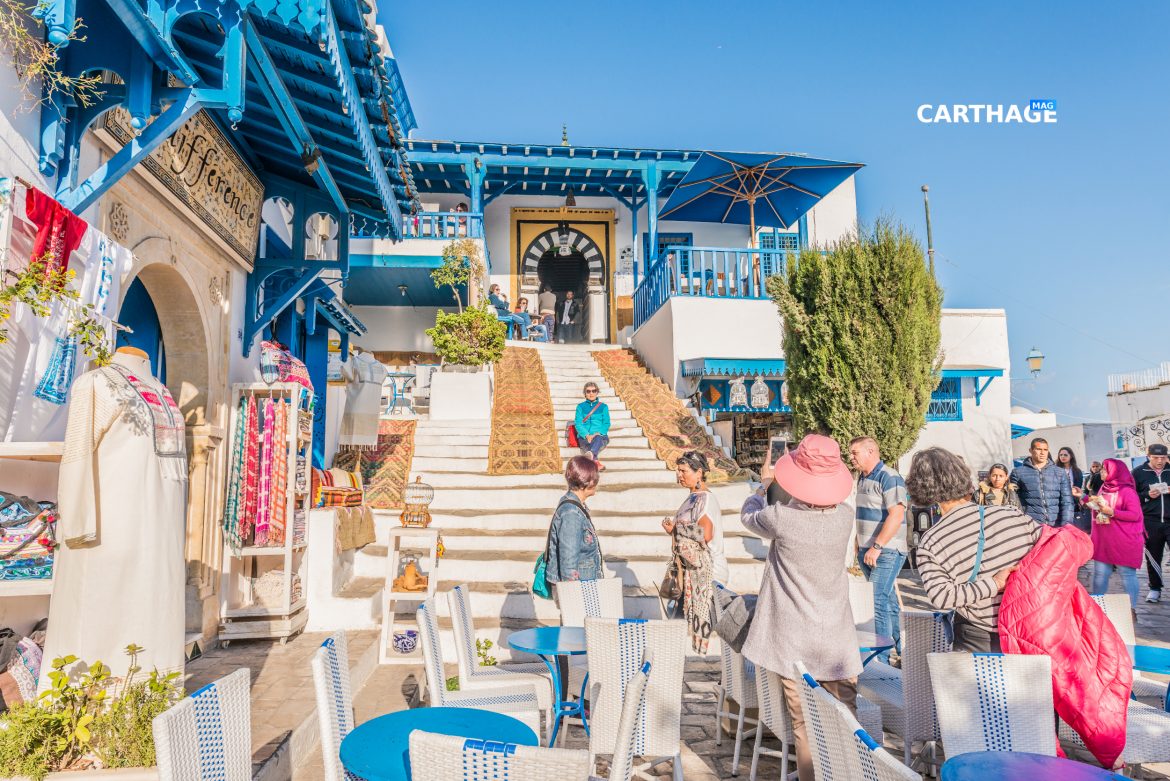
Are you planning a trip to Tunisia ? When you are traveling to Tunisia, no one expects you to be perfectly polite in the Tunisian way. However, it is important to know a few things and the basics of the Tunisian local culture before your trip in order to better understand Tunisian people and how they behave.
Suggested Read: 20 Mistakes Foreigners Make when they Arrive in Tunisia
Islam is the Main Religion
More than 98% of Tunisians identify as Muslim. Though the majority do not, still many Tunisian women wear head coverings.
The major Islamic holidays are also national holidays in Tunisia. The pace of life changes drastically during the holly month of Ramadan. During Ramadan, Muslims fast from food and water from sunrise to sunset, and the day centers around the breaking of fast at sunset. Many shops open late and close early to accommodate.
Similar Read: 9 Things to Know about Ramadan in Tunisia
As a tourist in Tunisia, you should be aware that there are some cultural practices that are normal in Europe and America but are not normal in Muslim countries. For instance, about food, while pork and alcohol are available, they are usually not consumed in public.

Suggested Read:
- The Great Mosque of Kairouan — Islam’s Fourth Most Holiest Site
- The Great Mosque of Ez-Zitouna — Tunis’ Oldest & Most Significant Mosque
Most Tunisians are open to talking about religion, but, as a foreigner in their country, you have a responsibility to keep things civil. Insults toward the prophet Mohammed especially would not be well received.
Tunisians are Tolerant
In religious matters, Tunisians have a “live and let live” attitude. They are amicable and peaceful to the point of erasing the distinctions between religions.

Most Tunisians really do not see any meaningful difference between Islam and Christianity or Judaism when it comes to dealing with persons.
Tunisians are Open and Hospitable
Tunisians–regardless of their religion–tend to be extremely warm and hospitable people.
Walk into a Tunisian wedding, and you will most likely be greeted with kisses, handshakes, and sweets.
Tell a Tunisian you want to experience a Ramadan Iftar dinner but don’t have anywhere to go, and you will be invited before finishing your sentence.

Suggested Read: 10 Things to Know If Invited for a Tunisian Iftar
If a worker comes around to your house to fix something and you fail to offer him coffee or tea, he will be offended, Hospitality is an important part of Tunisian culture!
Still, Tunisians can be Conservative
Forget about what you might see in Tunis, Hammamet or Sousse, traditional Tunisian people, especially those living in the South of the country are actually conservative in many ways.
Tunisians don’t show too much affection in public. Kissing in public is considered completely inappropriate, even in a big city like Tunis. Nowadays, it is more open for a couple to show the expression, but still not common.

Suggested Read: Tunisian Sefseri: Symbol of Modesty & Elegance
Israel/Palestine is a Sensitive Topic
What is happening between Israel and Palestine is a hot topic no matter where you are in the world, but especially in the Arab world. If you are a first-time visitor to an Arab country, here is a rule of thumb: DO NOT TALK ABOUT ISRAEL. This is for sure applies when visiting Tunisia.

Tunisians tend to have a sense of solidarity with the Palestinian people because they are fellow Arabs and Muslims. When you are in Tunisia, there is almost certainly nothing good that will come from you bringing up the topic of Israel-Palestine or sharing your opinion.
It’s Westernized – to an Extent
Tunisia, and especially Tunis and the whole Northern East region, contains strong elements of Western culture and French is widely spoken. However, it still has its own fundamentally Arab-Muslim culture, which is especially strong when you venture out of the main cities and into the peripheries.

Many aspects of Western etiquette don’t exist though, such as waiting in line in an orderly fashion or waiting for people to get off trains before barging on.
Another cultural idiosyncrasy is the staring. Tunisians, from grandmothers to teenage boys, stare – a lot – and even if you catch them and exchange eye contact, chances are they will continue. Try not to feel self-conscious.
Tunisia, Arab’s Most Secular Country
Tunisia is a mix of secularism and religion. The Tunisian society is a fascinating mix of religion and secularism. Islam holds an institutionalized influence over various aspects of Tunisian life.
However, despite its significant tussle with religious elements, secularism and liberalism dominate in Tunisia.
Tunisians are Very Affectionate People
Tunisians, are highly affectionate and expressive, much more so than people tend to be in the Western countries. Women greet each other with Hoby, Habibe (my love), while hugs, kisses, and endless endearments such as Hyety (my life) and Rouhy (my soul), are generously handed out.

Interesting Read: Tunisian Shall Stop Doing These 5 Things
Tunisia is Incredibly Heterogeneous
Tunisia is a concoction of influences and is incredibly heterogeneous country for being relatively small, both in climate, culture and habits, but most people have the stereotypes of Mediterranean weather and sunshine.

Similar Read: The Tunisian Chimera
If it’s a trip around the country, expect to find five different climates, cuisine, cultures and several languages and dialects in less than a 3-hour drive. Regions are extremely different from one another. You may go to Bizerte and then to Djerba and end up feeling like you’ve been in two well different countries.

Tunisian Nationalism is Strong
For the most part, Tunisians are usually quite proud of both their region and their country. They love their country and like many aspects of their identity.
Tunisians love their humor and language, and they appreciate the fact how the country is the product of lots of different influences (Arab, but Amazigh, French, Spanish, Italians… ).

Suggested Reads:
- 5 Things Tunisians Will Never Say Sorry For
- Ten Things I learned from Living Alone in Tunis
- Life in Tunisia: What It’s Really Like — The Pros and Cons
- 10 Things I Wish I Know how to Explain to Tunisians
- 5 Struggles Tunisians with Big Families will Relate to
- 5 Things are Normal for Tunisians but Weird for Foreign People
- 10 Very Tunisian Proverbs to Live By
If you would like to comment on this article or anything else you have seen on Carthage Magazine, leave a comment below or head over to our Facebook page . You may also message us via this page .
And if you liked this article, sign up for the monthly features newsletter . A handpicked selection of stories from Carthage Magazine, delivered to your inbox.

Editorial Staff
Editorial staff account at Carthage Magazine, Tunisia's premier English lifestyle magazine with thousands of page-views per month and over 200,000 social media followers.
Israel Actions Are War Crimes, Constitute Genocide – International Law Experts & Historians
One of the five escaped terrorists captured in tunis, related articles, april 9th, tunisian martyrs’ day 🇹🇳, top 10 ways to green your visit to..., the right to ambition: tunisian students on the..., tunisia’s egg rolls: fatima’s fingers; ‘swabaa fatma’, delicious tunisian-style lamb borghol (bulgur), omek houria: tunisian mashed carrot salad, octopus barley soup “tchich” — tunisia’s favorite ramadan..., guide to spending a tunisian-spirited ramadan alone abroad, 9 things to know about ramadan in tunisia, how do you eat the tunisian way 5..., leave a comment cancel reply.
Save my name, email, and website in this browser for the next time I comment.
- Taste Tunisia
- No Sugarcoating
- Environment
- Attractions
- Travel Information
- Hotels in Tunisia
- Cost of Living
- Tunisia’s Language
- Tunisia’s Weather
- Tunisia’s Currency
- Tunisia’s Visa
- Traveling Around
- Local Transport
- Flights to Tunisia
- Ferries to Tunisia
- Tunisia Overland
- Heritage Sites
- Historical Figures
- Tech & Startups
- Editors’ Picks
Rediscovering Tunisia’s Vast Cultural Heritage
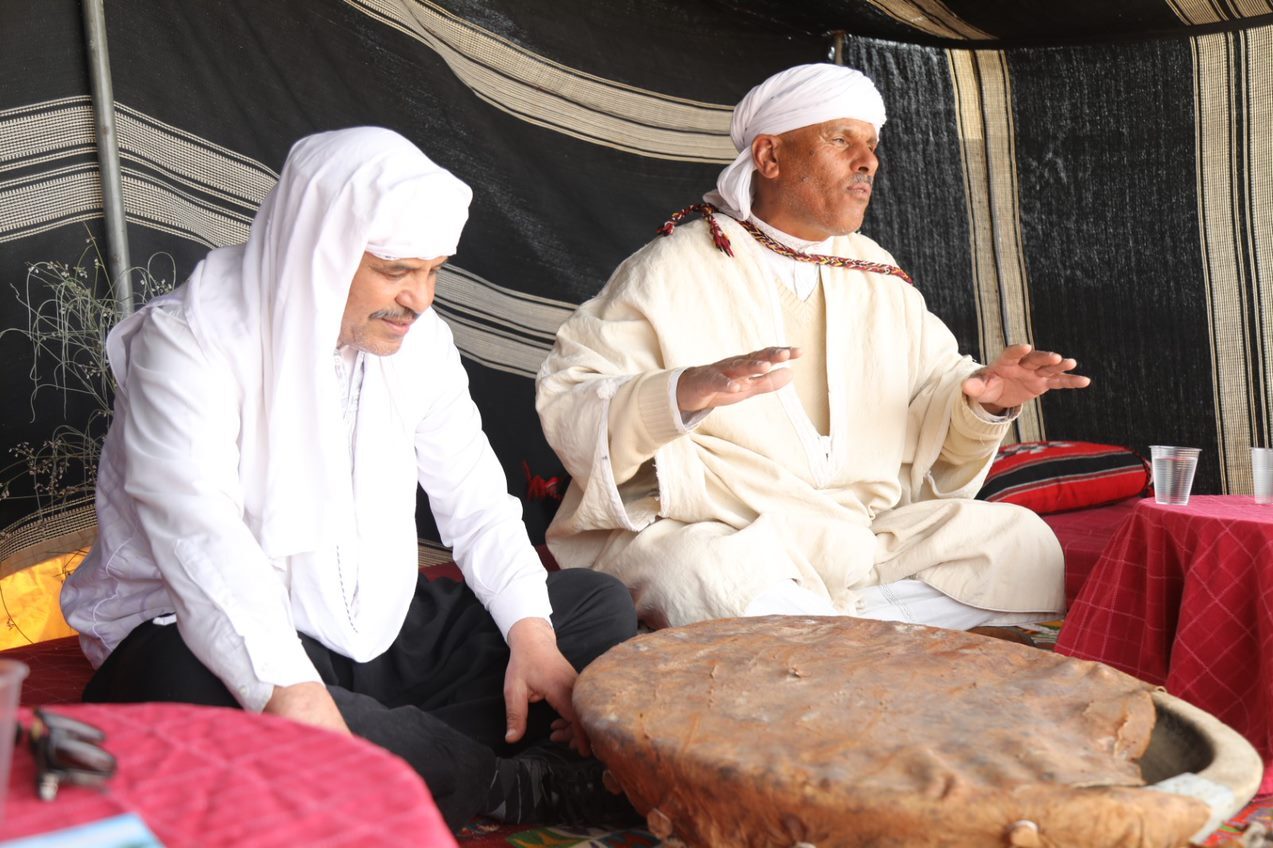
At the crossroads of Africa, the Middle East, and Europe, Tunisia has thousands of well-preserved archaeological and cultural sites that are a testament to its rich heritage and history. Each year, tourists from around the world are excited to visit these UNESCO-recognized centers – such as the Amphitheater of El Jem, the Carthage ruins, and the holy Islamic city of Kairouan. However, Tunisia’s vibrant intangible cultural heritage (ICH) — gastronomy, craft, music, dance, and storytelling -- is underdeveloped, and, in some cases, entirely missing from the tourist experience.
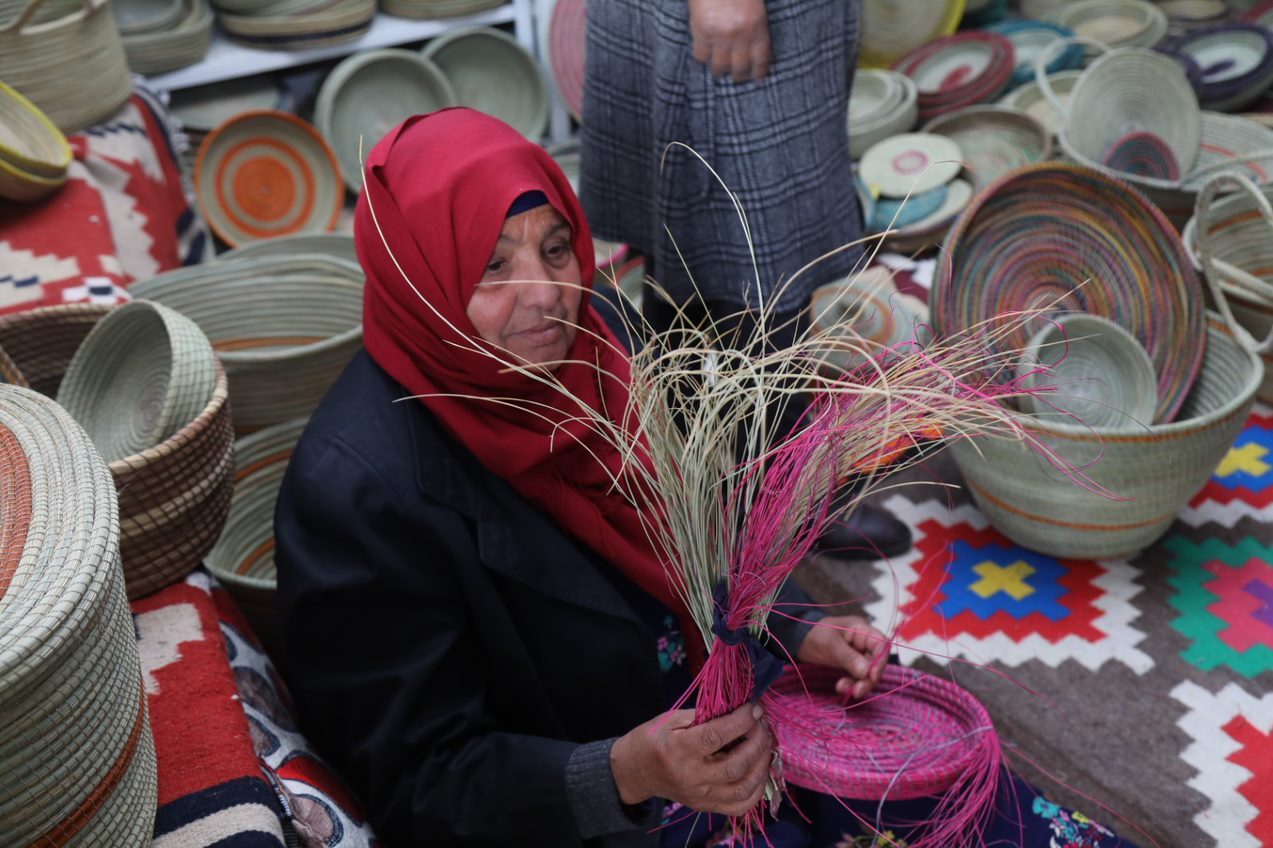
To bring these invaluable assets to the forefront of Tunisian tourism -- and empower the culture-bearers that faithfully preserve them -- USAID Visit Tunisia Activity is introducing Tunisia’s Living Culture , an initiative to identify, develop, and market Tunisia’s undiscovered ICH. To set this initiative in motion, USAID Visit Tunisia Activity, in collaboration with the Smithsonian Center for Folklife and Cultural Heritage , Tunisia’s Heritage Enhancement and Cultural Promotion Agency (AMVPPC), and Tunisia’s National Heritage Institute (INP), is hosting an academic symposium featuring Tunisia's ICH assets in underserved regions.

The symposium, to be held in Gabes from September 10-12, will feature at least 30 prominent ICH researchers presenting on themes such as oral traditions, performing arts, social practices/ rituals, and traditional craftsmanship. Researchers focused on the regions of Tabarka-Ain Drahem, Kairouan, Gabes, Tozeur, Kebili-Douz, or Tataouine are invited to submit their contributions by August 22. The presentations’ themes will help USAID Visit Tunisia Activity identify distinctive living cultural traditions to support in underserved regions. The project will then provide tailored training and marketing support to local artisans and other culture-bearers preserving these traditions, helping them better shape and promote their tourism products to a broad audience. In addition, the project will provide up to 30 of these tourism enterprises with small grants to further enhance their products and experiences. Finally, USAID Visit Tunisia Activity will feature these compelling tourism experiences in its domestic and international marketing campaigns, introducing visitors to a new side of Tunisian culture and bringing critical jobs and revenue to underserved regions. Halle Butvin, Smithsonian’s director of special projects who will lead training workshops for local scholars and tradition bearers, has high expectations for the program -- not only will it enrich Tunisia's tourism ecosystem, she says, but it will empower the often-overlooked communities that keep its diverse traditions alive. “Tunisia Living Culture will support tradition bearers and their communities to create tourism experiences, where they can share cultural practices with visitors and directly benefit from tourism revenues,” says Butvin.

Sign up for our newsletter to learn more about our work
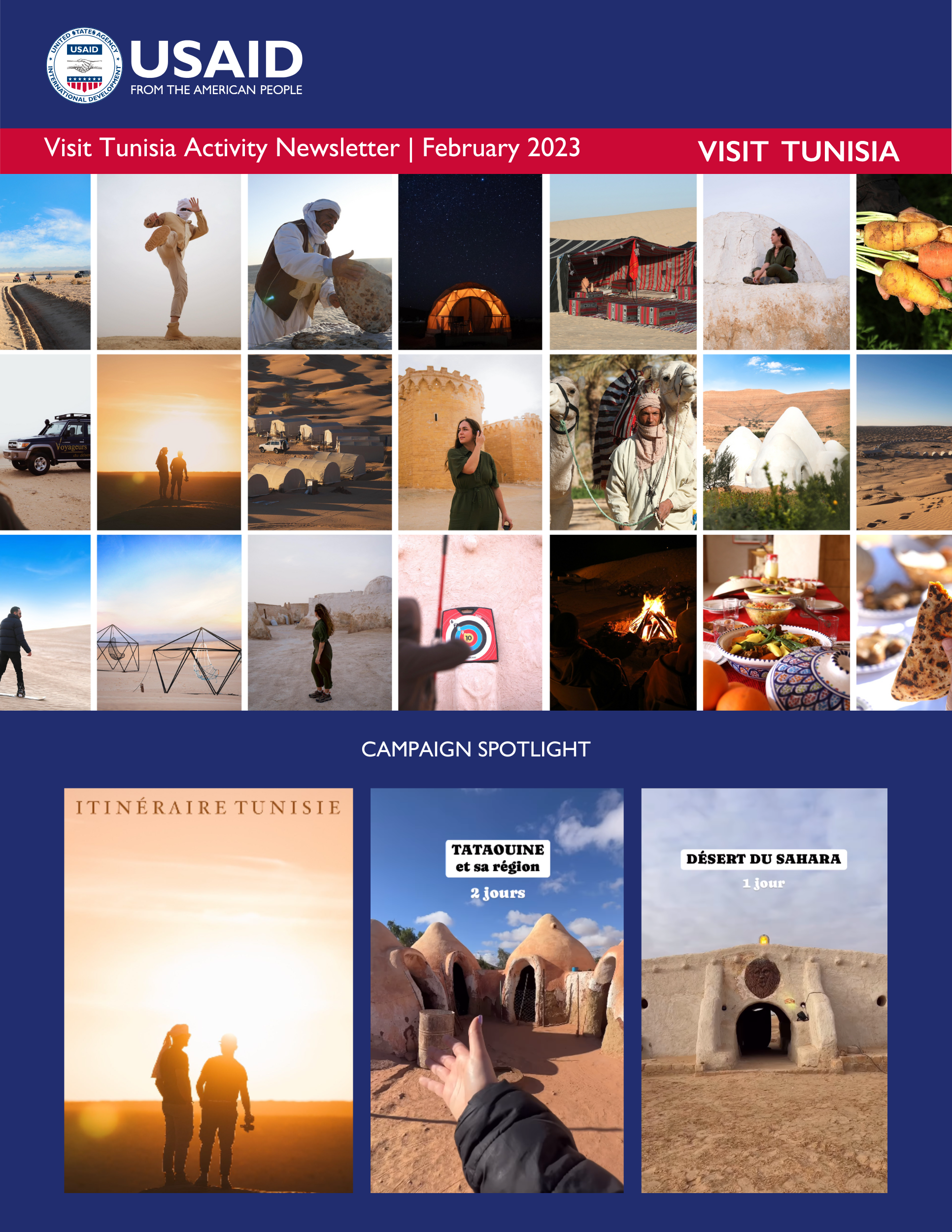

17 Top-Rated Attractions & Places to Visit in Tunisia
Written by Jess Lee Updated Jan 24, 2024
Often seen as simply a beach destination, Tunisia has a bucketful of surprising tourist attractions and things to do for those that venture off the sandy shores.
This is North Africa wrapped up into one bite-sized package.
There are alleyways of pastel-washed houses and crowded souk streets to explore in the cities; ancient ruins to discover out in the countryside; and the vast desert expanse of the Sahara to the south with its sweeping dunes, craggy mountains, and hidden, palm-tree-filled oases.
Tunisia was Rome's breadbasket, and the cultural riches the Romans left behind are more than enough reason to visit. But the history of Arab Empires has also bestowed the country with some of the region's most beautiful examples of Islamic architecture.
When you've craned your neck at Kairouan's minarets and played gladiator at El Djem , it's time to head into the Sahara to sample the raw, empty beauty of the desert.
The sun-soaked beaches of the Mediterranean coastline, fringed by palms and lapped by gentle waves, will still be waiting for you when you get back.
Discover where to go and what to see in this diverse country with our list of the top tourist attractions and places to visit in Tunisia.
1. El Djem Amphitheater
3. carthage, 4. the national bardo museum, 5. sidi bou said, 6. grand erg oriental, 7. bulla regia, 8. kairouan, 9. sousse medina, 10. chott el djerid, 11. hammamet, 13. tunis medina, 15. matmata, 16. ribat of monastir, 17. ancient sufetula.
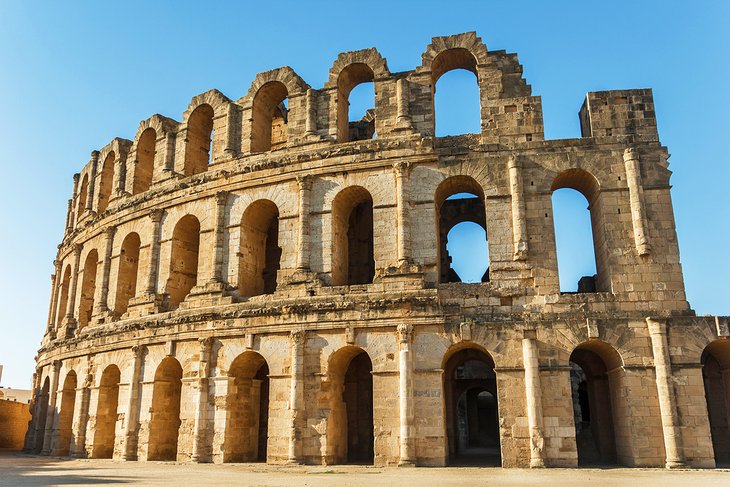
The walls of the mighty Roman amphitheater of El Djem dwarf the surrounding modern town.
This incredibly well-preserved Roman relic is Tunisia's big sightseeing highlight, one of the most popular things to do on day trips from the coastal resorts, and one of the best examples of amphitheater architecture left standing in the world.
The monumental bulk of the walls are a reminder of Rome's once-mighty grip across North Africa.
You can still walk the corridors under the arena, just like the gladiators did. Or, climb up to the top seating tiers and sit staring across the arena, imagining the battles that took place below.
This is one of Tunisia's most famous historic sights and attracts coach-loads of day-trippers so the way to enjoy the amphitheater without the crowds is to stay the night in El Djem and visit early or late.
El Djem has a couple of decent hotels and away from the star attraction there are a handful of smaller ruins (and a museum) to explore that can easily fill an entire day in town.
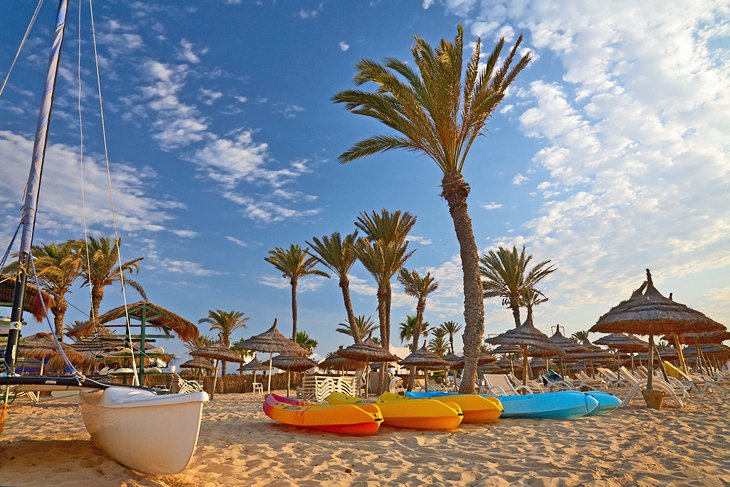
If you're looking for the picture-perfect beach escape, then the island of Djerba checks all the right boxes.
The island town of Houmt Souk is the main point of interest off the beach, with an old town district that is a muddle of whitewashed houses.
Houmt Souk's shopping is an attraction in itself, with plenty of handicraft vendors for browsing and haggling opportunities off the beach.
But it's those sandy strips of shoreline out of town that are the island's most popular highlight. Pristine and trimmed by date palms, the beaches are relaxing, get-away-from-it-all settings where summer daydreams are made.
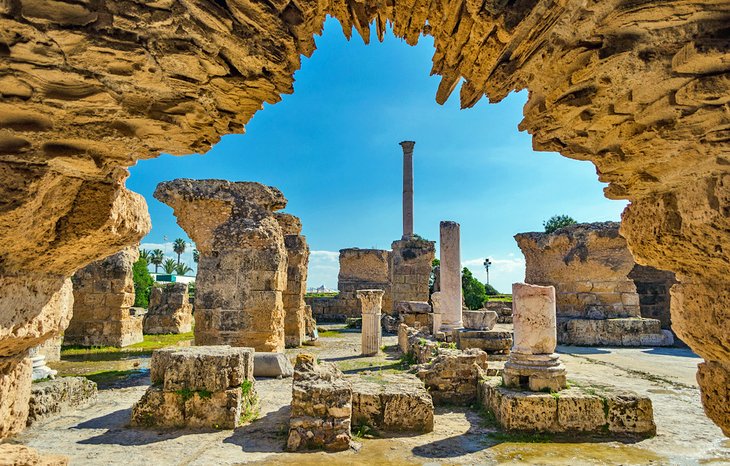
Once Rome's major rival, Carthage was the city of the seafaring Phoenicians, forever memorialized in the Punic Wars.
The atmospheric ruins of this ancient town now sit beside the sea amid the suburbs of Tunis, a warning that even the greatest cities can be reduced to rubble.
The ruins are extensive but spread out, and if you've been lucky enough to visit ancient city sites such as Ephesus in Turkey or Volubilis in Morocco, which are well-preserved, Carthage can seem quite underwhelming at first.
But these UNESCO World-Heritage-listed remnants are hugely important historically, and any tourist interested in North Africa's ancient past shouldn't miss a visit here.
Many visitors opt to visit on an organized half-day tour from Tunis (often bundled together with a visit to Sidi Bou Said), but if you prefer to spend more time exploring the ruins, you can easily head to Carthage independently.
Tunis is connected to Carthage by the city's light rail network . Disembark at Carthage-Hannibal station, and you can walk a circuit of the ancient city's most famous ruin sites and the museum. Make sure to wear comfortable walking shoes and, if you're in Tunisia during the hotter months, start early to beat the heat.
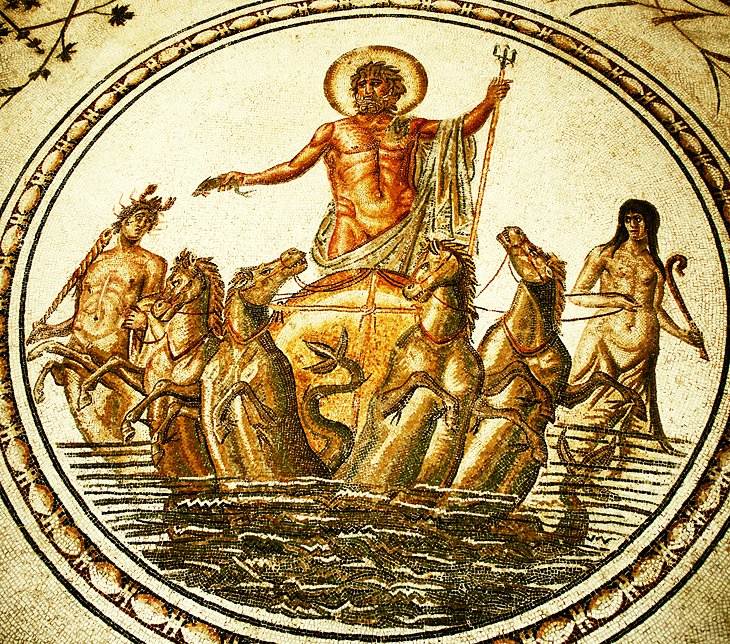
If you only have one day in Tunisia's capital, Tunis , this museum should be high up on your to-do list.
Even non-museum fans can't fail to be impressed at the massive haul of beautiful mosaics exhibited inside the Bardo.
This is one of North Africa's top museums, and it houses one of the world's most important mosaic collections, all curated beautifully.
The museum has recently reopened after an extensive renovation and re-curation of the exhibits, which now take in more of the scope of Tunisia's history.
Its highlight though is still the mosaic collection which showcases the dazzling, intricate artistry of the Roman and Byzantine eras, with pieces cherry-picked from every major archaeological site in Tunisia.
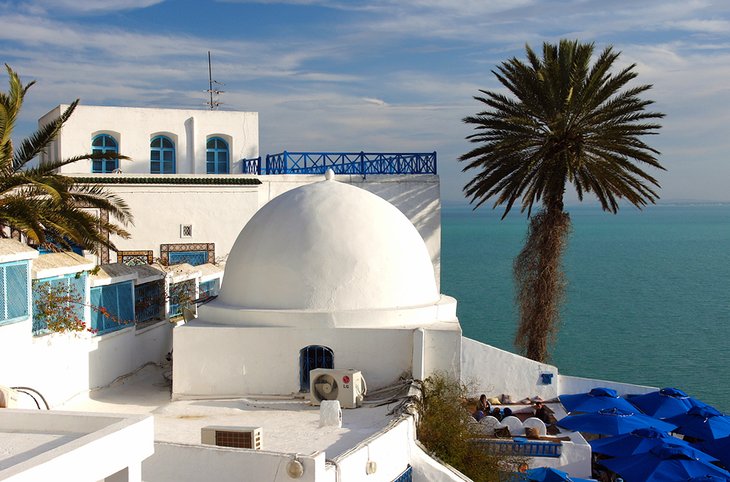
Impossibly cute, and amazingly photogenic, Sidi Bou Said is a clifftop village of petite dimensions that seem to have fallen off an artist's canvas.
Unsurprisingly, artists have feted this little hamlet, now a high-class suburb of the capital Tunis, for decades.
The whitewashed alleyways, wrought-iron window frames, and colorful blue doors are Tunisian village architecture at its finest, while the Mediterranean backdrop is the cherry on top.
Keen photographers will want to head here early in the day, to capture Sidi Bou Said's famed scenic alleyways without the bustle of day-trippers. For panoramic vistas across the whitewashed houses and rooftops, head up to the terrace on Rue Taieb Mhiri.
This is a place to while away a lazy afternoon, simply soaking up the laid-back atmosphere and maybe indulging in a spot of shopping at one of the many local artisan and handicraft stalls.
You can easily hop on Tunis's light rail network to chug directly to Sidi Bou Said station from the central city. If you prefer to stay in Sidi Bou Said rather than in Tunis, there's also a decent range of upscale accommodation here.
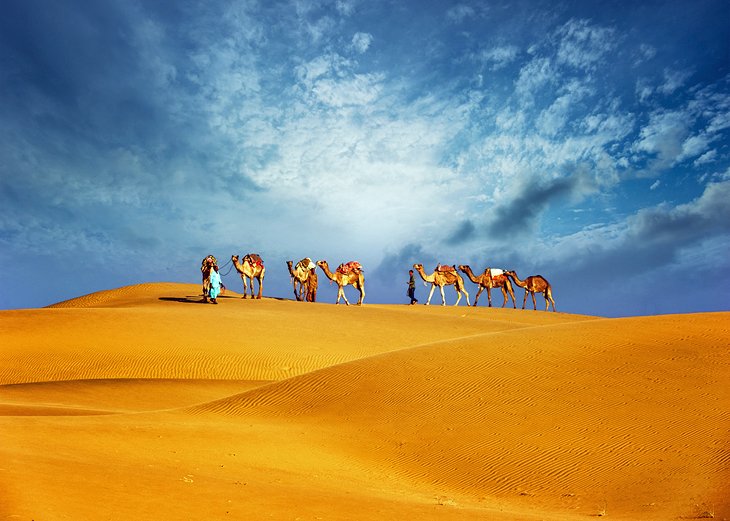
Tunisia's vast Sahara covers much of the country's interior, and the most beautiful corner of the desert is the field of sand dunes known as the Grand Erg Oriental.
These poetically beautiful dunes are a surreal and gorgeous landscape of huge waves, shaped by the ever-shifting desert sands.
For many visitors, this is an adventure playground for riding dune buggies and camel treks, but nothing tops the simple pleasure of sitting atop one of these mammoth sand mountains and watching the sun set over the Sahara.
The nearest center is the desert town of Douz, from where you can organize camel, hiking, and 4WD excursions and multi-day trips to the dunes.
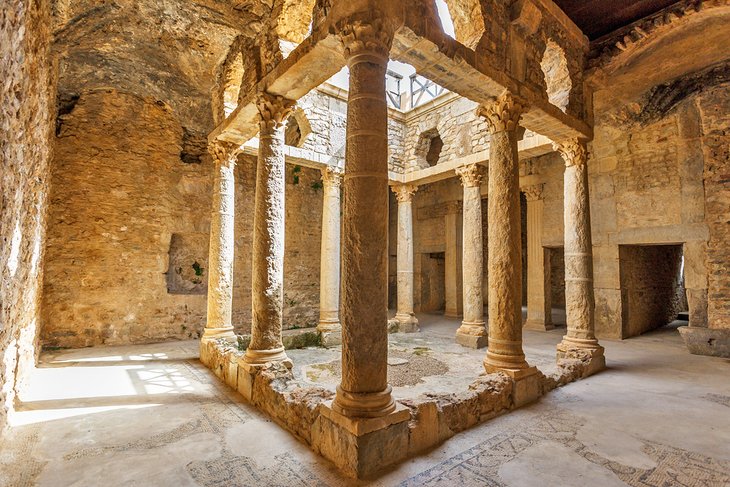
Tunisia has no shortage of Roman ruins, but Bulla Regia near Tabarka is the country's most interesting and intriguing site.
Here, the Roman inhabitants coped with the harsh summer climate by ingeniously building their villas underground, which has left the city houses incredibly well-preserved today.
For history lovers, this is a unique opportunity to walk through actual Roman houses, with their walls still intact, and with some of the expansive floor mosaics still in-situ. It's a glimpse of the residential life of the ancient world that you often don't see.
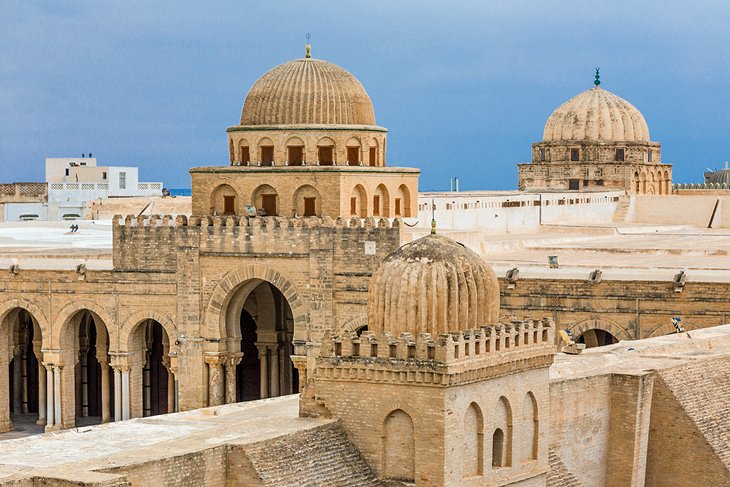
With mosques, madrassas, and tombs aplenty, Kairouan has more than its fair share of monuments as the fourth most important city for those of the Muslim faith.
The Arabic architecture here is truly inspiring, and the skyline is full of skinny minarets and bulky domes. But it's probably the back alleys of the city's medina that steal the show.
With narrow, maze-like lanes lined with crumbling colorful houses, Kairouan's old town has an enchanting, lost-in-time atmosphere that is a true highlight of a visit here.
The town is well known for its traditional carpet-making, and if Kairouan is part of your planned itinerary you will want to wait until you've seen the range on offer here before making a purchase.
Wily visitors elect to spend a night or two in Kairouan rather than day-trip here from Sousse or Monastir, so they can spend their time exploring. Kairouan is also a good base from which to launch out on day tours to points further west, such as the ruins of Kasserine.
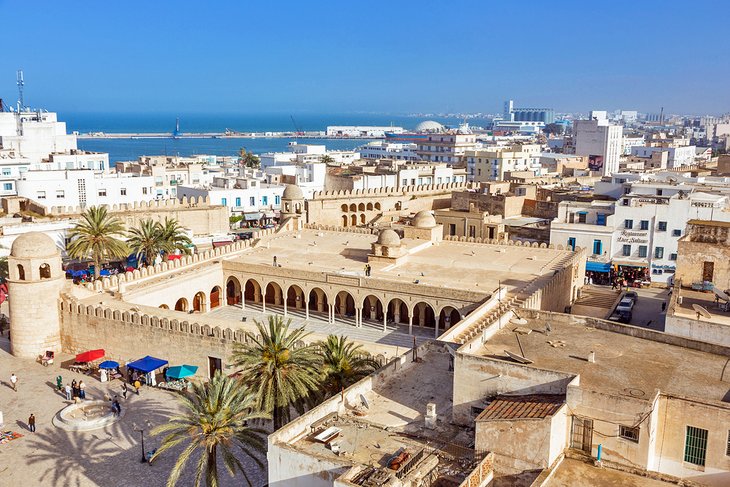
Overlooked by the mighty fortifications of the ribat and kasbah, the medina in Sousse just begs to be explored.
This lovely old town district is a warren of looping lanes, rimmed by whitewashed houses, and a shopping paradise with a tempting selection of ceramics, leatherwork, and metalwork on display.
Away from the stalls along the bustling souk streets, the quiet and rambling back alleys, dusted in white and blue, are a charming place to dive in and sample local life.
Sousse is one of Tunisia's top vacation destinations and is a very easygoing introduction to the country's charms, for first-time visitors. Likewise, the medina itself is small and easily navigable.
Some excellent restaurants serve up local Tunisian cuisine within the medina so, even if your accommodation is out on the beach, it is well worth your time coming into the medina for lunch or dinner. Make sure to sample the couscous at Café Seles, near the ramparts, and chill out with mint tea at Café Kasba.
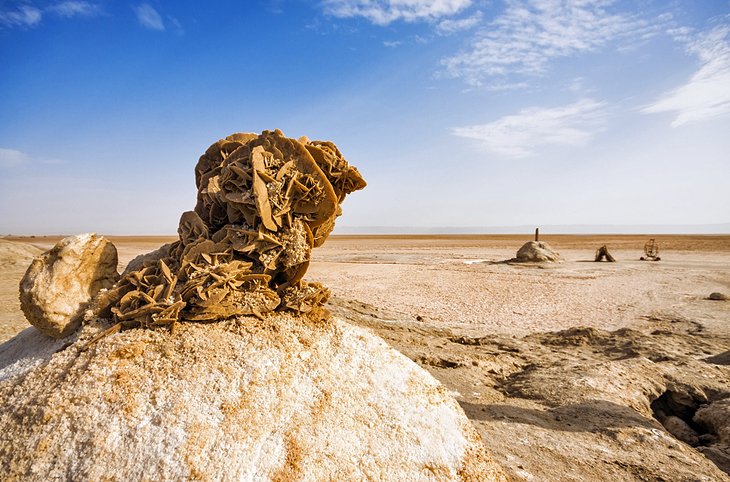
This sprawling salt pan (most easily reached on a day trip from the desert town of Tozeur ) is a desolate and otherworldly scene that wows all who visit with its stark and brutal beauty.
The scenery here depends on the season you visit.
In summer, the moonscape surroundings of the Chott el Djerid are a storybook panorama brought to life, filled with shimmering mirages on the horizon and jigsaw puzzle pieces of blindingly white, cracked land under foot.
During winter, though, the basin partially fills with water, creating a bizarre lake amid the desolate surrounding desert plains.
A sightseeing trip here proves that nature produces much weirder landscapes than you could ever imagine.
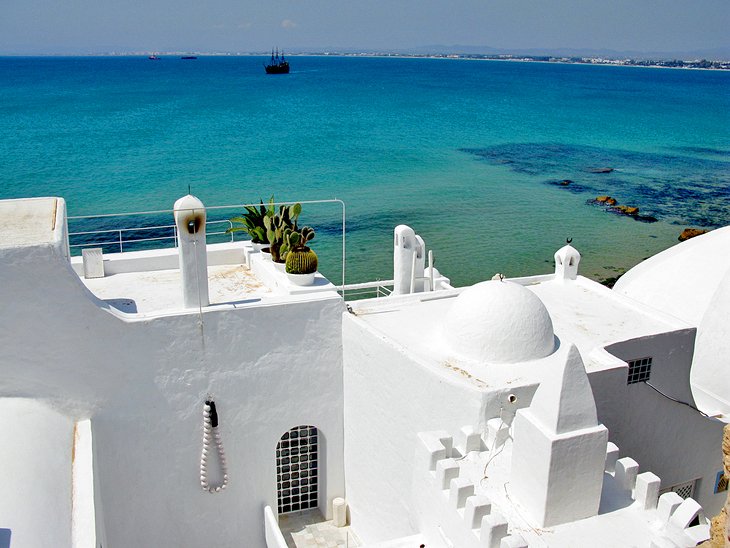
Hammamet is all about the beach. This laid-back town on the Cap Bon Peninsula is Tunisia's top sun-and-sea resort, dedicated to easygoing beach vacations.
The town itself, with its pretty white buildings set beside a bright blue sea, has bundles of Mediterranean charm, which woos all who come to sunbathe on the soft, white sand.
For many who come here, off-the-beach pursuits total up to nothing more strenuous than gentle strolls in the medina (old town) and a spot of shopping in the restored old town souks.
It's a no stress kind of place that sums up the pleasures of Tunisia in one pretty package.
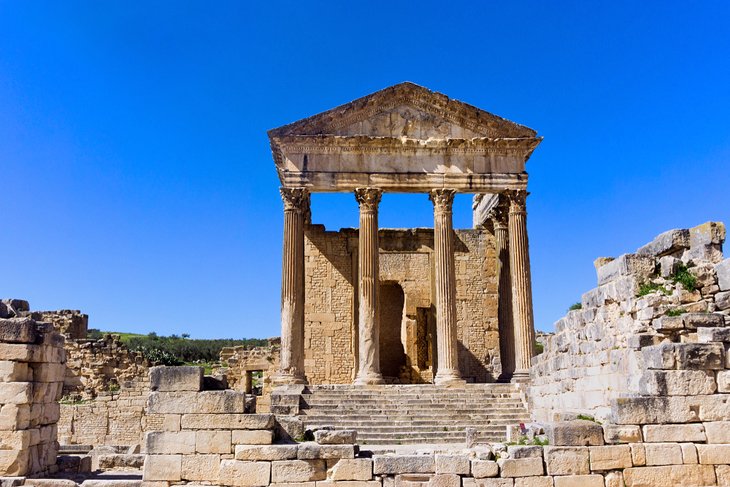
Easily reached on a day trip from both the Tunisian capital of Tunis and the northern beach town of Tabarka, Dougga is one of the most important Roman sites in North Africa.
The site is feted by travelers both for the well-preserved state of its main monuments and its tranquil rural setting amid rolling countryside.
It may seem far off the main routes today, but this expansive, hilltop site was once a thriving town, first settled in the 6th century BCE and today containing remnants leftover from all its major historical eras, from Berber and Punic to Roman and Byzantine.
The Roman-era ruins here are the grandest of Dougga's monuments.
Come here to admire the Roman Theater, Forum, and numerous temples with their pillars still raised in place, but don't forget to also explore the numerous bath complexes and remains of villas.
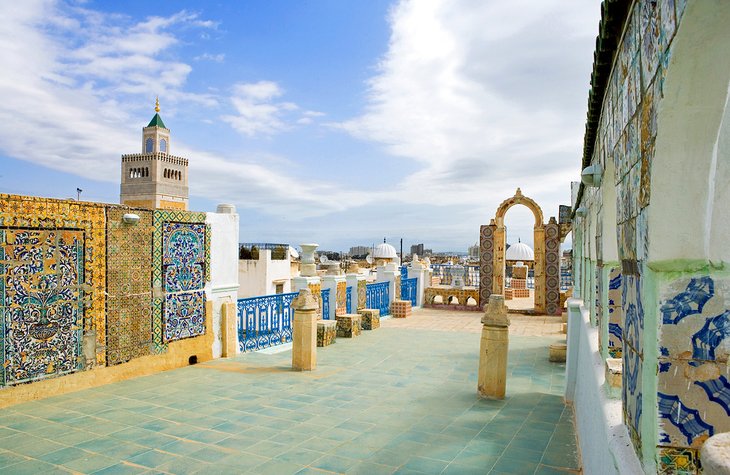
Although Tunisia's capital is mostly visited to view the two major tourist attractions of Carthage and the Bardo Museum, the medina district of central Tunis is well worth spending an extra night in the city for.
The winding alleys of this old town neighborhood, with their souks (shopping streets), mosques, and monuments, are fun to explore.
Don't miss visiting the rooftop of the Umayyad-era Olive Tree Mosque, the medina's most famous landmark, while wandering the medina, and make sure to seek out the clutch of small museums and restored dars (medina mansions) hidden within the narrow lanes. If you're short on time, Dar Hussein Palace is the top pick.
This is a great district to get stuck into Tunisian cuisine and some of the dars, and other historic buildings, within the medina have become atmospheric restaurants serving up traditional dishes.
Dine on signature couscous dishes amid the courtyard of an old caravanserai at Fondouk El Attarine. Or sample spicy, classic flavors with creative modern twists, in the salons inside Dar Slah .
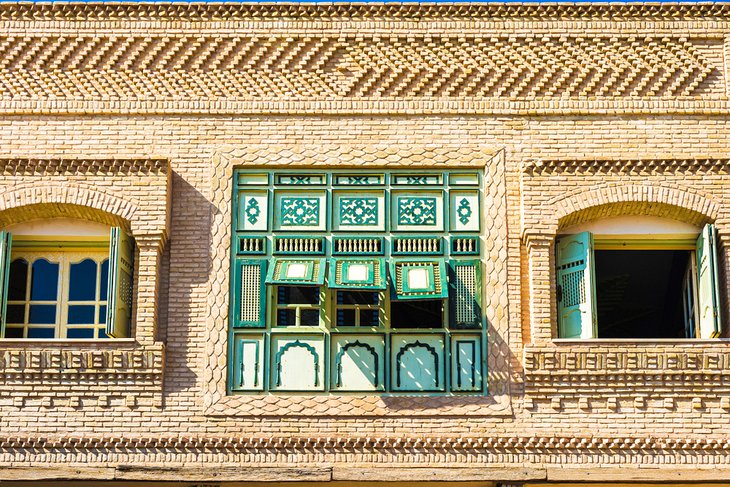
Tozeur is a desert oasis town, sitting in the country's southeast.
For many visitors, it's a practical base for the tourist attractions of the Sahara with the chott el djerid salt pans, sand dune vistas, and the oases of Tamerza and Chebika all within day-tripping distance from town.
Tozeur town is an attraction within itself, though, rimmed by vast date palm gardens and home to an interesting medina district brimming with examples of the town's traditional decorative brick architecture.
Although it's a long journey across a stark desert plateau to get here (Tozeur is 211 kilometers west of the coastal city of Gabes), it's well worth it for the laid-back desert outpost atmosphere and the swag of Sahara attractions to explore on its doorstep.
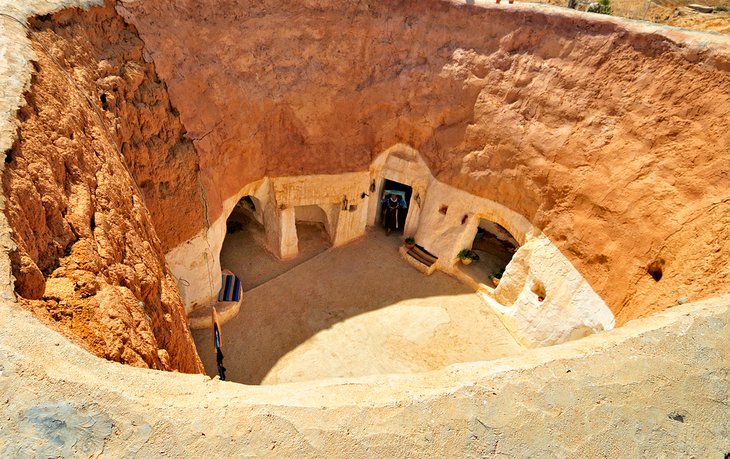
This Berber village, with its troglodyte housing, was made famous when one of the dwellings (the Hotel Sidi Driss) was used as a location during the filming of the original Star Wars movie.
Matmata's traditional troglodyte-style housing is its main attraction. To escape the extreme heat of the area's arid plateau, locals dug deep into the ground, excavating a large circular pit below the surface, which would act as a courtyard, and then burrowed into the pit walls to hollow out cave rooms for their living spaces.
Today, some of the houses are open for visits and/or provide accommodation for travelers who want to experience a night of cave living.
Matmata is in south central Tunisia, 43 kilometers southeast of Gabes and 108 kilometers northwest of Medinine.
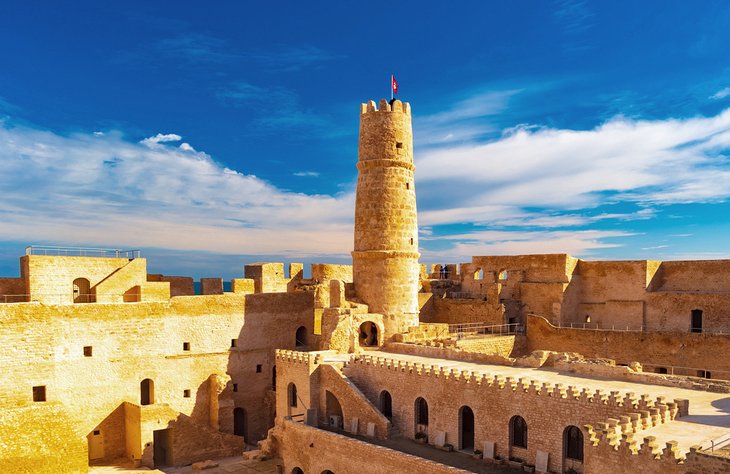
One of Tunisia's most recognizable monuments, the Ribat of Monastir was the earliest fortress built in Tunisia during the 8th-century Abbasid conquest, and one of the earliest in the entirety of North Africa.
This sea-fronting fortress is an exceptional example of medieval defensive architecture, with its main features of high crenelated walls, watchtowers, and internal courtyards.
For many visitors, the ribat is most famous today because of its use as a film location during the mid-20th century, including its starring role in Monty Python's cult classic Life of Brian .
As Monastir is only 23 kilometers southwest of Sousse, the ribat is easily visited on a day trip from the city.
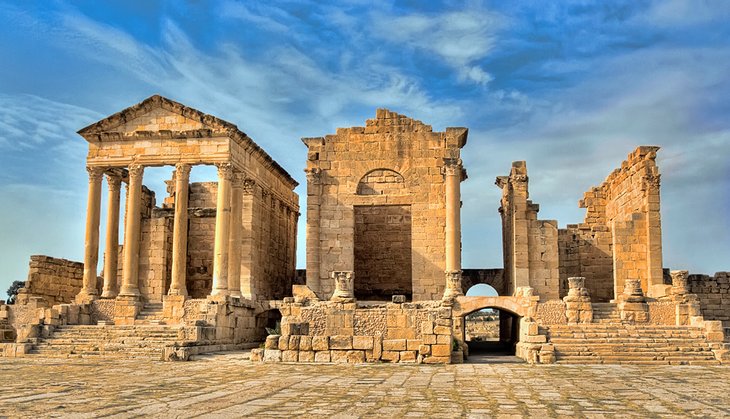
The Roman ruins of Sufetula in the small town of Sbeitla are too out of the way to attract the tourist crowds, but it's well worth making the journey.
Known for its exceptionally well-preserved Roman Forum building, as well as numerous preserved Roman-era public buildings, including a triumphal arch, public bath, and temples, Sufetula is one of the best places to visit in Tunisia to imagine the Roman world.
Founded by the Roman Emperor Vespasian, Sufetula prospered due to its cultivation of olives for the empire. Later, during the Byzantine era, it also enjoyed further importance, becoming a bishopric.
Today the archaeological site sits right on the northern edge of modern Sbeitla town in central Tunisia. There are only a handful of accommodation choices in town, but it's possible to day trip to Sbeitla from Kairouan, 107 kilometers to the northwest.

More on Tunisia
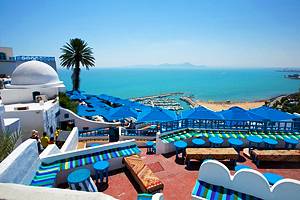
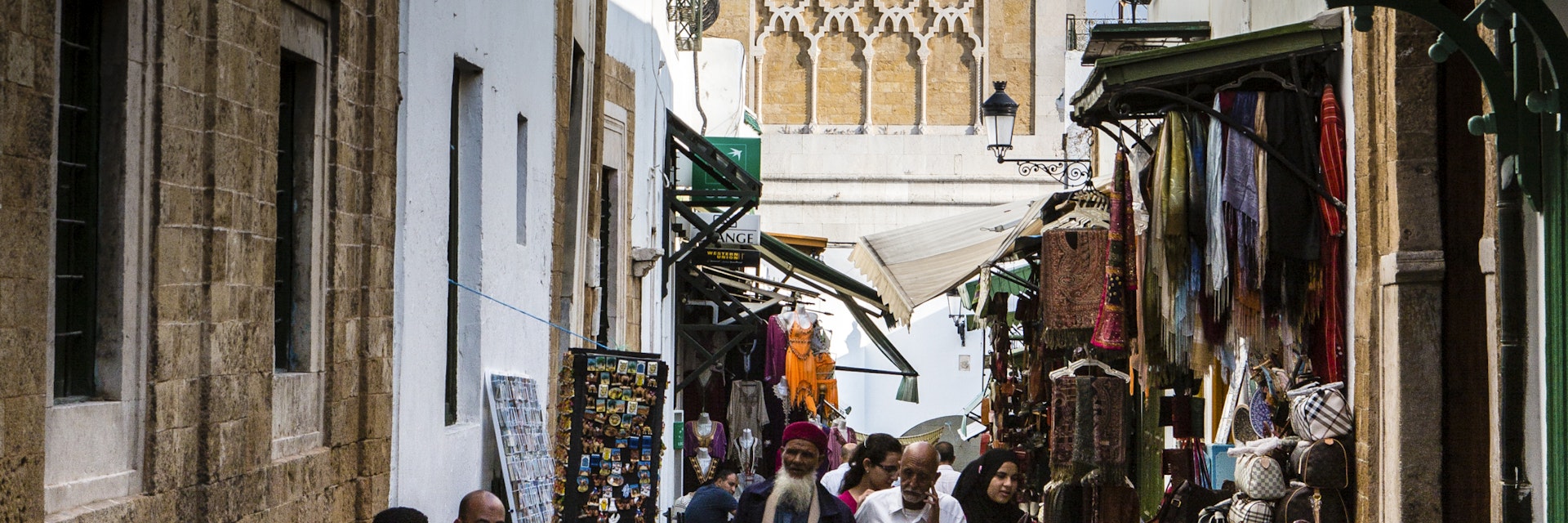
Getty Images/Lonely Planet Images
In Tunisia's capital, the term "living history" really does apply. Here, periods of conquest, trade and independence have woven into the city's fabric and culture a rich and complex flavor that becomes apparent wherever you explore.
Your next trip starts here
Go from dreaming to planning with trip planning options made to help you craft your ideal itinerary.
Attractions
Must-see attractions.
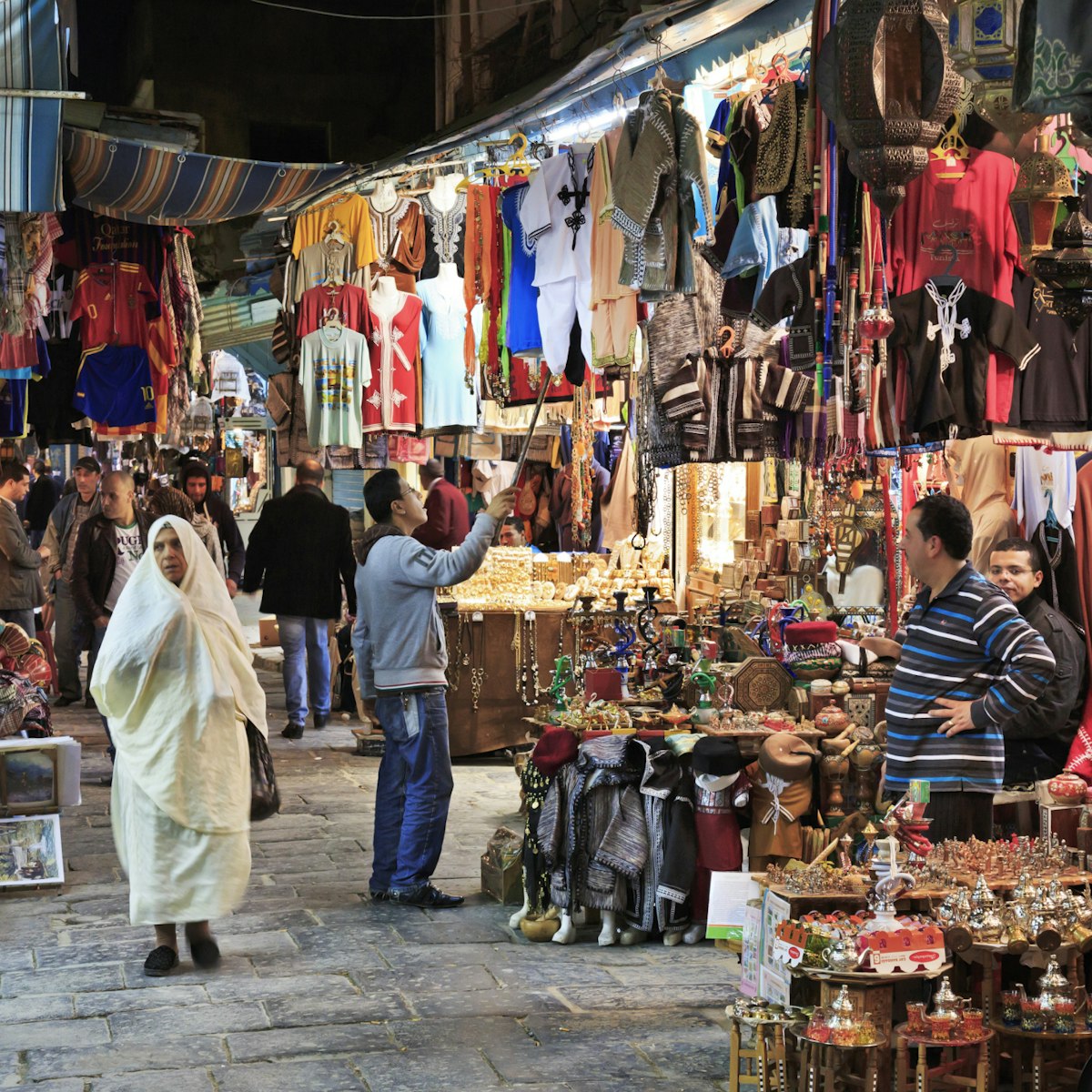
This sprawling maze of ancient streets and alleyways is one of the most impressive medieval medinas in North Africa and one of Tunisia's great treasures…
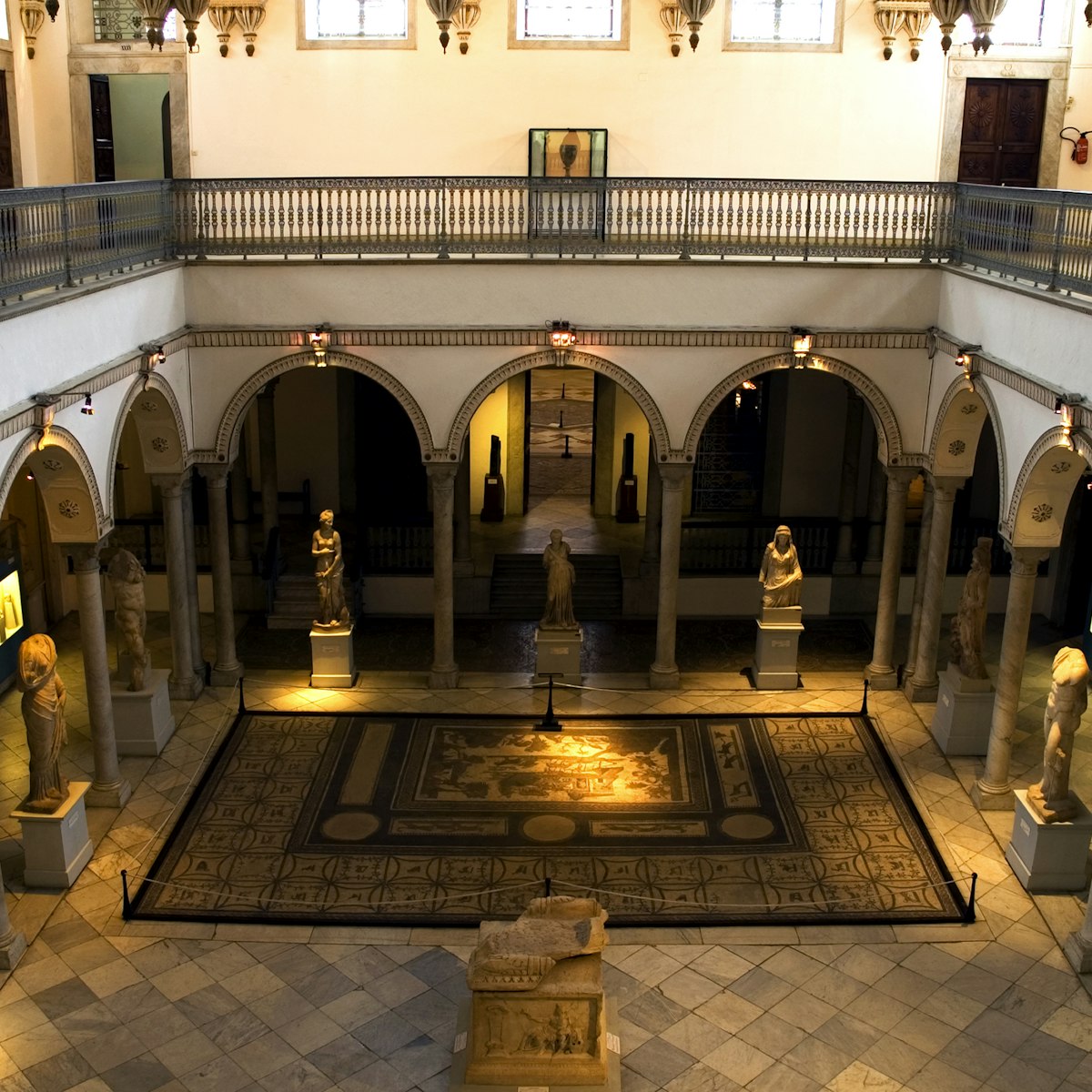
Bardo Museum
The main draw at the Tunisia's top museum is its magnificent collection of Roman mosaics. These provide a vibrant and fascinating portrait of ancient…
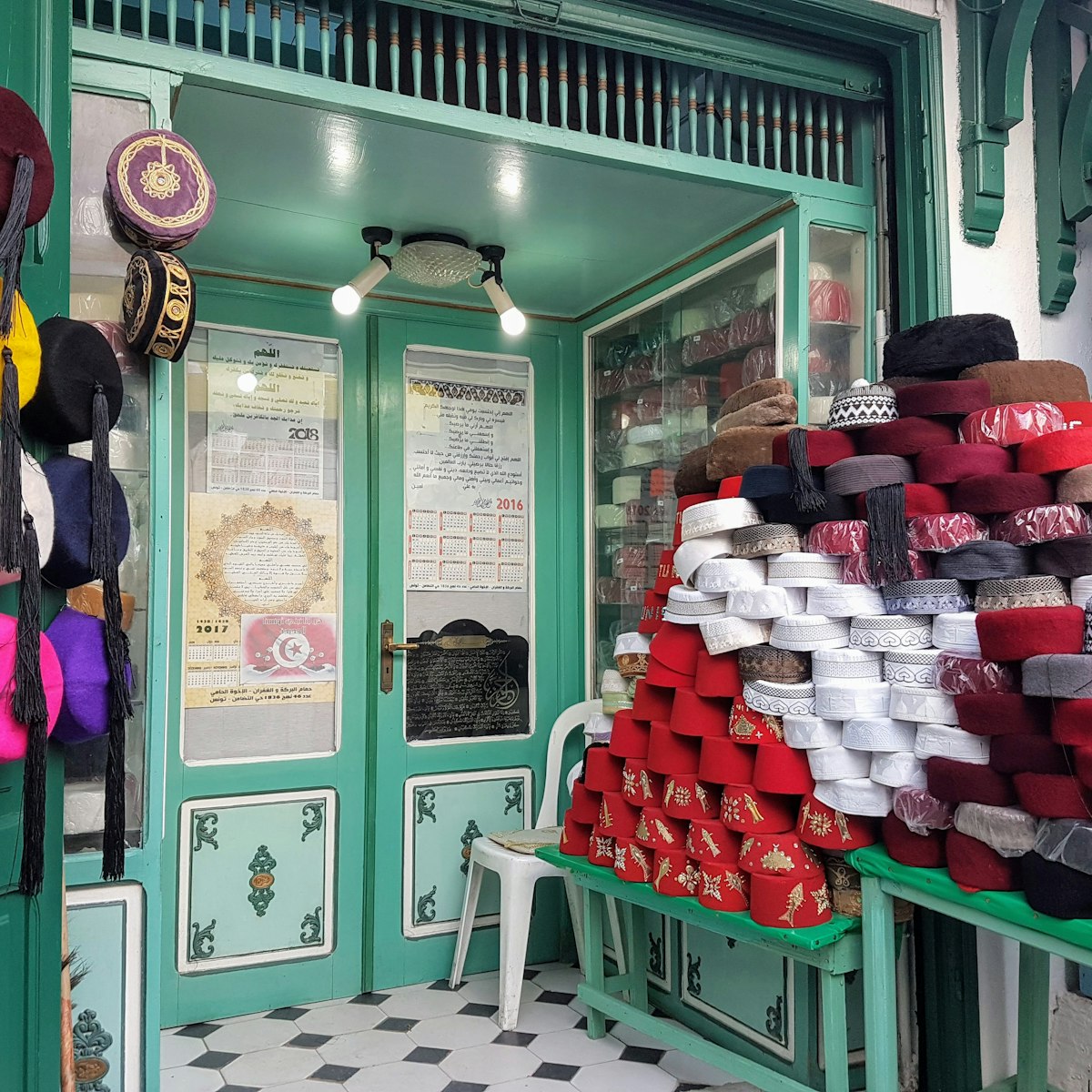
Souq des Chechias
A medina highlight, this hugely atmospheric souq is filled with exquisitely decorated shops producing and selling chechias, Tunisia's traditional blood…

Marché Centrale
Tunisian food markets offer a great introduction to local culture, and Tunis' Marché Centrale is particularly atmospheric. The original market building…
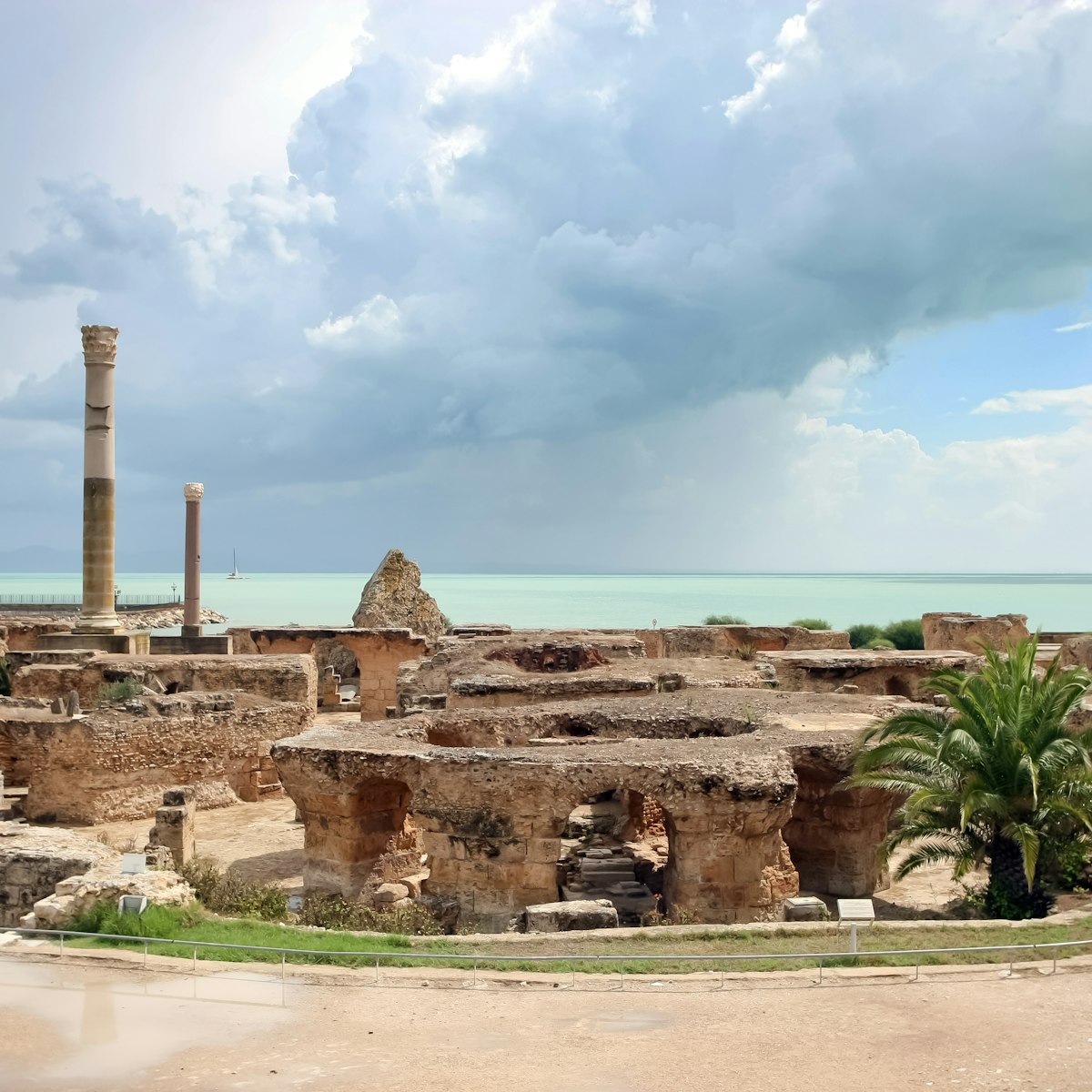
Antonine Baths
The Romans chose a sublime seaside setting for this monumental terme (bath complex), a short walk downhill from the Roman villas. Begun under Hadrian and…
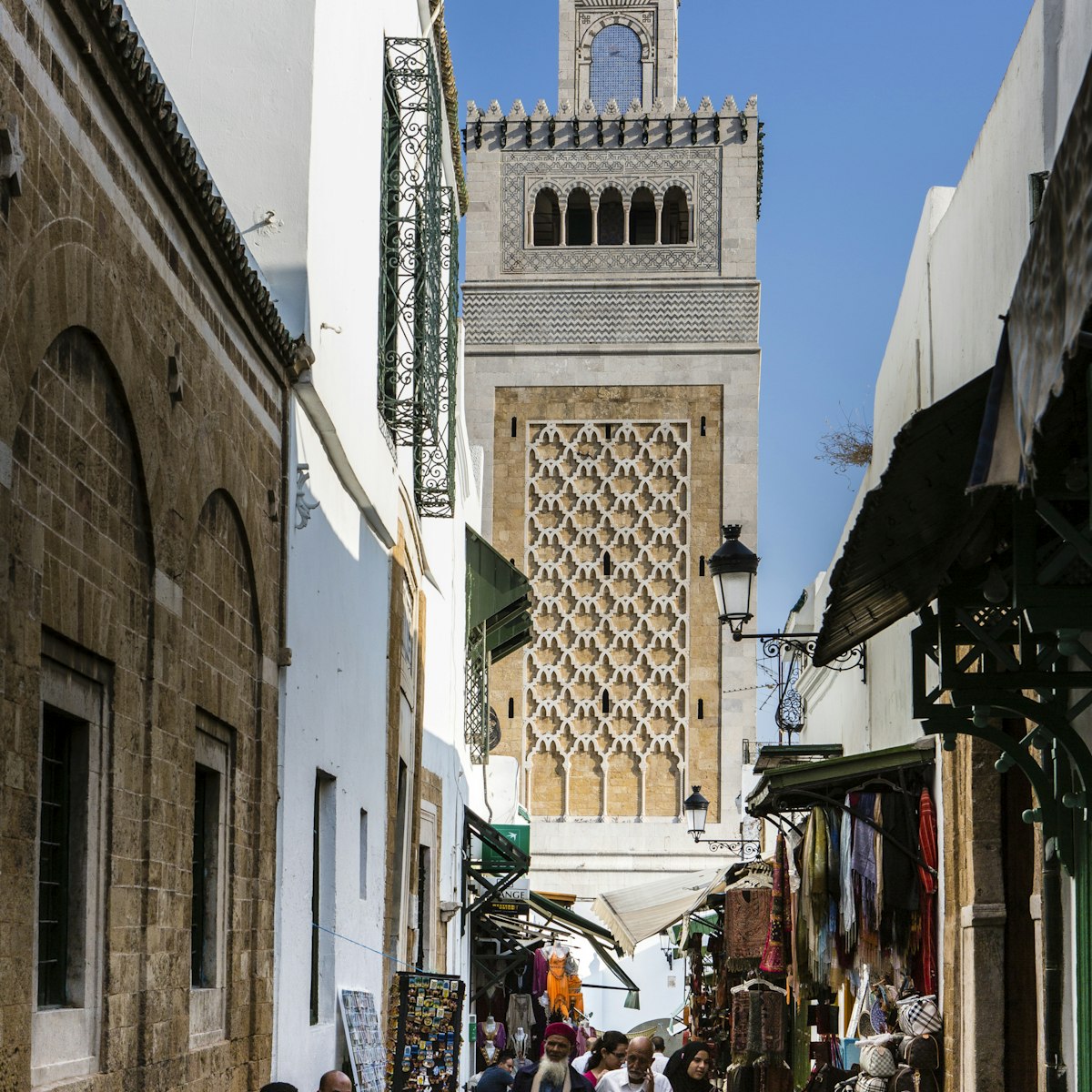
Zitouna Mosque
Located in the heart of Tunis' medina, this important mosque was founded in 734 and built on a site once occupied by a church. It was totally rebuilt in…
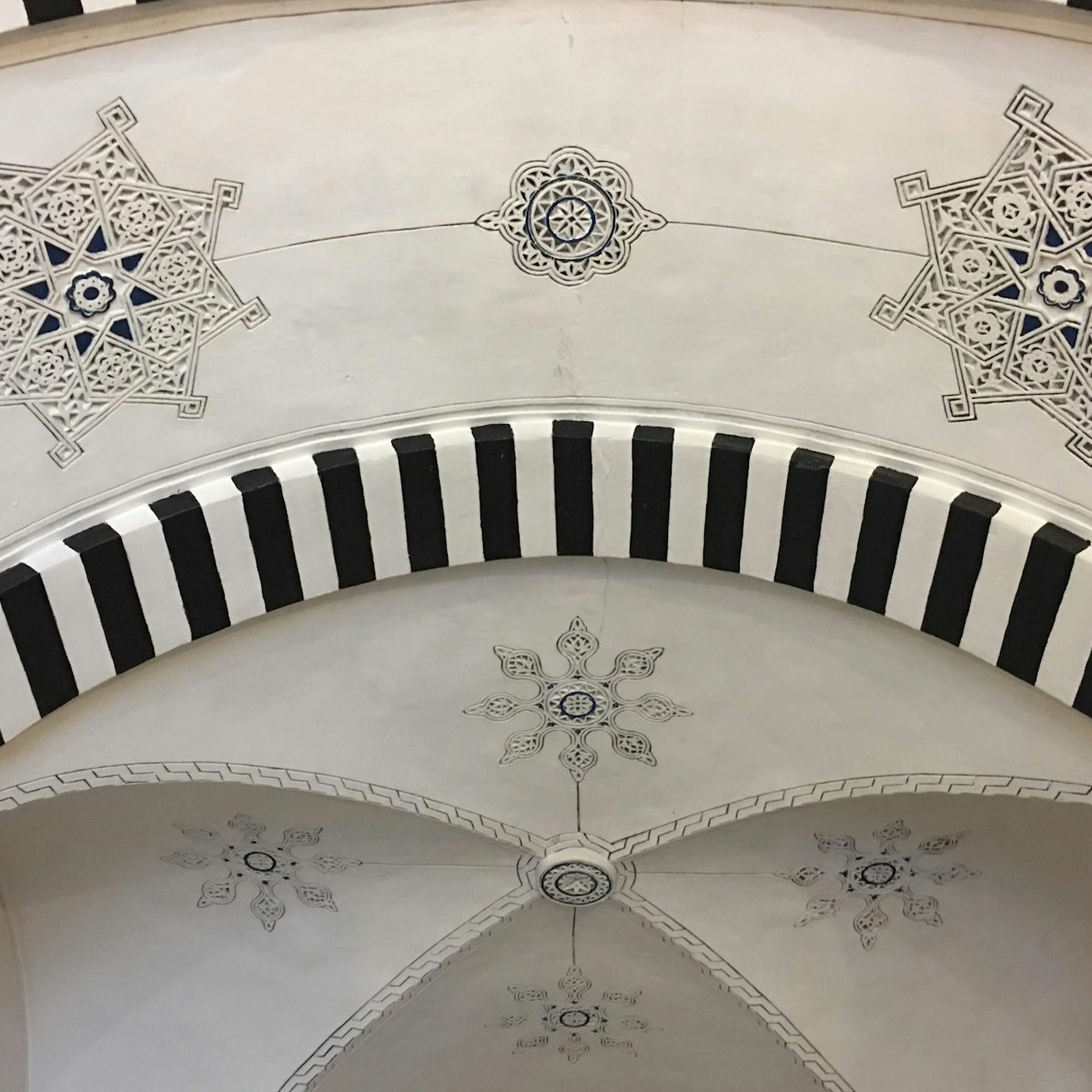
Once home to the Lasram family, who provided the beys with scribes, this magnificent building dates from the early 19th century and was one of the first…
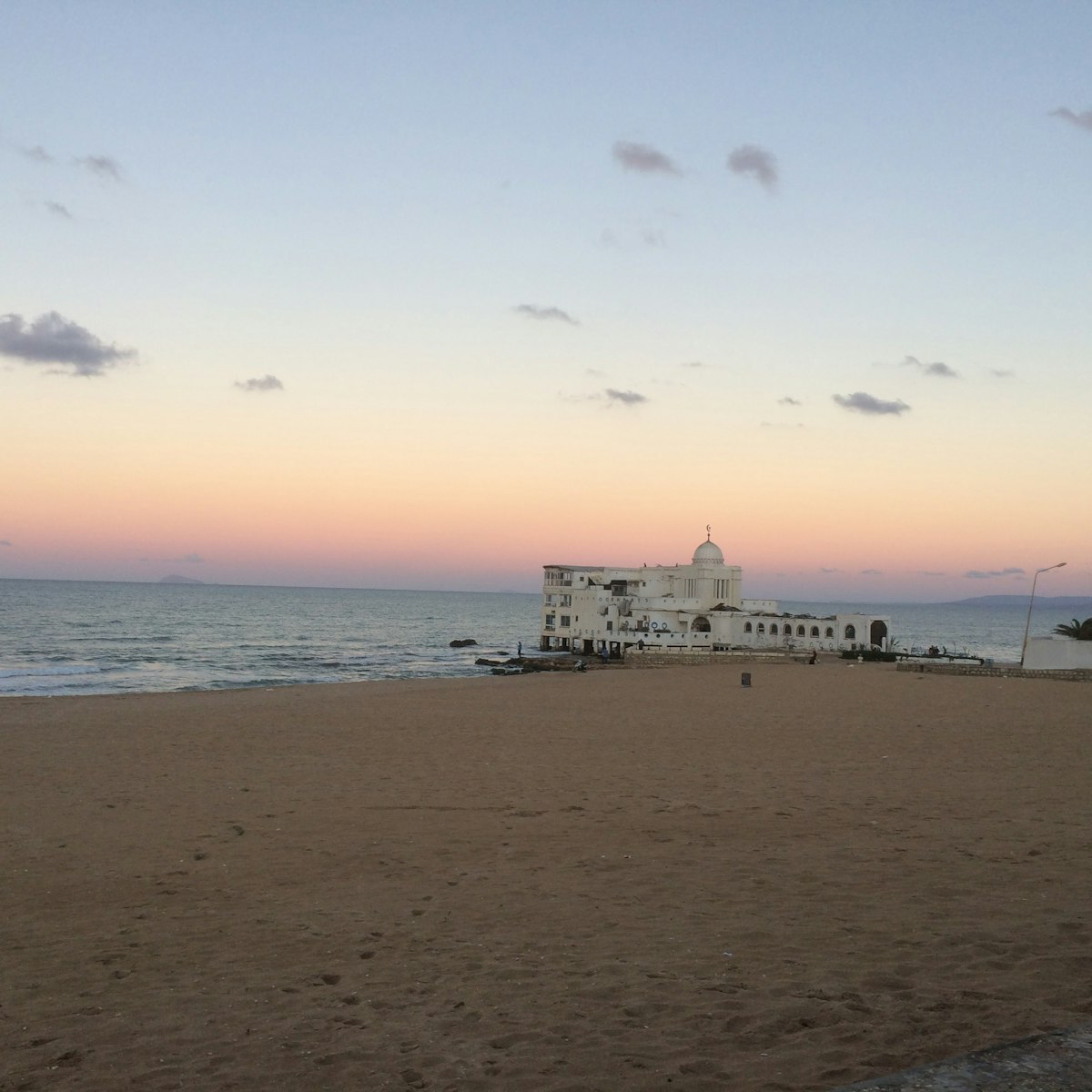
La Marsa Beach
Join the local crowds flocking to this urban beach to escape the summer heat with a dip in the clear waters of the Med. In colder months, the sand becomes…
Latest stories from Tunis
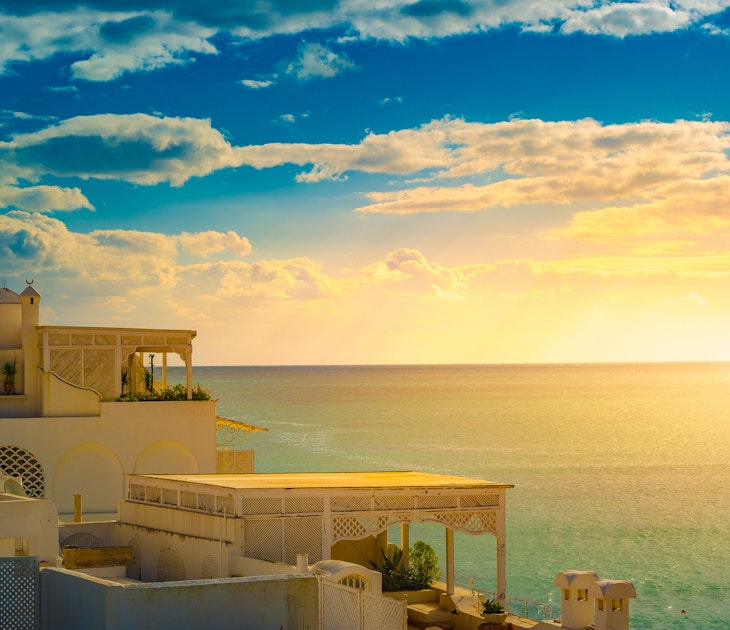
Jan 13, 2020 • 2 min read
Another big airline is resuming flights to Tunisia after a years-long hiatus. Popular budget airline EasyJet is bringing back flights to Enfidha, near the…
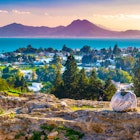
Nov 20, 2019 • 6 min read
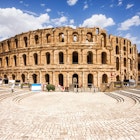
Nov 13, 2019 • 5 min read
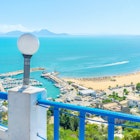
Apr 17, 2019 • 6 min read
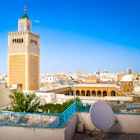
Mar 14, 2019 • 7 min read

Feb 22, 2019 • 5 min read

Jan 4, 2019 • 5 min read
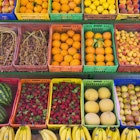
Oct 19, 2018 • 7 min read
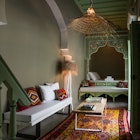
Jul 18, 2018 • 5 min read
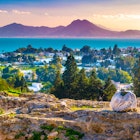
Jul 2, 2018 • 7 min read
in partnership with getyourguide
Book popular activities in Tunis
Purchase our award-winning guidebooks.
Get to the heart of Tunis with one of our in-depth, award-winning guidebooks, covering maps, itineraries, and expert guidance.
Tunis and beyond
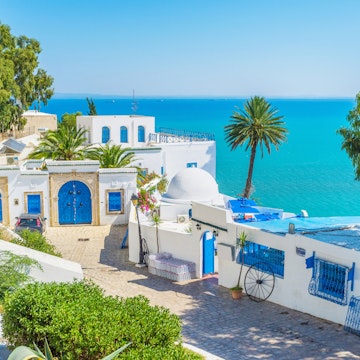
Useful information
Media Centre
A UNESCO World Heritage site
Djerba island.

Gastronomy, sweets and pastries
Tunisian flavours.

The city of Kairouan has
An amazing historical heritage.

Medina, beaches, fishing harbour… discover
Mahdia and its surroundings.

Book without intermediaries: see our
Partner hotels.

Snapshots of Tunisia

Stroll through the BARDO MUSEUM
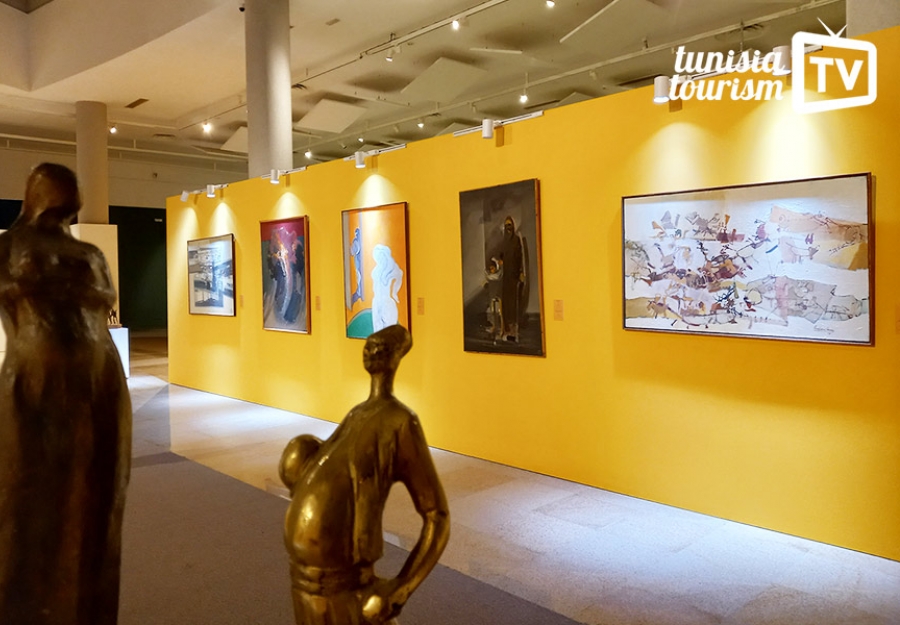
The MUSEUM of modern art MACAM Tunis
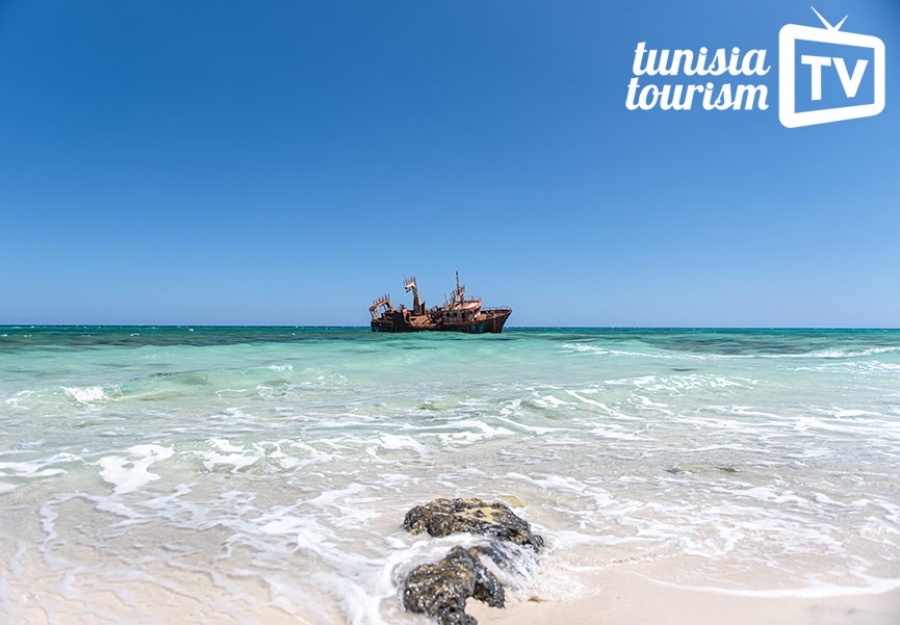
KELIBIA’s beach
Welcome to tunisia.
Tunisia still has surprises in store for you. You can enjoy the most beautiful sandy beaches , explore the ruins of an ancient Roman city , learn to ride a camel, then completely unwind in one of our superb thalassotherapy centres. Dive through a school of fish, learn to kite surf, taste one of the countless couscous recipes, play a round of golf … For MICE organisers, you can rely on excellent infrastructure and many well equipped conference centres.
Destinations
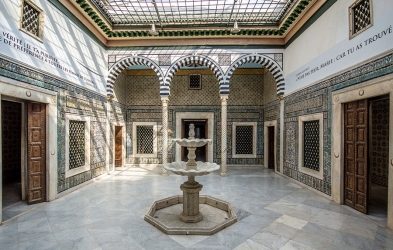
Tunis and the Coasts of Carthage Tunis, Carthage, Sidi Bou Saïd are places loaded with history but also overflowing with life. The ca...
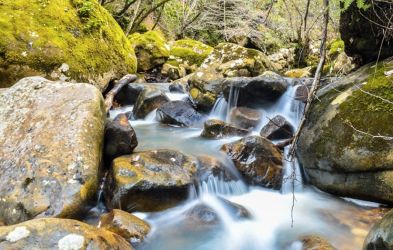
Tabarka and Aïn Draham Tabarka or Aïn Draham? Sea or forest? Both are waiting for you in the Tunisian North-West. A paradis...
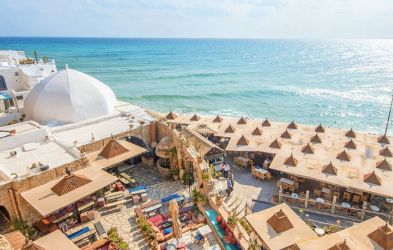
Hammamet and Cape Bon Magnificent beaches, beautiful hotels, sporting activities and seafront nightclubs… some of the many...
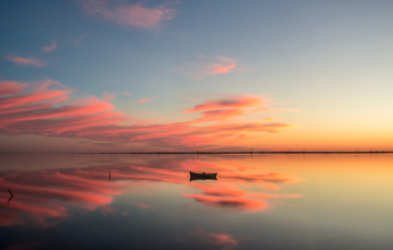
Djerba Island The great island of the Tunisian South and Zarzis, its neighbour on the mainland, are one of the mos...
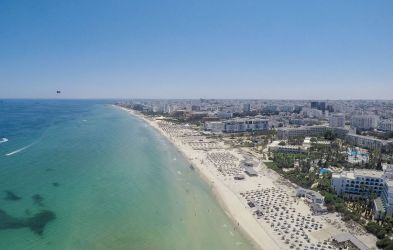
Sousse and Port El Kantaoui Major coastal resort and historical city, Sousse has two faces. Enjoy the enormous beaches of Sousse...
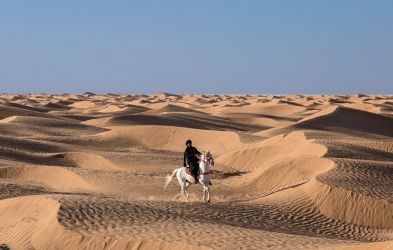
The Tunisian South From Tozeur to Tataouine via the vast sandy desert, the Tunisian South is a true world of its own wh...
Tunis and the Coasts of Carthage
Tabarka and aïn draham, hammamet and cape bon, djerba island, sousse and port el kantaoui, the tunisian south.
More Destinations

Top stories
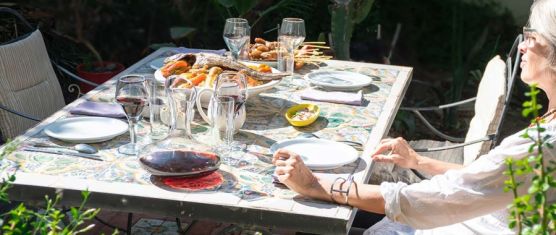
Tunisia’s Culinary Journey
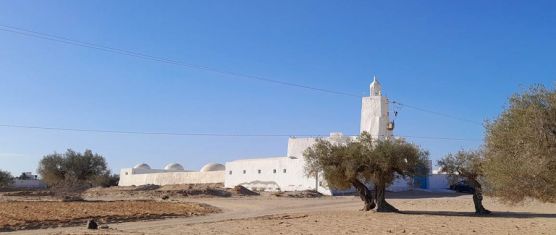
On the trail of Djerba’s mosques
Thalasso, a good reason to go to tunisia.
Tunisia is establishing itself more than ever... Read More
The Bardo Museum reopens!
Tunisia’s most prestigious museum has reopened under the sign of the godd... Read More
Tourbet el-Bey, tomb of the Beys of Tunis
It is the collective mausoleum of the last dynasty that ruled Tunisia. A monument of austere appeara... Read More
Nabeul and its Jewish memory
... Read More
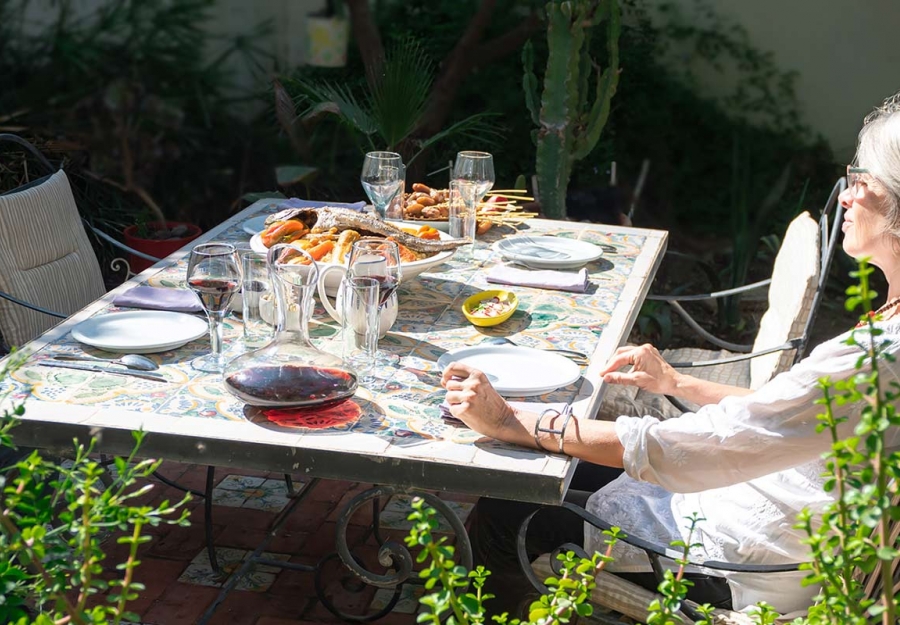
Experiences
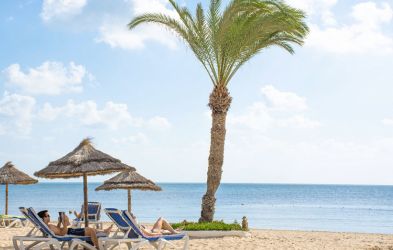
WORLD HERITAGE
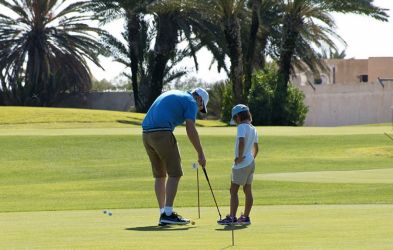
Our Partners

> Visiting a hotel > Tunisia in videos > Mouch normal!
- Travel to Tunisia (Last update)
- Health protocol

You are here
The most amazing museum of mosaics in the world can be found in Tunis, in the former Bey palace, the Bardo, comprehensively renovated and extended in 2012. This museum houses a unique collection of Roman antiques. Take the time to marvel at the countless masterpieces of Tunisia’s mosaic artists, who were the most renowned in the Roman world.
Still in Tunis, visit the Sidi Qacem Jellizi ceramics museum, dedicated to a 15th century master ceramicist, and the Museum of Popular Art and Traditions, housed in the Palace of Dar Ben Abdallah. In Carthage, the archaeological museum boasts some really exceptional exhibits, including a sculpted sarcophagus and a small statue of the god, Baal. Depending on your particular area of interest, you can choose between Carthage’s Oceanographic Museum and the museum of musical instruments in Ennejma Ezzahra, in Sidi Bou Said.
In the North West of the country, the modern Chemtou Museum offers lots of information about Numidia, an ancient indigenous civilisation that flourished alongside Carthage (and is actually home to the remains of a temple dedicated to the Numidian King, Massinissa). The Museum of Popular Art and Traditions in Kef is housed in a stunning 18th century religious building. It is a mine of information about the equestrian tradition, clothing and jewellery from the North West and life in Bedouin tents.
In Kairouan, the Raqqada Museum presents some incredibly valuable medieval pieces, including lustre-glazed ceramics and manuscripts such as the famous Blue Qur’an.
Sousse boasts a first-rate archaeological museum with some exceptional Roman mosaics. Also worth visiting are the reconstruction of a Roman villa in El Djem and the museums of Popular Art and Traditions in Sousse, Monastir and Mahdia.
In Sfax, the former Kasbah is now a museum dedicated to historic architecture; the Dar Jallouli Palace is an understated, majestic 17th century house, where you’ll find beautiful objects that once graced the homes of well-to-do families. In Djerba, the Traditional Heritage Museum is dedicated to different aspects of life on the island (clothes, pottery, agriculture, fishing), while the Guellala Museum focuses on scenes from traditional life.
Universal heritage
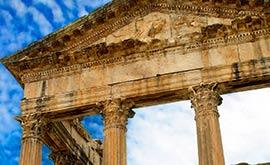
Contemporary culture
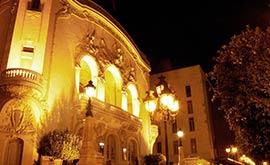
Unmissable sites
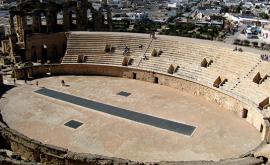

Tunisia: People, Culture, and Traditions
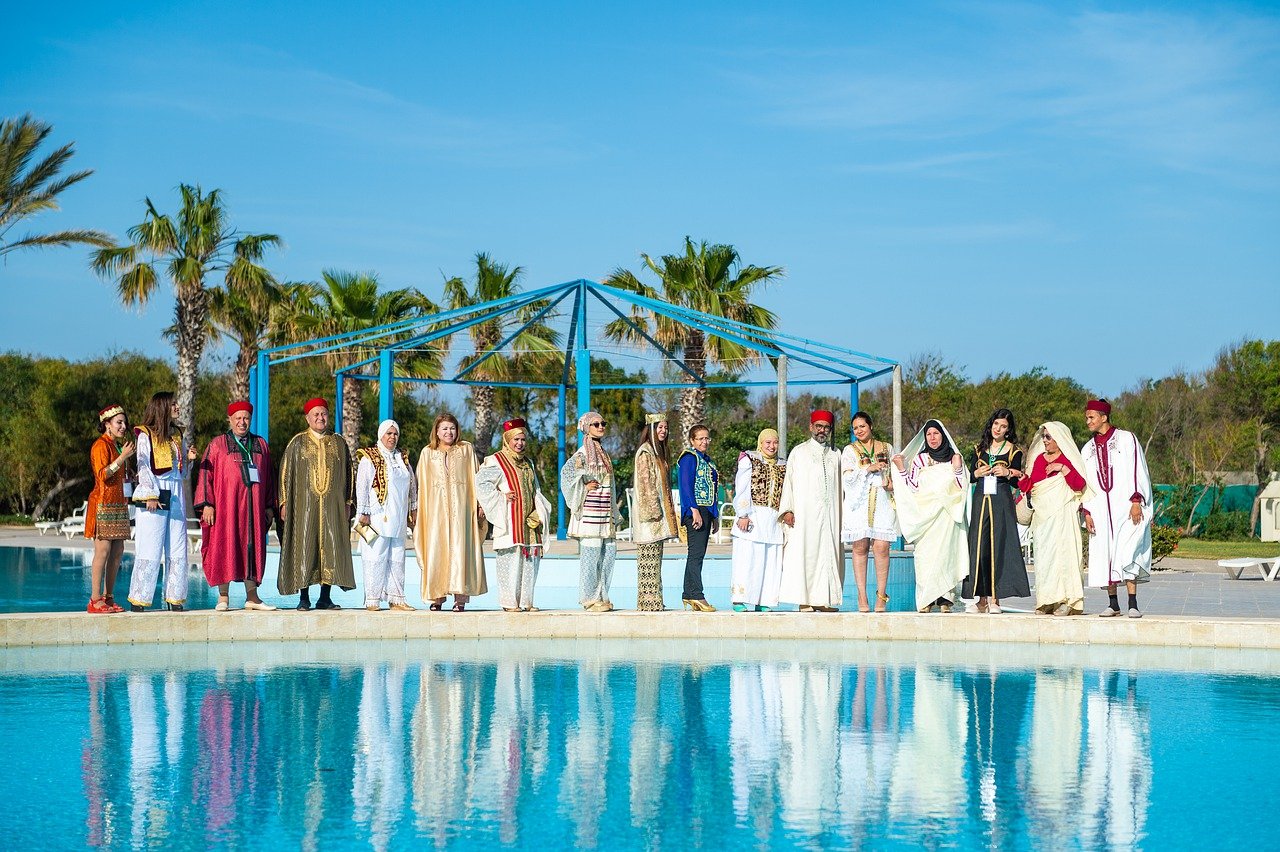
Like many North African countries, Tunisia’s history is littered with migratory forces, conquest, and colonization.
All the great empires of the Mediterranean basin have inhabited and ruled this area -leaving mysterious and fascinating vestiges that continue to enthrall tourists and visitors to this day.
The rich social and cultural heritage that can be found in modern-day Tunisia is largely attributed to major influences that the country has fostered over the course of history.
From the Phoenicians, the Roman, and the Vandals, to the Arabs and the French, each of these dominant powers has managed to leave an indelible mark on the people of Tunisia as well as their cultural scene, customs, and traditions.
Table of Contents
The People & Society of Tunisia
As of 2018, Tunisia has a population of 11.57 million and the vast majority of the country’s inhabitants are of Berber ancestral descent.
Around 98% of Tunisians are Muslim, with the remaining 2% being Jewish minorities and Christians.
Tunisian society is young, with the median age in the country being 31.3 years and 70% of the population being urban.
Tunisia has changed ever since independence, especially women’s position in society, with them being able to go out to work and fulfill, otherwise patriarchal, roles, whether it is at home or in the public sphere.
The country has a contemporary and well-developed education system.
Primary education is compulsory, and there is great emphasis on learning language, particularly French and Arabic, though elite schools teaching in English are becoming more popular by the day.
This is reflected in the literacy rate of the whole population, as it has been in continuous growth since 1960, and is now a whopping 81.8%.
Tunisia is much freer than other Arab and Muslim countries, its people much more liberal than their North African counterparts.
Tunisian fashion, in addition to the overall dominant dress code and everyday attire, is heavily inspired by European and Western practices.
And although Tunisians have readily embraced these foreign influences, they are vigilantly aware of the need to uphold their own values.
With that said, even westernized Tunisians still adhere to customary values, namely the importance of the family unit and its central role in social life.
The people celebrate both Islamic holidays as well as secular and national ones.
Tunisian Culture & Traditions
Tunisia’s busiest tourist attractions and prominent areas show countless signs of Western and European influences.
From fast-food joints and movie theaters to modernized cafes and restaurants, these epicenters are ever subject to the hustle and bustle of urban life.
In juxtaposition with these modern monuments and benchmarks lies the slow-paced development of traditions and customs.
For instance, mosques and bathhouses (Hammams) are still vital components of Tunisian society.
In a way, Tunisian culture has evolved over the course of history through interlacing strands of European tradition with those of Arab and Islamic cultures.
Rather than simply superseding their predecessors, the Tunisian people worked on blending such an eclectic mix of cultures, languages, religions, and ethnicities into one stunningly diverse melting pot.
This fusion is most notable in the Tunisian music scene, which combines Berber and Andalusian influences.
Traditional acoustics also make it to today’s Tunisian modern pop music. On the other hand, Tunisian literature is mainly associated with the Arab world.
In its infant state, the works of literature were primarily theological and historic in nature.
Though the second half of the 20th century has known a huge increase in Tunisian writers expressing themselves in French.
The Arts of Tunisia
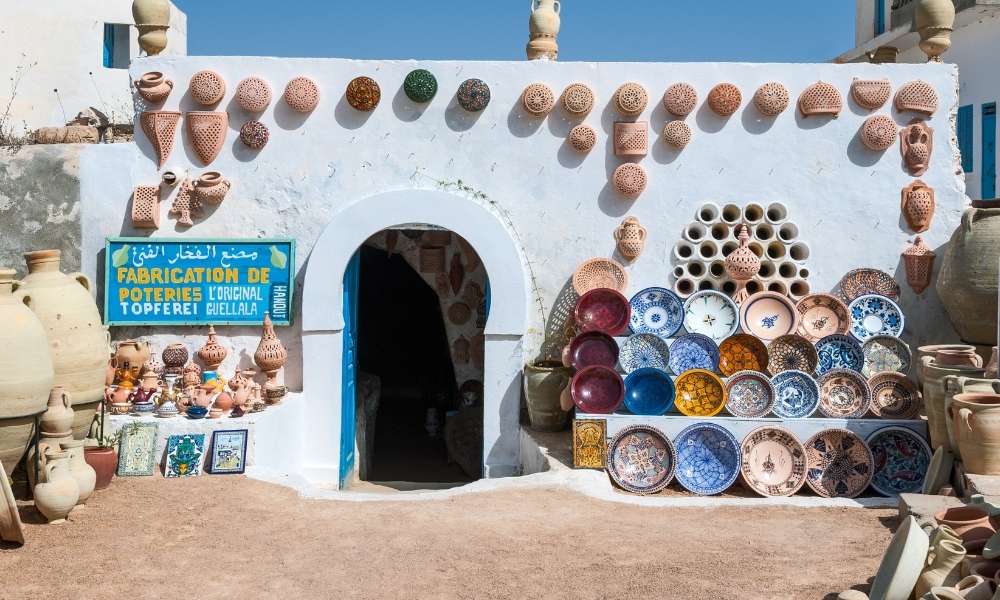
Pottery and ceramic arts have flourished all throughout the Mediterranean basin, particularly during the Roman era.
Entrenched in Andalusian and Italian influences, ancient Tunisian mosaics are renowned for being one of the definitive indicators of how expansive the country’s history is.
A great many intriguing artifacts have been found, some of which date back to the 2nd century AD.
Most areas in Tunisia, particularly during the 3rd century had their own mosaic workshops where master crafters and apprentices would produce wonderfully colorful designs with distinct color palettes making allusions to the vibrant African heritage.
This would include vivid imagery of wildlife, hunting, and nature.
Many of the mosaics crafted were largely used to embellish floors, buildings, mosques, and other amenities.
In fact, ceramics have become an essential decorative component in Tunisian architecture. So in a way, these buildings in of themselves are towering works of art that demand recognition and acclaim.
Tourism in Tunisia
Tourism is a major source of income for Tunisia and the country has allocated sizable budgets as an investment in developing and improving its tourism infrastructure.
The country accounts for 8 million visitors annually. This number of visitors generates around $2 billion of revenue on a yearly basis.
The multitude of hotels, state of the art international airports, as well as commendable passenger ports connecting Tunisia to the rest of the world, can provide tourists with a supreme travel experience.
The country’s 800 miles of coastline with its golden beaches and deep blue oceans make it the perfect destination for late spring/early summer holidays.
Tourism has also known a significant boost due to movie makers who have tapped into the full potential of Tunisia’s gorgeous landscapes, diverse climates, and varied ecosystems.
This is in addition to the many attractions and fun activities like golfing, hiking, horse riding, swimming, camel-trekking, fishing, and diving
Similar Posts

Arab American Experience
The United States is home to a vibrant and diverse community of Arab Americans, with a rich history and culture that dates back centuries. Arab…
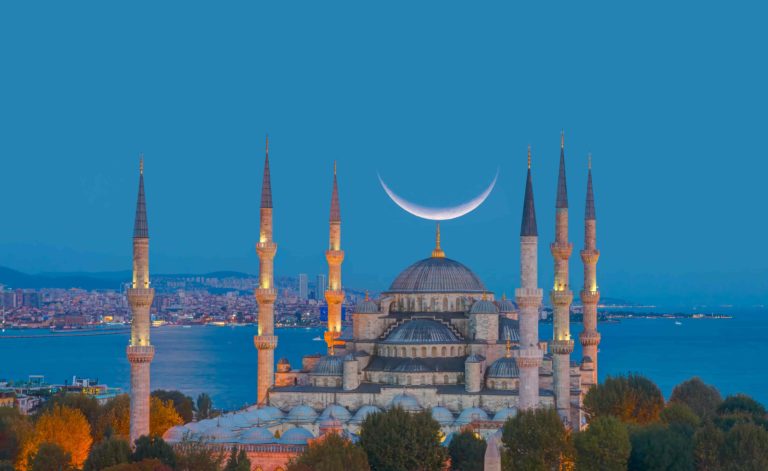
Islamic and Arabic Architecture
Take a walk in any Arabic or Islamic city and you will be stunned by the beauty of the architecture. Some of the most dazzling…
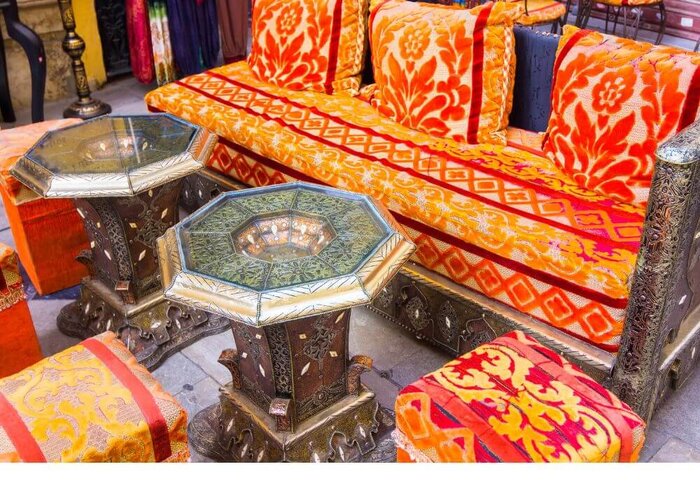
Arabic Furniture
The first thing you will notice when entering an Arab home is the unique furniture and decor that is common in many Arab households. This…
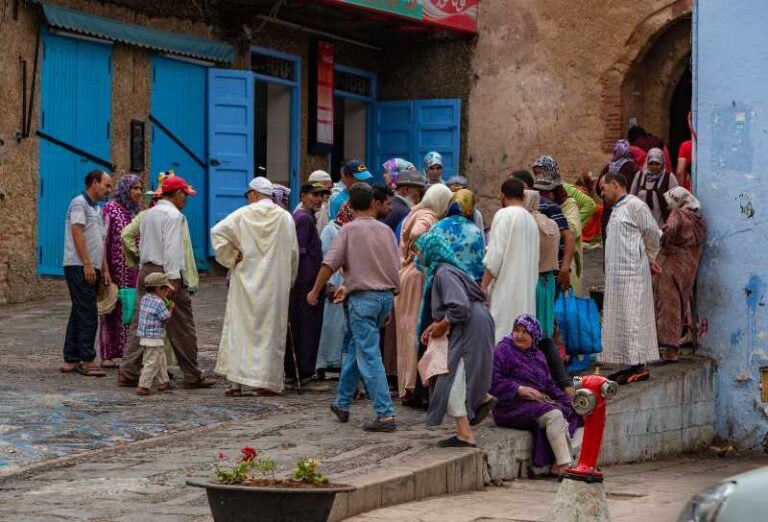
Moroccan People: Culture and Traditions
Morocco is located in the Northwest of Africa. It is bordered to the north by the Mediterranean Sea and to the west by the Atlantic…
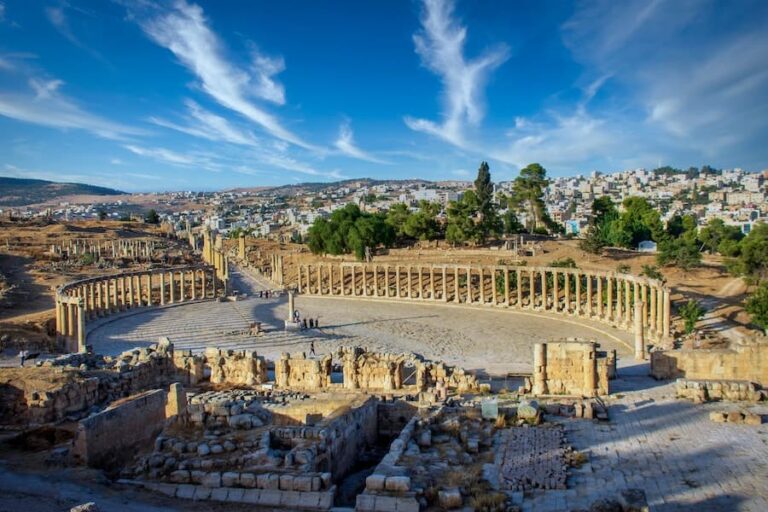
Jordan People, culture, and traditions
Jordan’s role in the Middle East is crucial in maintaining peaceful geopolitical relations. Despite the lack of natural resources such as oil and gas that…

Education in Morocco
Education is essential for the development of a nation. Indeed, education is arguably the most important element in nation-building. It is important for individuals to…

Cultural Tourism in Tunisia

Tunisia - Rich in Culture!
Carthage Carthage’s successor, Tunisia is an ancient civilisation, enriched by different cultures through the ages. By visiting the country and its museums you can admire the prolific creativity of Roman and African mosaic artists, the powerful beauty of the El Djem Amphitheatre and the Great Mosque of Kairouan, the delicate elegance of the Capitol in Dougga or the palaces in Tunis, the moving simplicity of Djerba’s architecture… You can find out about the Berber traditions that still continue today, lifestyles that have adapted to the most hostile of environments and the incredible variety of customs and crafts. You can also familiarise yourself with a modern culture with its arms outstretched to the rest of the world.
Universal Heritage Over its history, Tunisia has always walked the fine line between Africa, the East and the West. Medinas, fortresses, Roman remains… seven sites and monuments are UNESCO World Heritage sites, thanks to their cultural value: Carthage, Dougga, El Djem and Kerkouane and the medinas of Tunis, Kairouan and Sousse.
Tunisia has managed to maintain a wonderful balance between its many different influences. Refugees from Andalusia, craftsmen from Italy and Turkish commanders have all left their mark. That’s why Testour’s minarets remind us of Spanish architecture, the ceramics in Kairouan include Ottoman motifs and the tombs of the Beys – the rulers of Tunis – are decorated with marble in the style of the Italians. Similarly, emancipated African slaves are behind a specific musical style known as “stambali”. This cultural richness can also be found in the food, with Berber, Andalusian, Jewish and Italian roots
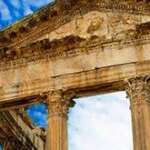
Museums The most amazing museum of mosaics in the world can be found in Tunis, in the former Bey palace, the Bardo, comprehensively renovated and extended in 2012. This museum houses a unique collection of Roman antiques. Take the time to marvel at the countless masterpieces of Tunisia’s mosaic artists, who were the most renowned in the Roman world.
Still in Tunis, visit the Sidi Qacem Jellizi ceramics museum, dedicated to a 15th century master ceramicist, and the Museum of Popular Art and Traditions, housed in the Palace of Dar Ben Abdallah. In Carthage, the archaeological museum boasts some really exceptional exhibits, including a sculpted sarcophagus and a small statue of the god, Baal. Depending on your particular area of interest, you can choose between Carthage’s Oceanographic Museum and the museum of musical instruments in Ennejma Ezzahra, in Sidi Bou Said.
In the North West of the country, the modern Chemtou Museum offers lots of information about Numidia, an ancient indigenous civilisation that flourished alongside Carthage (and is actually home to the remains of a temple dedicated to the Numidian King, Massinissa). The Museum of Popular Art and Traditions in Kef is housed in a stunning 18th century religious building. It is a mine of information about the equestrian tradition, clothing and jewellery from the North West and life in Bedouin tents.
In Kairouan, the Raqqada Museum presents some incredibly valuable medieval pieces, including lustre-glazed ceramics and manuscripts such as the famous Blue Qur’an. Sousse boasts a first-rate archaeological museum with some exceptional Roman mosaics. Also worth visiting are the reconstruction of a Roman villa in El Djem and the museums of Popular Art and Traditions in Sousse, Monastir and Mahdia.
In Sfax, the former Kasbah is now a museum dedicated to historic architecture; the Dar Jallouli Palace is an understated, majestic 17th century house, where you’ll find beautiful objects that once graced the homes of well-to-do families. In Djerba, the Traditional Heritage Museum is dedicated to different aspects of life on the island (clothes, pottery, agriculture, fishing), while the Guellala Museum focuses on scenes from traditional life.
Contemporary Culture At the beginning of the 20th century, new European architectural trends arrived in Tunisia’s towns and cities. Art Nouveau, Art Deco and Arabisance crept into Arabic architecture. In the 1940s, a modern school of Tunisian painting was born, the Tunis School. Today, there is a real explosion in artistic expression. Photography, plastic arts, performances and installations are regularly showcased in art galleries and public spaces during the Dream City biennale. Tunisian theatre, born in the 1910s, explores new territories, as does contemporary dance, music and cinema, celebrated by a Pan-African festival founded in 1966.
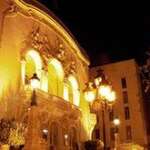
Unmissable sites Carthage Legend has it that Carthage (north of Tunis) was founded by the Phoenician Queen Elissa, also known as Dido, in 814 BC. Longstanding rivals of the Greeks, the Carthaginians – also known as the Punics – were in control of a network of trading posts in the Mediterranean, from Spain to Sicily. The Romans destroyed the city in 146 BC, then rebuilt it and made it the capital of the rich province of Africa. Some fragile remains of Punic Carthage can still be seen today: the areas where Mago and Hannibal lived and the Punic ports. The Roman ruins show the city’s opulence: the Baths of Antoninus, whose main room was 30 metres tall and whose cisterns had a capacity of 60,000m3, and the Basilica of Damous El Karita which was the largest in Africa, as well as many more.
Kerkouane Punic civilisation has held on to many of its secrets. Carthage itself has only held on to a few rare vestiges of this time. Which is why Kerkouane (in Cap Bon) is so important. It has never been rebuilt since it was abandoned in the 3rd century BC. Kerkouane is a Punic Pompeii: you can see the typical urban layout of a small Carthaginian town. The wide, regular streets lead into squares and courtyards; the great gods of the Punic pantheon – Baal, Tanit, Ashtart, Eshmun and Melqart – were worshiped in an open-air sanctuary.
Dougga The archaeological site of Dougga is one of the most spectacular in Tunisia. Its ruins are surrounded by olive trees and nestled into a cliff facing a slightly inclined plateau; over 70 hectares, they trace out the contours of an almost completely preserved Roman town. Once a royal Numidian town, in Roman times, Dougga, or Thugga, was adorned with decadent monuments: the Capitol, whose pediment bears a depiction of Emperor Antoninus’s elevation to godhood, the 3,500 seat theatre, the Temple of Juno Caelestis encircled by a semi-circular portico, where the Carthaginian goddess, Tanit, continued to be worshipped in secret. These monuments date back to the 2nd and 3rd centuries, a time of great prosperity for Roman Africa, and they are some of the best preserved of the whole Roman world.
El Djem Not many ancient sites are as impressive as the Roman Coliseum at El Djem. In this enormous amphitheatre, inspired by the one in Rome and architecturally flawless, epic entertainment was put on pitting hunters against wild animals.
Medinas Although the medinas of Tunis, Kairouan and Sousse are UNESCO World Heritage sites, there are plenty of others that are well worth a visit, including the one in Sfax. The medina in Tunis boasts a stunning example of 9th century architecture, the Ez-Zitouna Mosque, as well as many other monuments dating back to the Ottoman Empire including the Hammouda Pacha Mosque, the Madrasa Slimania and the tomb of the princess Aziza Othmana. The Art Nouveau, Art Deco and Arabisance buildings around the medina are also worth checking out. The medina in Sousse is staggered up the side of a hill facing the sea. It is a real treat to explore the narrow little alleyways with their bygone atmosphere and haggle in the souks. Overlooked by the imposing silhouette of the Khalef Tower, the old town has managed to preserve its medieval ramparts and many monuments that bear witness to its past as a stronghold: the Ribat, a small fort and religious retreat, the Grand Mosque that looks like a fortress and the imposing Kasbah. In the medina in Kairouan, the Great Mosque is well worth a visit: non-Muslims are allowed to enter the courtyard and see the prayer room, a majestic forest of arches and ancient columns. You can also climb up the minaret, inspired by the Lighthouse of Alexandria. You’ll be amazed by the power and simplicity of this 9th century architecture. The contrast is striking between that and Kairouan’s other great monument: the graceful Zaouia of Sidi sahib (or “Barber’s Mosque”), whose wide courtyards are decorated with brightly coloured stones.
The medina in Sfax is one of the best preserved in the whole of the Mediterranean basin, and is laid out like a typical old Arabic town. Its crenelated battlements, built in the Middle Ages, are studded with huge doors: the oldest ones were built as defences to hold back invaders. The Great Mosque, built in the 9th century, occupies a central position.
You May Also Like

Flavors of Tunisia
All the flavours you could imagine can be found in Tunisia. Whether you’re in a city restaurant or a hotel, you’ll come across fantastic Asian cuisine and tapas bars as well as French and Italian dishes.
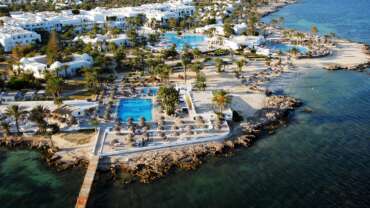
Beaches in Tunisia
Your hotel will have plenty to offer to fill your time, from aqua aerobics and traditional aerobics to beach soccer. If it’s an adrenaline rush you’re after, try Fly Fish, parasailing or giant water slides.
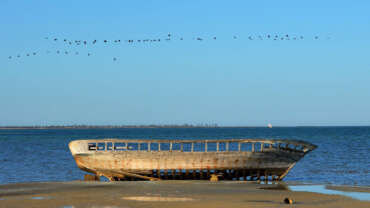
Spa & Wellness in Tunisia
Tunisia is a fantastic destination when it comes to wellbeing. The country is renowned for its hospitality, with its Mediterranean climate and the sweet smell of jasmine and orange blossom….
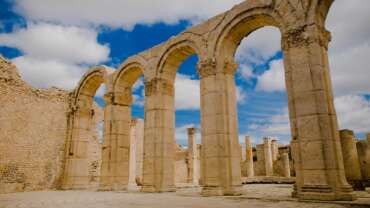
Activities in Tunisia
Tunisian youngsters love to have a good time. In a big marquee, on the beach, in a garden lined with palm trees or right in the middle of the desert… they’re all perfect for dancing! Tunisia boasts some huge open….
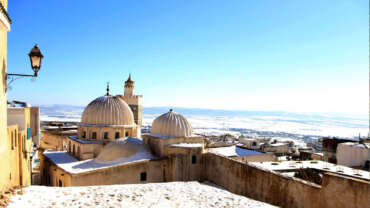
Arts & Crafts of Tunisia
Tunisia has a rich tradition of weaving rugs. The story goes that in the 19th century, the daughter of the Ottoman governor was the first person, in Kairouan, to weave a carpet using wool to give to one….
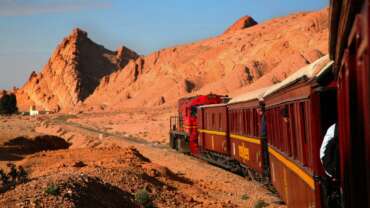
Sahara in Tunisia
The magic of light, bracing air, landscapes that stretch out to infinity and the bare purity of the desert… The call of the Sahara rings out louder as modern life becomes more restrictive and oppressive.
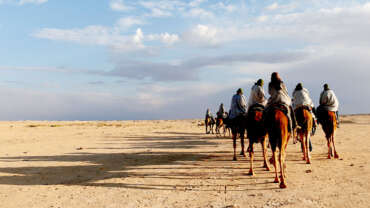
Experiences in Tunisia
There’s so much to see and do in each region of Tunisia: a wide variety of landscapes, a coastline spanning 1,250km, studded with islands and archipelagos, a fantastic array of traditions and customs and a….
Proceed Booking
Already a member, don't have an account create one., or continue as guest.
WhatsApp us

Where do you want to stay?
Where do you want to go.
Join more than 20k+ fans on facebook! Enter our contests and benefit from free monthly giveaways!
More than a thousand followers and counting! Get quick updates and free destination guides.
Our youtube channel has many tunisia travel videos that will show you the best destinations to visit.
Enter your email address and download the Tunisia Guide* for FREE!
Email address:

Our Latest Articles

Tourism in Tunisia
It’s understood that Tunisia’s tourism industry really got going in the 1960s and over time, it has become one of the main sources of income for the country. Millions of people flock from all over the world and not only that – the country also attracts millions of domestic tourists each and every year.
When you take a look at the nation in detail, the above really isn’t surprising.
Tunisia is one of the few countries which can well and truly cater for the masses. It manages to combine climate, golden beaches, history and shopping and create something of an “all-round” experience.
When you also consider the cost of Tunisia – visiting is an absolute no-brainer for most people. All of the above factors arrive at a much lower cost in comparison to other destinations and it means that since the turn of the millennium, tourism has boomed.
Beaches in Tunisia

Suffice to say ,there are some regions of the country which are more suited to the beach enthusiast than others. While we will take a look at some of the most prominent tourist destinations a little further down the guide, if you’re specifically looking for the best beaches in Tunisia the following regions will most certainly satisfy you:
History in Tunisia

Then, there is the history. This is arguably an even bigger pull for visitors; Tunisia has some of the most intriguing historical sites in the world and on the whole, these have been preserved fantastically well.
This is where the country really comes into its own and if you’re the type of tourist who likes to lap up culture, sights and general history, there are countless attractions that can fill your stay.
From the famous amphitheatre that has staged some of the most renowned movies in the world such as Gladiator, to ancient towns which have hosted the Star Wars set – many people don’t realise how much the country has to offer. The following attractions are seen as the most impressive in the country:
El Jem Amphitheatre – Arguably the most famous attraction in Tunisia, this is something that we will speak more about further on in the guide. In short, much of this amphitheatre is still preserved – allowing guests to get a feel for what life used to be like for Roman gladiators. It’s also worth mentioning that this is the third largest amphitheatre in the world – it can hold 35,000 spectators.
Matmata – If you’re a Star Wars enthusiast, tune in now. Matmata is a small village in South Tunisia, focussing on caves which are used as homes. It has been used as a filming location for Star Wars, while any Call of Duty fans may recognise the area as some of the game’s missions are based in it.
Dougga – If you want a bit of everything, this is where Dougga comes into play. The area has everything from a forum, amphitheatre to public baths – with some of the sites dating back to the second or third century BC. This is yet another UNESCO World Heritage site which is based in the country.
Carthage – With La Malga Cisterns, Byrsa Hill, the Zaghouan Aqueduct, a national museum, port, theatre, villas and countless other historic attractions based in Carthage – one could argue that this is the capital of Tunisia’s history. It’s hardly primed in terms of accommodation, which means that most guests only take day trips to it. Nevertheless, with so many different historic attractions housed in one area, it’s hugely popular.
Sousse Medina – Enclosed by Sousse’s city walls, this medina is certainly one of the more interesting ones in Tunisia. It’s ideal for any shopping enthusiasts and is yet another historic attraction that has been declared a UNESCO World Heritage Site.
Shopping in Tunisia

While the former do exist, it’s the smaller establishments which can really offer gems and provide a completely unique shopping experience.
What are the major cities which cater for tourism?
Understandably, not every city in Tunisia is going to cater for tourism. While some people may like to frequent the smaller areas, the ones which are perhaps “off the track”, if you’re looking to get the absolute most out of the country there are certainly some cities which take precedence over others.
The following seven are the “big players” so to speak, and can offer the most to anyone visiting the country.
The location of Tunis would suggest that it should house some of the best beaches in the country, but in comparison to some of the other cities we’ll look at this isn’t the case. Instead, despite being the capital of the country, Tunis is one of the smaller cities on our list and is going to appeal to those of you who appreciate culture.
Some people will stay in Tunis to take advantage of all of its amenities, whilst traveling to the nearby Carthage to see the famous Roman ruins.
In terms of the must-see attraction in Tunis itself, it doesn’t come much bigger than Zitouna Mosque. The fact that this is the largest mosque in the country speaks volumes about its status, while it also dates all the way back to the 8th century and this means that it boasts some interesting architecture as well. There are several souks based around the mosque, meaning that visitors really can make a day of this attraction.
With this city having its own airport, it stands to reason that it’s going to be popular amongst tourists.
However, it could be said that the excellent transport links perhaps distort this city in the wrong light. Most people are under the assumption that any city with an airport is going to be relatively new and modern – yet this couldn’t be further from the truth with Monastir.
This is one of the most ancient in Tunisia and anyone who wants to tick off as much history and culture as possible should most definitely arrange a trip to this area.
While there are plenty of “tourism activities” such as golf, karting and scuba-diving to sink your teeth into, it’s the historical attractions which make Monastir tick.
The pick of the bunch comes in the form of Forte El Ribat, which as the name may probably suggest, is a fortress. It is incredibly well-preserved and situated right beside the sea, it also provides some fantastic views and is a photographer’s dream. There are various activities that you can engage in here, such as taking a ride on a horse-drawn cart, meaning that you really can spend a good few hours in the fortress. Additionally, and this is something which attracts a lot of people nowadays, is the fact that Monty Python’s Life of Brian was filmed here.
In comparison to the other regions of Tunisia we have looked at, there’s no doubt that Djerba is much different . This is in fact an island in South Tunisia and if you’re looking for the best beaches, this is where your vacation should be planned.
Therefore, if you’re in the business for golden beaches – Djerba should be your pick. Unlike some destinations which rely on their sands, Djerba hardly boasts a bustling and vibrant scene . Instead, it still retains a lot of its history and is a quaint destination that is ideal for anyone who is looking to relax.
Beaches are the primary reason anyone would visit this island, but there are still several attractions which can prove interesting. Arguably the pick of them comes in the form of Djerbahood – which is completely different to most of the attractions that are based in other cities we’ve covered.
On first look, Djerbahood is situated in something of a downtown district – a town called Hara Sghira Er Riadh.
However, as you venture further towards it, you’ll see some of the most stunning street art around. Again, all of the street art is based in a downtrodden area and you will have to navigate through trash and all sorts of other obstacles – but most people visiting the island can’t recommend this attraction enough.
Another area that is renowned for the beach is Hammamet. The fact that this is the oldest tourist area in Tunisia immediately makes many people think that it will be overflowing with attractions. Instead, it’s the beach which gets the most attention and most visitors are taken in by the white sands and clear waters.
Just like any beach-destination which targets tourism, there are all sorts of small attractions that you and the family can take advantage of. Water sports are popular in Hammamet and if you’re particularly keen on jet-skiing, tubing or paragliding you will be well catered for.
The age of the town means that there are still some historic sites to take in. Many visitors are intrigued by the fortress walls and the mosque which are both very well preserved. However, it would be fair to say that Hammamet is another Tunisian region which caters for the beach enthusiast – particularly if you like to be surrounded by plenty of bars and restaurants.
Sousse is probably one of the most famous destinations in Tunisia – and it’s for good reason. It’s a city which has a bit of everything and as well as fantastic beaches, there are countless attractions to see.
One could pen a whole dissertation on the magnitude of attractions within Sousse – there really is that much to see and do. However, most visitors will be quick to recommend the Medina before anything else. While other regions of the country also have a medina, the one in Sousse happens to be completely authentic and has therefore been classed as a UNESCO World Heritage site. It’s here where you can barter away with local merchants and attempt to take advantage of all of the local products which are on offer.
Considering Sousse also has the Great Mosque, Mosaic Museum and even a Camel market – this is certainly a city which caters for anyone who wants the complete Tunisian experience.
It might be one of the smaller towns in Tunisia, but with El Jem housing the remains of a Roman amphitheatre it means that it simply has to be included on our list.
First and foremost, this isn’t any old amphitheatre – it’s a UNESCO World Heritage site and is one of the best preserved in the world. With movies such as Gladiator and Monty Python’s Life of Brian also being filmed there – it means that it’s always a favourite amongst visitors.
While there is also a small museum, most people will only take to El Jem for a day trip. Sousse is within suitable travelling distance and has a lot more accommodation options.
Port El Kantaoui
This is actually located around 10km from Sousse, but the fact it was only created in the late 1970s means that its worthy of its own separate section. Port El Kantaoui was specifically built for tourists and while Sousse might have been formed quite naturally, this is an area which is artificial in every way possible.
It boasts its own harbour, a PGA-approved golf course and everything else that the modern-day tourist would expect. You might not see the sights, history and culture of Tunisia by visiting Port El Kantaoui, but if you’re just looking for plenty of restaurants, shops and enjoyable activities then this region could be suitable.
A summary on tourism in Tunisia
As you can see, the state of tourism in Tunisia is vast. This isn’t a country which is just going to satisfy one element of a holidaymaker’s trip – it can tick several which is why it has proved to be so popular over the years.
Of course, if you are looking to just take advantage of the climates and beaches, some areas are better suited than others. At the same time, any person who is visiting purely for historic and cultural reasons is most probably going to visit Monastir and perhaps ignore the places which are more tuned towards beaches, like Djerba.

News & Events
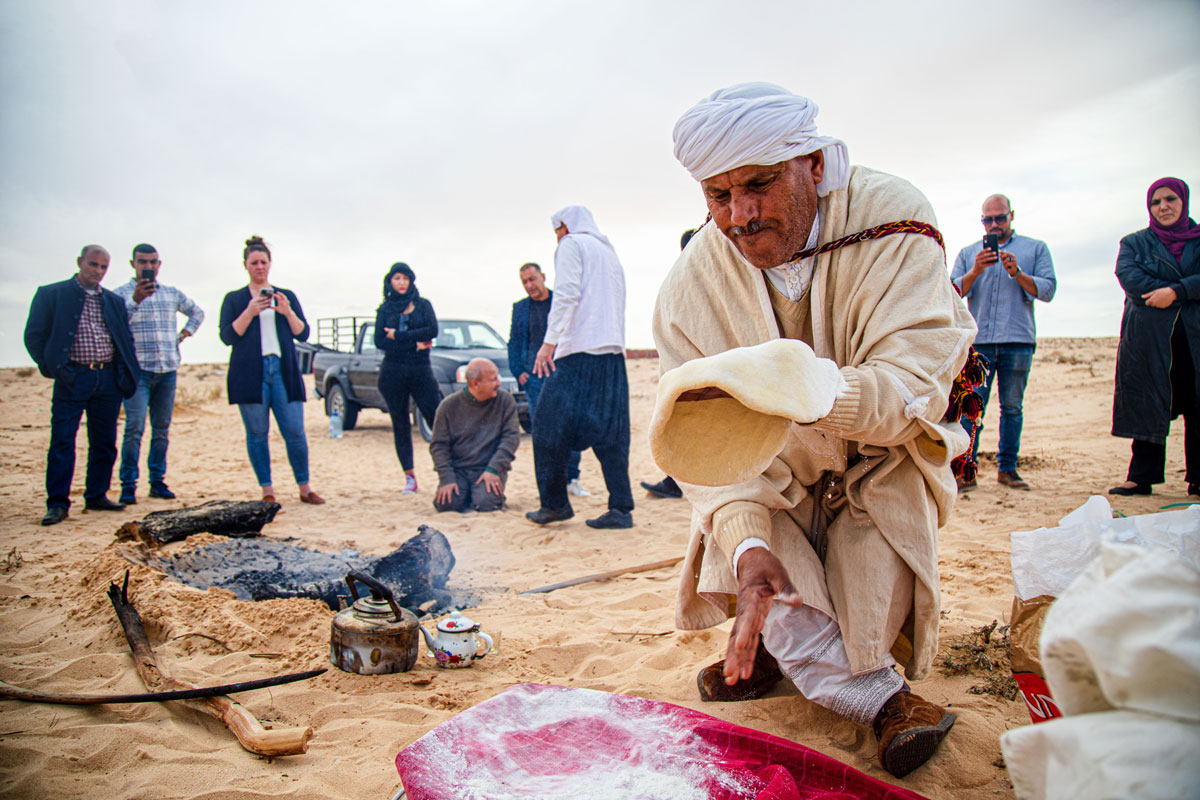
The Visit Tunisia team participates in a tourism experience on the nomadic culture of Beni Ghrib. In this photo, a guide teaches a traditional method for baking bread in the sand. Photo by Raafet Khiari
Cultural Sustainability
Center Partners with USAID on Developing Sustainable Tourism in Tunisia
In March 2022, the Smithsonian Center for Folklife and Cultural Heritage launched a new partnership with the United States Agency for International Development (USAID) Visit Tunisia Activity to develop community-based cultural heritage tourism.
Over the course of the five-year activity, the Center will provide participatory workshops, mentorship, and exchange opportunities and work with in-country partners to create cultural heritage tourism experiences that benefit both visitors and communities.
Drawing on the Center’s work on the My Armenia Cultural Heritage Tourism Program and ongoing work in Bosnia and Herzegovina with the USAID Turizam project , the Center will partner with the Visit Tunisia team to develop incubators for artisans and festivals and work intensively with tourism experiences to create community-based offerings that highlight Tunisia’s cultural heritage.
“Tunisia’s living culture is as diverse as its natural landscapes,” said Halle Butvin, director of special projects at the Center. “We are so excited to support communities in sharing their stories with the world—through local festivals, tourism, and Smithsonian platforms.”
To kick off the partnership, Butvin and Cultural Industries project coordinator Sloane Keller traveled to Tunisia in March 2022 to conduct research, plan activities, and lead training workshops for 230 cultural festival and event organizers. During the three-week trip, they led five workshops drawing on Smithsonian Folklife Festival modes of presentation, highlighting the importance of community-centered design and providing a toolkit for festival management. The trip also included fifty site visits to meet with artisans, youth associations, women’s collectives, and cultural heritage tourism experience owners and operators.

“Tunisia’s rich and diverse cultural heritage has yet to receive the attention and appreciation from international travelers it deserves,” said Leila Calnan, chief of party of the Visit Tunisia project. “Partnering with the Center will help USAID Visit Tunisia shine a light on the beautiful and vibrant living culture found throughout the country.”
The northernmost country in Africa, Tunisia sits at the axis of Africa, the Middle East, and Europe. Its complex history weaves together centuries of Indigenous and adopted cultural traditions. In partnership with the USAID Visit Tunisia Activity, the Center aims to highlight the country’s rich and varied cultural and natural diversity so visitors may experience Tunisian hospitality and its vibrant, contemporary cultural life through music, dance, food, craft, and more.
This partnership builds on the Center’s growing Cultural Heritage Tourism Initiative , which supports tradition bearers to engage in tourism and to ensure their communities benefit from sharing their cultural heritage with the world.
About USAID Visit Tunisia
The USAID Visit Tunisia Activity works with public and private sector partners to enhance and diversify the tourism industry, by improving international marketing and quality standards, driving investment, delivering technical assistance to promising tourism businesses, and helping develop innovative tourism products and experiences.
Bolstering Tunisia’s sustainable tourism markets, particularly in underserved regions, and expanding opportunities for women and youth in the industry, are central themes of our work. Visit Tunisia delivers assistance through four strategic lenses—marketing and communications, product development, enabling environment, and investment and innovation—to build a more competitive tourism industry.
About the Cultural Sustainability Program
The Center for Folklife and Cultural Heritage’s Cultural Sustainability program works with communities to bolster efforts to preserve and practice living cultural heritage in the face of social, economic, and political challenges. Through its work, the program works to understand and mitigate threats to cultural sustainability, scale our impact through partnerships, convenings, and thought leadership, and transform public understanding of cultural diversity.
Email powered by MailChimp ( Privacy Policy , Terms of Use )
Travel, Tourism & Hospitality
Tourism in Tunisia - statistics & facts
National security and coronavirus-affected inbound tourism, main travel destinations and attractions, recovering economic contribution, key insights.
Detailed statistics
Absolute economic contribution of tourism in Tunisia 2014-2029
Monthly tourists arrivals in Tunisia 2019-2022
Change in tourism receipts in Tunisia 2019-2020
Editor’s Picks Current statistics on this topic
Current statistics on this topic.
Number of international tourist departures in Tunisia 2014-2029
Expenditure on international tourism in Tunisia 2014-2029
Related topics
Recommended.
- Key economic indicators of Tunisia
- Demographics of Tunisia
- Tourism industry in Egypt
- Tourism in Algeria
- Tourism in Morocco
Recommended statistics
- Premium Statistic Tourism sector GDP share in MENA 2020, by country
- Premium Statistic International tourism receipts in MENA 2020, by country
- Premium Statistic International tourist arrivals in MENA 2020, by country
- Premium Statistic International tourist departures in MENA 2020, by country
Tourism sector GDP share in MENA 2020, by country
Ranking of the tourism sector GDP share in MENA by country 2020
International tourism receipts in MENA 2020, by country
Ranking of the international tourism receipts in MENA by country 2020 (in million U.S. dollars)
International tourist arrivals in MENA 2020, by country
Ranking of the international tourist arrivals in MENA by country 2020 (in millions)
International tourist departures in MENA 2020, by country
Ranking of the international tourist departures in MENA by country 2020 (in millions)
Economic contribution
- Premium Statistic Share of the GDP of the tourism sector in Tunisia 2013-2028
- Premium Statistic Tourism capital investment in Tunisia 2015-2020
- Premium Statistic Tourism foreign exchange earnings in Tunisia 2015-2020
- Basic Statistic Employment in the travel and tourism industry in Tunisia 2019-2020
- Premium Statistic Direct employment in the tourism industry in Tunisia 2018-2021
- Basic Statistic Share of tourism employment in Tunisia 2019-2021
Share of the GDP of the tourism sector in Tunisia 2013-2028
Share of the GDP of the tourism sector in Tunisia from 2013 to 2028
Tourism capital investment in Tunisia 2015-2020
Tourism capital investment in Tunisia from 2015 to 2020 (in million Tunisian dinars)
Tourism foreign exchange earnings in Tunisia 2015-2020
Foreign exchange earnings from tourism in Tunisia from 2015 to 2020 (in million Tunisian dinars)
Employment in the travel and tourism industry in Tunisia 2019-2020
Contribution of the travel and tourism industry to employment in Tunisia from 2019 to 2020 (in 1,000 jobs)
Direct employment in the tourism industry in Tunisia 2018-2021
Direct contribution of the tourism industry to employment in Tunisia from 2018 to 2021 (in 1,000 jobs)
Share of tourism employment in Tunisia 2019-2021
Employment in the tourism industry as a percentage of the total employment in Tunisia from 2019 to 2021
Number of tourists
- Premium Statistic Number of international tourist arrivals in Tunisia 2014-2029
- Basic Statistic Monthly tourists arrivals in Tunisia 2019-2022
- Premium Statistic International tourists arrivals in Tunisia 2016-2021, by mode of transport
- Basic Statistic Distribution of inbound tourist arrivals in Tunisia 2021, by country
- Premium Statistic Number of international tourist departures in Tunisia 2014-2029
- Premium Statistic Monthly tourist departures from Tunisia 2019-2022
- Basic Statistic Main countries of destination of Tunisian tourists 2020
Number of international tourist arrivals in Tunisia 2014-2029
Number of international tourist arrivals in Tunisia from 2014 to 2029 (in millions)
Number of tourists arriving in Tunisia from January 2019 to September 2022 (in 1,000s)
International tourists arrivals in Tunisia 2016-2021, by mode of transport
Number of international tourists arriving in Tunisia from 2016 to 2021, by mode of transport (in 1,000s)
Distribution of inbound tourist arrivals in Tunisia 2021, by country
Distribution of inbound tourist arrivals in Tunisia in 2021, by country of origin
Number of international tourist departures in Tunisia from 2014 to 2029 (in millions)
Monthly tourist departures from Tunisia 2019-2022
Number of tourists traveling out of Tunisia from January 2019 to February 2022 (in 1,000s)
Main countries of destination of Tunisian tourists 2020
Distribution of outbound tourist departures from Tunisia in 2020, by country of destination
Tourism expenditure
- Premium Statistic Inbound tourism expenditure in Tunisia 2015-2021
- Premium Statistic Inbound tourism expenditure in Tunisia 2015-2021, by type
- Premium Statistic Inbound tourism expenditure in Tunisia 2015-2021, by trip purpose
- Basic Statistic Value of domestic and international tourist spending in Tunisia 2019-2020
- Premium Statistic Outbound tourism expenditure in Tunisia 2015-2021
- Premium Statistic Outbound tourism expenditure in Tunisia 2015-2021, by type
Inbound tourism expenditure in Tunisia 2015-2021
Annual expenditure of inbound tourists in Tunisia from 2015 to 2021 (in million U.S. dollars)
Inbound tourism expenditure in Tunisia 2015-2021, by type
Annual expenditure of international tourists in Tunisia from 2015 to 2021, by type (in million U.S. dollars)
Inbound tourism expenditure in Tunisia 2015-2021, by trip purpose
Annual expenditure of inbound tourists in Tunisia from 2015 to 2021, by main purpose of the trip (in million U.S. dollars)
Value of domestic and international tourist spending in Tunisia 2019-2020
Value of domestic and international tourist spending in Tunisia from 2019 to 2020 (in million U.S. dollars)
Outbound tourism expenditure in Tunisia 2015-2021
Annual expenditure of outbound tourists from Tunisia from 2015 to 2021 (in million U.S. dollars)
Outbound tourism expenditure in Tunisia 2015-2021, by type
Annual expenditure of outbound tourists from Tunisia from 2015 to 2021, by type (in million U.S. dollars)
Hotels and accommodation
- Premium Statistic Number of hotels and tourist establishments in Tunisia 2015-2020
- Premium Statistic Number of hotels and tourist establishments in Tunisia 2020, by area
- Premium Statistic Tourist accommodation capacity in Tunisia 2015-2020
- Premium Statistic Hotel occupancy rate in Tunisia 2015-2020
- Premium Statistic Number of international hotel guests in Tunisia 2015-2021
- Premium Statistic Overnight stays of international tourists in Tunisia 2015-2020
- Premium Statistic Hotel revenue per overnight stay in Tunisia 2015-2019
Number of hotels and tourist establishments in Tunisia 2015-2020
Number of hotels and similar tourist establishments in Tunisia from 2015 to 2020
Number of hotels and tourist establishments in Tunisia 2020, by area
Number of hotels and similar tourist establishments in Tunisia in 2020, by area
Tourist accommodation capacity in Tunisia 2015-2020
Tourist accommodation capacity in Tunisia from 2015 to 2020 (in 1,000 beds)
Hotel occupancy rate in Tunisia 2015-2020
Hotel occupancy rate in Tunisia from 2015 to 2020
Number of international hotel guests in Tunisia 2015-2021
Number of international tourists staying in hotels in Tunisia from 2015 to 2021 (in 1,000s)
Overnight stays of international tourists in Tunisia 2015-2020
Number of nights spent by inbound international tourists in hotels in Tunisia from 2015 to 2020 (in 1,000s)
Hotel revenue per overnight stay in Tunisia 2015-2019
Average hotel revenue per overnight stay in Tunisia from 2015 to 2019 (in Tunisian dinars)
Impact of COVID-19
- Premium Statistic Year-to-date change in tourist arrivals in Africa amid COVID-19 2022, by sub-region
- Premium Statistic Monthly international tourist arrivals in Africa amidst COVID-19 pandemic 2019-2022
- Premium Statistic Change in international tourist arrivals due to COVID-19 in Tunisia 2020-2022
- Premium Statistic Hotel occupancy rate in North Africa 2020-2023
- Premium Statistic Change in tourism receipts in Tunisia 2019-2020
Year-to-date change in tourist arrivals in Africa amid COVID-19 2022, by sub-region
Year-to-date change in tourist arrivals in Africa during the coronavirus (COVID-19) pandemic between January and July 2022, by sub-region (compared to January-July 2019)
Monthly international tourist arrivals in Africa amidst COVID-19 pandemic 2019-2022
International tourist arrivals in Africa from January 2019 to July 2022 (in 1,000s)
Change in international tourist arrivals due to COVID-19 in Tunisia 2020-2022
Monthly change in international tourist arrivals during the coronavirus (COVID-19) pandemic in Tunisia from February 2020 to July 2022 (compared to 2019)
Hotel occupancy rate in North Africa 2020-2023
Average hotel occupancy rate in North Africa from January 2020 to October 2023
Annual percentage change in tourism receipts in foreign currency in Tunisia from 2019 to 2020
Further reports Get the best reports to understand your industry
Get the best reports to understand your industry.
Mon - Fri, 9am - 6pm (EST)
Mon - Fri, 9am - 5pm (SGT)
Mon - Fri, 10:00am - 6:00pm (JST)
Mon - Fri, 9:30am - 5pm (GMT)
- GO Advanced search
- MENA - ENGLISH
- UAE - ENGLISH
- KSA - ENGLISH
- الشرْقُ الأوسَط
- Special Coverage
- AI: Shaping Digital Future
- Gaza-Israel Conflict
- UAE Realty Market
- Russia-Ukraine Crisis
- The Future of Cryptos
- Ramadan and Eid 2024
- Middle East
- Indian Sub-continent
- China and Asia Pacific
- UK and Europe
- North Africa
- Islamic Finance
- Islamic Business
- Islamic Finance Reports
- Islamic Finance Glossary
- COP28: Talking Climate in UAE
- Focus: Global Wealth Funds
- Banking & Insurance
- Hospitality
- Manufacturing
- Real Estate
- Retail & Consumer
- Technology and Telecom
- Transport and Logistics
- Travel and Tourism
- Commodities
- Fixed Income
- Alternative Investments
- Wealth Management
- Sustainability
- Business Insights
- Crime and Security
- Immigration
- Regulations
- Entertainment
- Leisure & Travel
- Construction
- Oil & Gas
- Green Press Releases
- Companies News
- Government News
- People in the News
- Research & Studies
- Events and Conferences
- Africa Press Releases
- Asia Press Releases
Tunisia: Bill on consolidating reliability of bank check processing amended
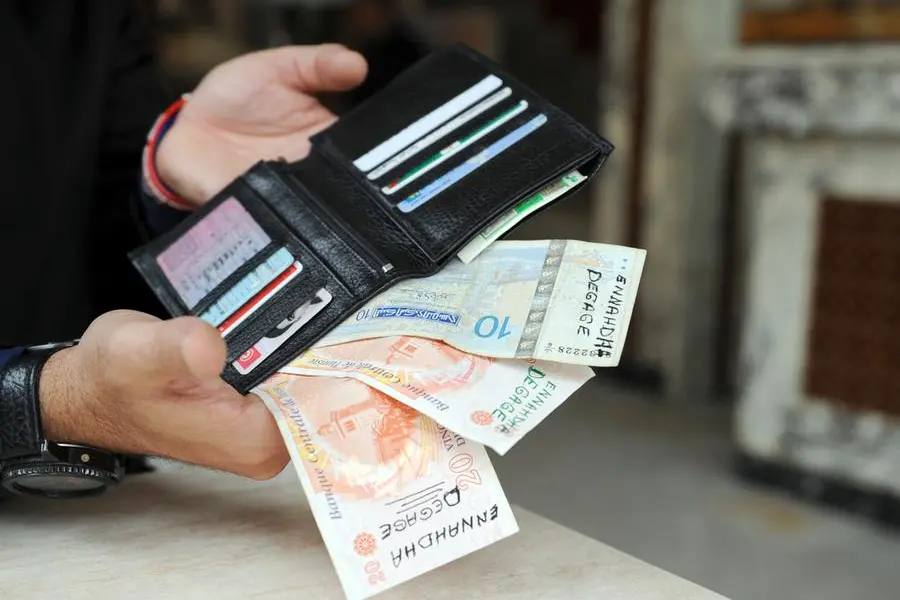
PM stressed the need to find solutions to improve governance in the banking and financial sector and strengthen the foundations of the Tunisian economic fabric
Tunisia - During a ministerial working session held, Friday, at the Government Palace in Kasbah under chairmanship of Prime Minister Ahmed Hachani, ministers agreed to amend the bill on consolidating the reliability of bank cheque processing, before submitting it to a cabinet meeting.
Opening the working session, the PM stressed the need to find solutions to improve governance in the banking and financial sector and strengthen the foundations of the Tunisian economic fabric, reads a statement of the Prime Ministry.
Hachani also called for improving the business climate and reviewing the commercial code while taking into consideration a number of external difficulties which have hit the Tunisian economy over the past few years such as the COVID-19 pandemic.
«We should work to achieve sustainable economic development and social equity,» the PM pointed out.
Justice Minister Leila Jaffal explained that the comprehensive approach adopted aims to preserve the freedom of the debtor and the rights of the creditor.
The minister underlined that this bill falls within the role of the judiciary to boost the national economy while taking into account the social and financial conditions of economic actors.
According to her, this bill is meant to consolidate the duties of the bank, establish the responsibility of banking and financial institutions, use payment mechanisms and alternative electronic solutions as well as improve banking practices.
She added that this bill also seeks to adapt the penal policy to the specificities of bank transactions made by cheques and create a system which sorts out the situation of persons, against whom final legal rulings have been rendered, or who have been the subject of ongoing legal prosecutions over a crime of issuing a bad cheque, as part of an integrated vision to reduce sanctions.
The working session was attended by Justice Minister Leila Jaffel, Finance Minister Sihem Boughdiri, Economy and Planning Minister, Féryel Ouerghi, and Minister of Trade and Export Development Kalthoum Ben Rejeb.
© Tap 2022 Provided by SyndiGate Media Inc. ( Syndigate.info ).
DISCOVER MORE
Egypt air defences on maximum alert: media.

EU pledges Egypt $1.07bln in financial aid

SocGen to sell Moroccan units stakes for $797.45mln

Tunisia: Expat remittances up 4% in Q1 of 2024
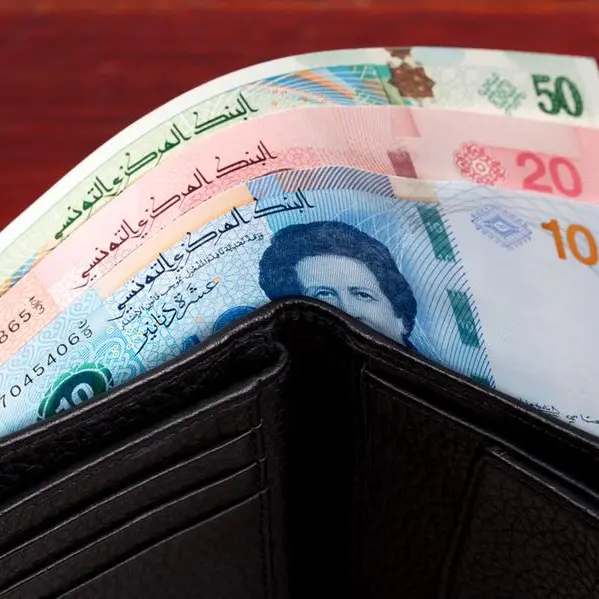
Tunisia: Saied exchanges Eid greetings with Arab leaders

Foreign investors pour money into Egypt T-bills after IMF deal
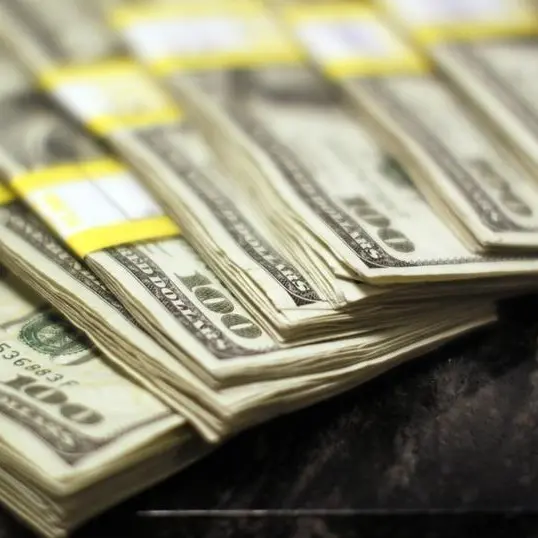
Egypt's balance of payments registers deficit of $409.6mln in H1-23/24
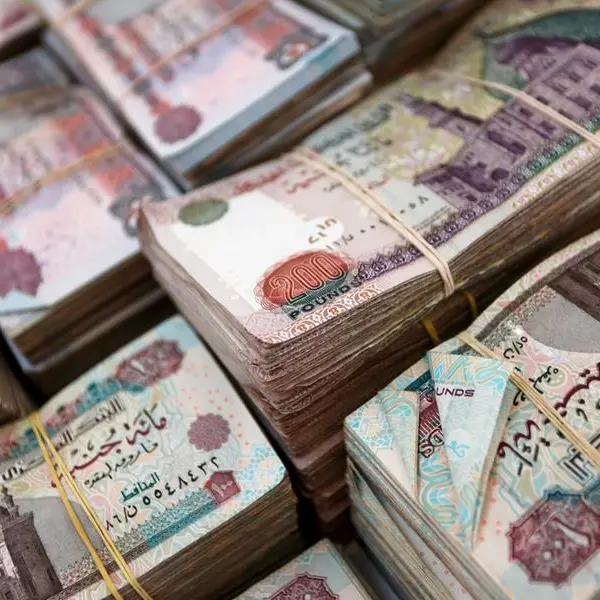
Egypt: El Mansour & El Maghraby lowers stake in Palm Hills for $3mln

Scars of pandemic remain; global output loss since 2020 at $3.3trln – IMF
Two nyse-listed drilling firms get temporary suspension notice from aramco, saudi revises mid-term objectives of the line in neom: bloomberg, interview: spinneys aims to seize growth opportunities with expansion plans in the uae and saudi arabia, ceo interview: riyadh’s king abdullah financial district is being ‘activated’ in 2024, tunisia: personal loans account for 98% of applications, number of bank accounts in tunisia exceeds 10mln late in 2022, tunisia: banking sector must play its full role in financing investments and projects, tunisia: arp to examine bill approving syndicated loan agreement, state-owned banks in tunisia: guarantee rate estimated at 42.3% of loans granted, leadership talks.

LATEST VIDEO
Video: inflation in egypt to continue to rise amid gaza conflict, red sea attacks.

ZAWYA NEWSLETTERS
Get insights and exclusive content from the world of business and finance that you can trust, delivered to your inbox.
Subscribe to our newsletters:
DAILY WEEKLY GREEN PROJECTS AFRICA
ZAWYA COVERAGE

Egypt inflation: Pressure persists despite sharp fall, say experts
Abu dhabi’s lunate, saudi’s olayan invest in icd brookfield place in dubai, q1 2024: mena banks set to deliver stable earnings, khimji ramdas unit supplies generators for oman power project, ge vernova completes spin-off, starts trading on ny bourse, ambassador lana nusseibeh ends tenure as permanent representative of uae to un, uae continues aid airdrop in north gaza, real estate transactions in ajman reach $397.5mln in march 2024, the bri report, china’s flagship global infrastructure initiative is changing in the face of potent headwinds.


IMAGES
COMMENTS
Tunisia is located in North Africa, bordered by Algeria to the west and Libya to the southeast.It has a rich history that dates back to ancient times, with influences from various cultures such as Phoenicians, Romans, Arabs, and French.Today, Tunisia is a diverse and vibrant country known for its beautiful Mediterranean coastline, desert landscapes, rich culture, and delicious cuisine.
Tunisian culture is a vibrant tapestry that seamlessly blends traditional customs with modern influences. In recent years, Tunisia has experienced a cultural renaissance, with a flourishing arts scene, a growing focus on women's rights, and a push for social and political reforms.
Promising culture, views, and experiences that will not disappoint, Tunisia is the perfect gateway from Europe to Africa. It packs vibrant cities, mountainous greenery, expansive desert, and sparkling coasts into a small area. This Tunisia travel guide will convince you to plan a trip and tell you how to! Tunisia is totally a hidden gem.
Carthage's successor, Tunisia is an ancient civilisation, enriched by different cultures through the ages. By visiting the country and its museums you can admire the prolific creativity of Roman and African mosaic artists, the powerful beauty of the El Djem Amphitheatre and the Great Mosque of Kairouan, the delicate elegance of the Capitol in Dougga or the palaces in Tunis, the moving ...
Tunisia. It may be but a slim wedge of North Africa's vast horizontal expanse, but Tunisia has enough history and diverse natural beauty to pack a country many times its size. With a balmy, sand-fringed Mediterranean coast, scented with jasmine and sea breezes, and where the fish on your plate is always fresh, Tunisia is prime territory for a ...
Bizerte, Tunisia. Interesting Read: Tunisian Shall Stop Doing These 5 Things. Tunisia is Incredibly Heterogeneous. Tunisia is a concoction of influences and is incredibly heterogeneous country for being relatively small, both in climate, culture and habits, but most people have the stereotypes of Mediterranean weather and sunshine.
Videos: Djerbahood, ephemeral capital of street art - The Gorgi Exhibition Hotels and plastic arts: Hasdrubal Hammamet: A hotel-museum - The hotel Carlton Tunis Discover today's culture: Gallery A. Gorgi in Sidi Bou Saïd Gallery Le Violon Bleu in Sidi Bou Saïd TGM Gallery in La Marsa Mad'Art Centre in Carthage Abdellia Palace in La Marsa The museum of modern art MACAM Tunis
Tourism in Tunisia is an industry that generated around 9.4 million arrivals per year in 2016-2020, ... home to eight UNESCO World Heritage Sites as well 13 others in the tentative list including the island of Djerba for its cultural and religious diversity. Site Image Location Area ha Year
Mohamed Kilani Tbib, born in 1990, is a Tunisian graphic artist and calligrapher, working under the name of Inkman. From a very young age, he was interested in poetry and had a need to express his love for humanity and vision of tolerance on paper. Originally from the Gabès region in the south of Tunisia, the artist travels constantly and ...
To bring these invaluable assets to the forefront of Tunisian tourism -- and empower the culture-bearers that faithfully preserve them -- USAID Visit Tunisia Activity is introducing Tunisia's Living Culture, an initiative to identify, develop, and market Tunisia's undiscovered ICH.
Tunisia - Culture, Cuisine, Traditions: In general, though Tunisians consider themselves to be more liberal and tolerant than their neighbours—most urban women, for example, dress in Western clothes and do not veil themselves, and (though it is considered inappropriate by some Tunisian Muslims) locally made wines and spirits are consumed—they still maintain a strong Islamic identity.
The National Foundation, Beit El-Hikma, Tunis-Carthage. Tunisian culture is a product of more than three thousand years of history and an important multi-ethnic influx. Ancient Tunisia was a major civilization crossing through history; different cultures, civilizations and multiple successive dynasties contributed to the culture of the country over centuries with varying degrees of influence.
1. El Djem Amphitheater El Djem Amphitheater. The walls of the mighty Roman amphitheater of El Djem dwarf the surrounding modern town.. This incredibly well-preserved Roman relic is Tunisia's big sightseeing highlight, one of the most popular things to do on day trips from the coastal resorts, and one of the best examples of amphitheater architecture left standing in the world.
Tunis. Tunisia, Africa. In Tunisia's capital, the term "living history" really does apply. Here, periods of conquest, trade and independence have woven into the city's fabric and culture a rich and complex flavor that becomes apparent wherever you explore. 01 / Attractions.
Tunisia still has surprises in store for you. You can enjoy the most beautiful sandy beaches, explore the ruins of an ancient Roman city, learn to ride a camel, then completely unwind in one of our superb thalassotherapy centres. Dive through a school of fish, learn to kite surf, taste one of the countless couscous recipes, play a round of golf… For MICE organisers, you can rely on excellent ...
The most amazing museum of mosaics in the world can be found in Tunis, in the former Bey palace, the Bardo, comprehensively renovated and extended in 2012. This museum houses a unique collection of Roman antiques. Take the time to marvel at the countless masterpieces of Tunisia's mosaic artists, who were the most renowned in the Roman world ...
Indeed, when tourism was initially developed in Tunisia in the mid-1960s, heritage became a branch of industry and focus of development activity. In more recent decades, tourism has led to a more reflexive effort surrounding the notion of heritage that has been intended to systematise the tourist offering and to promote local cultural development.
Tunisian Culture & Traditions. Tunisia's busiest tourist attractions and prominent areas show countless signs of Western and European influences. ... Tourism in Tunisia. Tourism is a major source of income for Tunisia and the country has allocated sizable budgets as an investment in developing and improving its tourism infrastructure.
The most amazing museum of mosaics in the world can be found in Tunis, in the former Bey palace, the Bardo, comprehensively renovated and extended in 2012. This museum houses a unique collection of Roman antiques. Take the time to marvel at the countless masterpieces of Tunisia's mosaic artists, who were the most renowned in the Roman world.
The complete Tunisia Tourism and Holidays Guide, Discover the jewel of the Mediterranean that is Tunisia. ... You might not see the sights, history and culture of Tunisia by visiting Port El Kantaoui, but if you're just looking for plenty of restaurants, shops and enjoyable activities then this region could be suitable. ...
Traditional beach tourism has remained the primary draw for tourists. Reflecting the considerable work to be done, in a 2001 survey conducted by the National Office of Tunisian Tourism (ONTT) revealed that 82.1% of visitors had come for the 'beach and sun,' while just 5.2% reported 'culture' as their reason.
In March 2022, the Smithsonian Center for Folklife and Cultural Heritage launched a new partnership with the United States Agency for International Development (USAID) Visit Tunisia Activity to develop community-based cultural heritage tourism. Over the course of the five-year activity, the Center will provide participatory workshops, mentorship, and exchange opportunities and work with in ...
Tunisia is among the most visited countries in Africa. Its landscapes, beaches, the Sahara Desert, and the ruins from the ancient Roman and Phoenician civilizations attract millions of tourists ...
April 13, 2024. TUNISIA FINANCIAL SERVICES. Tunisia - During a ministerial working session held, Friday, at the Government Palace in Kasbah under chairmanship of Prime Minister Ahmed Hachani, ministers agreed to amend the bill on consolidating the reliability of bank cheque processing, before submitting it to a cabinet meeting. Opening the ...